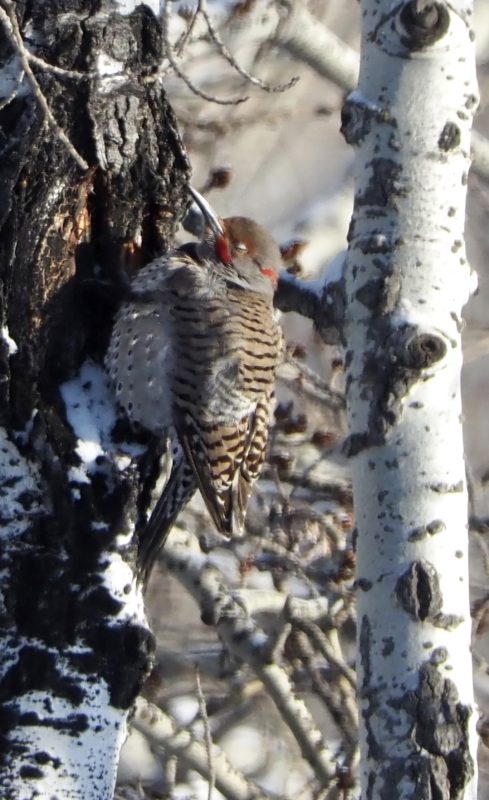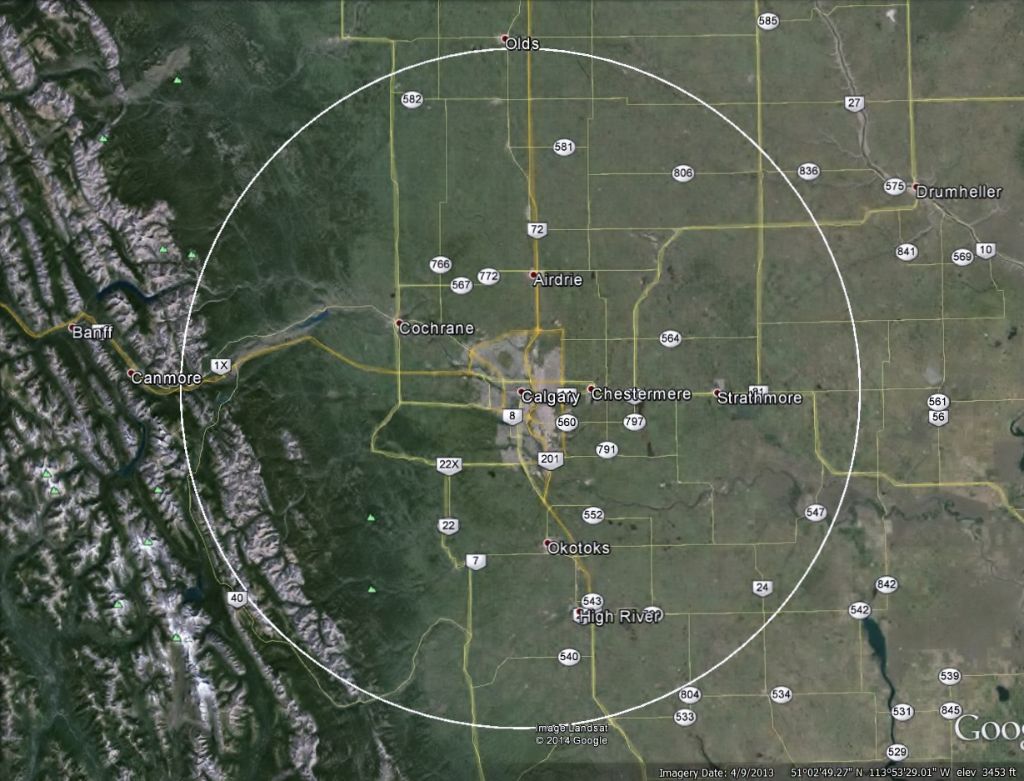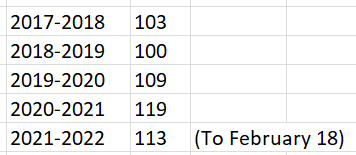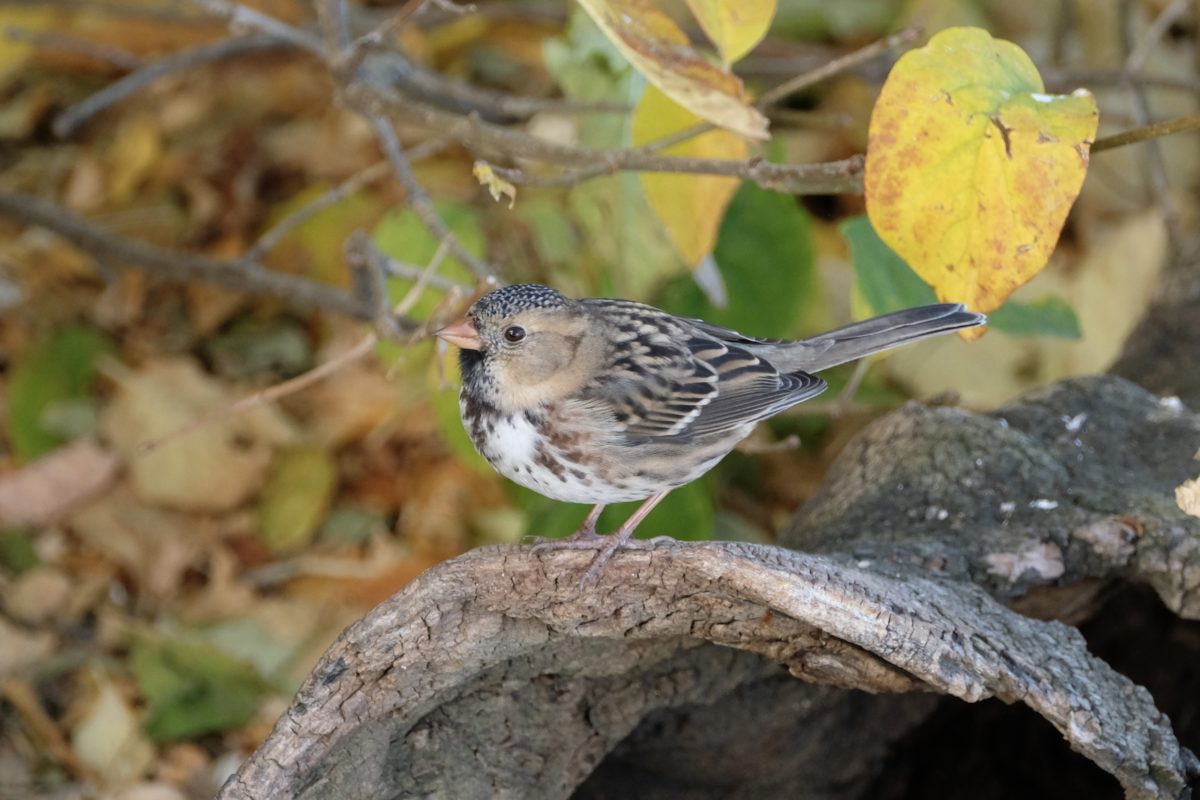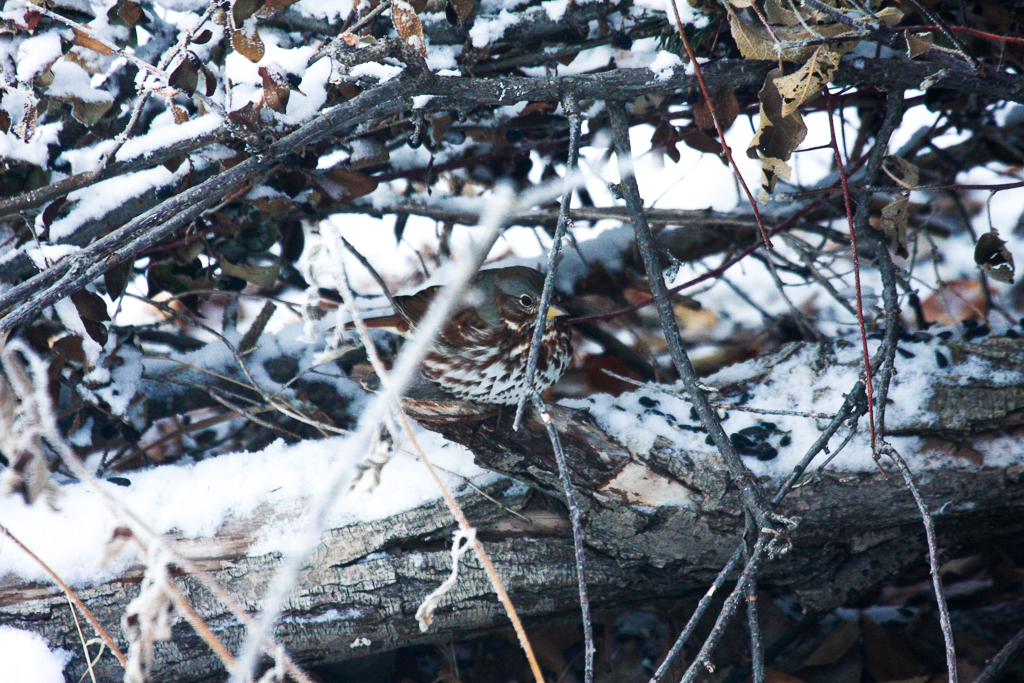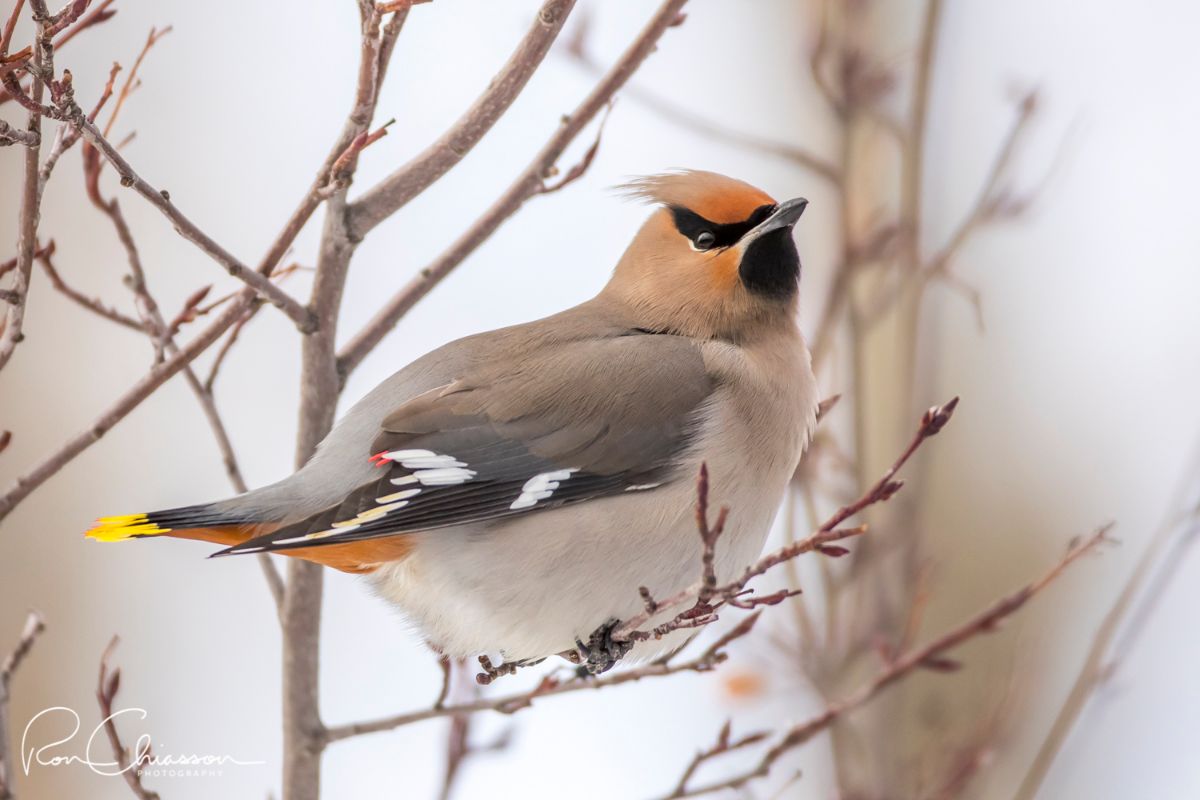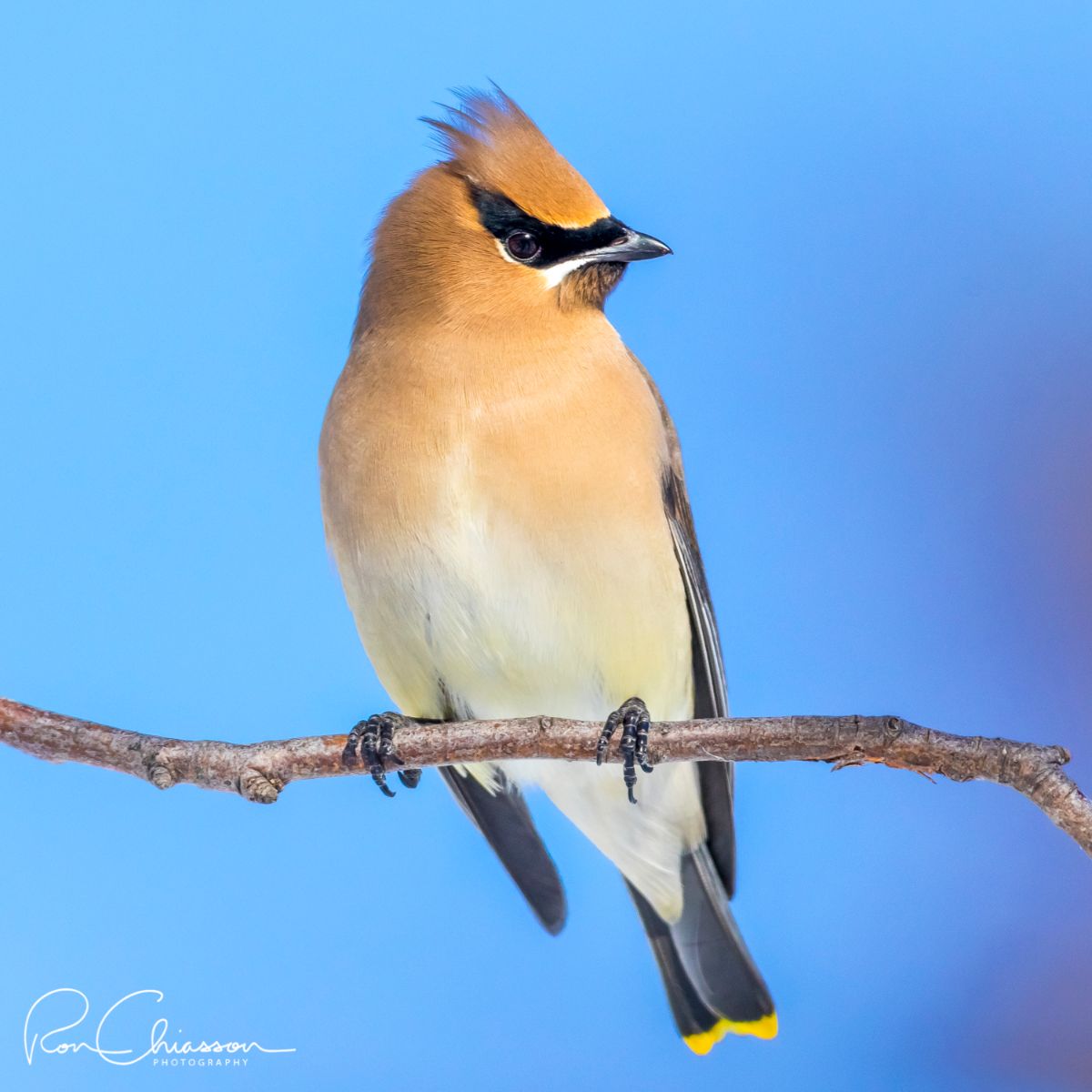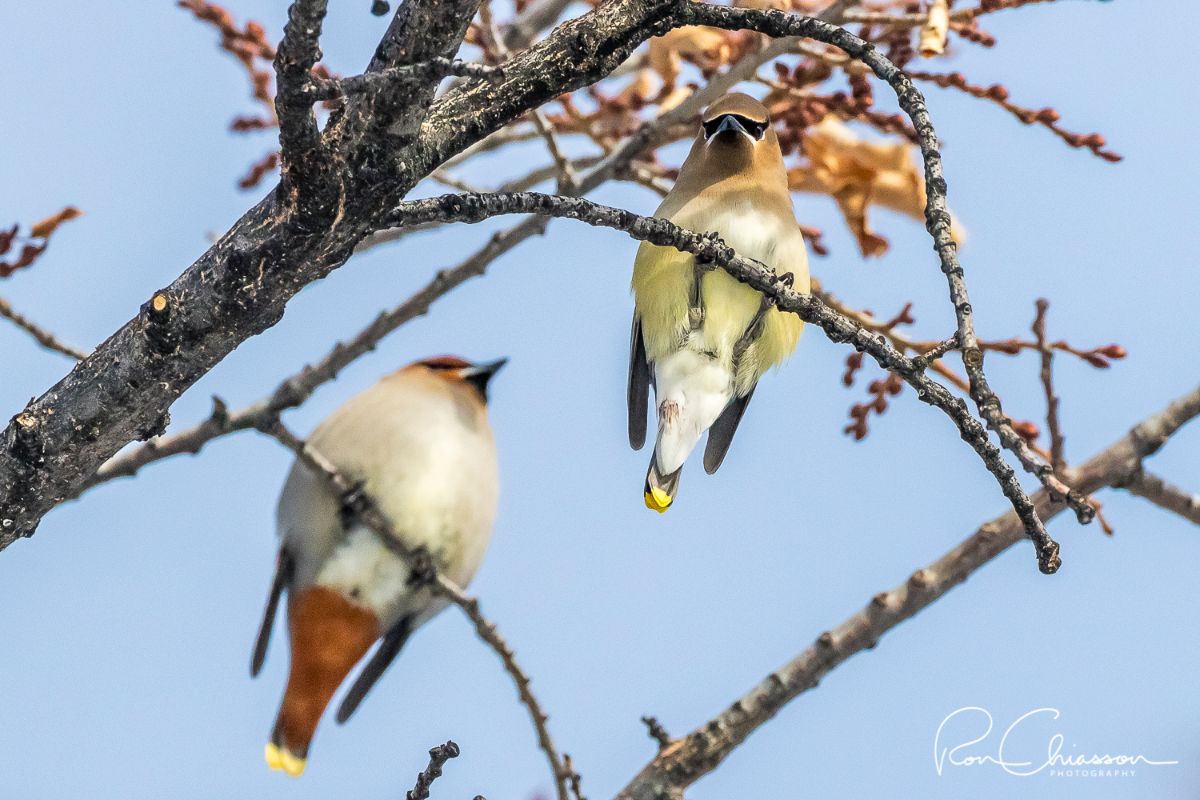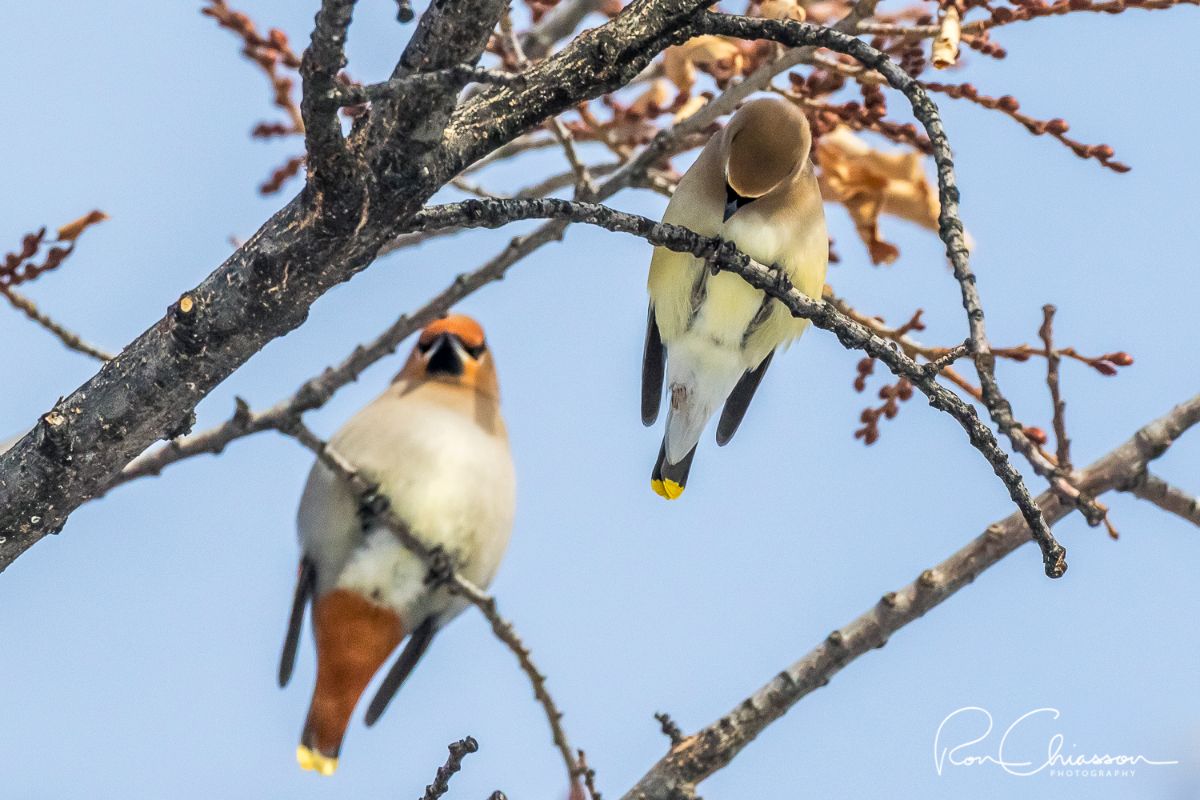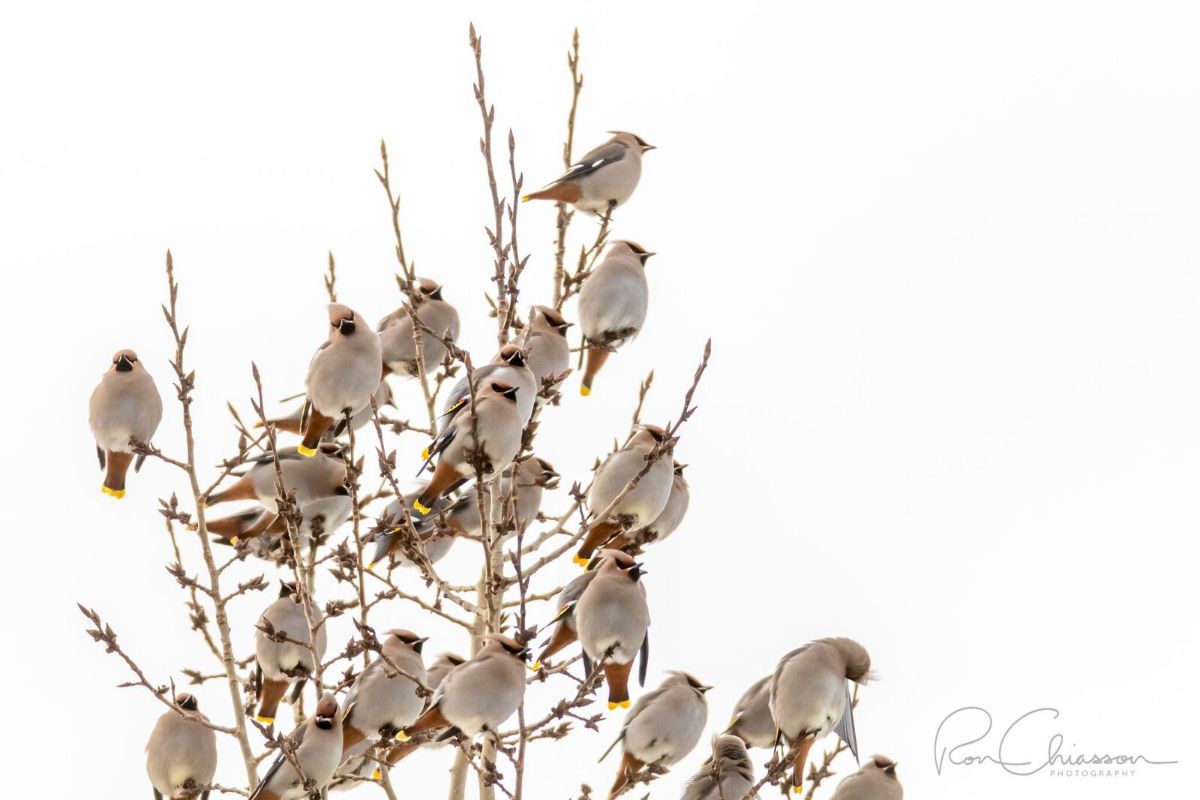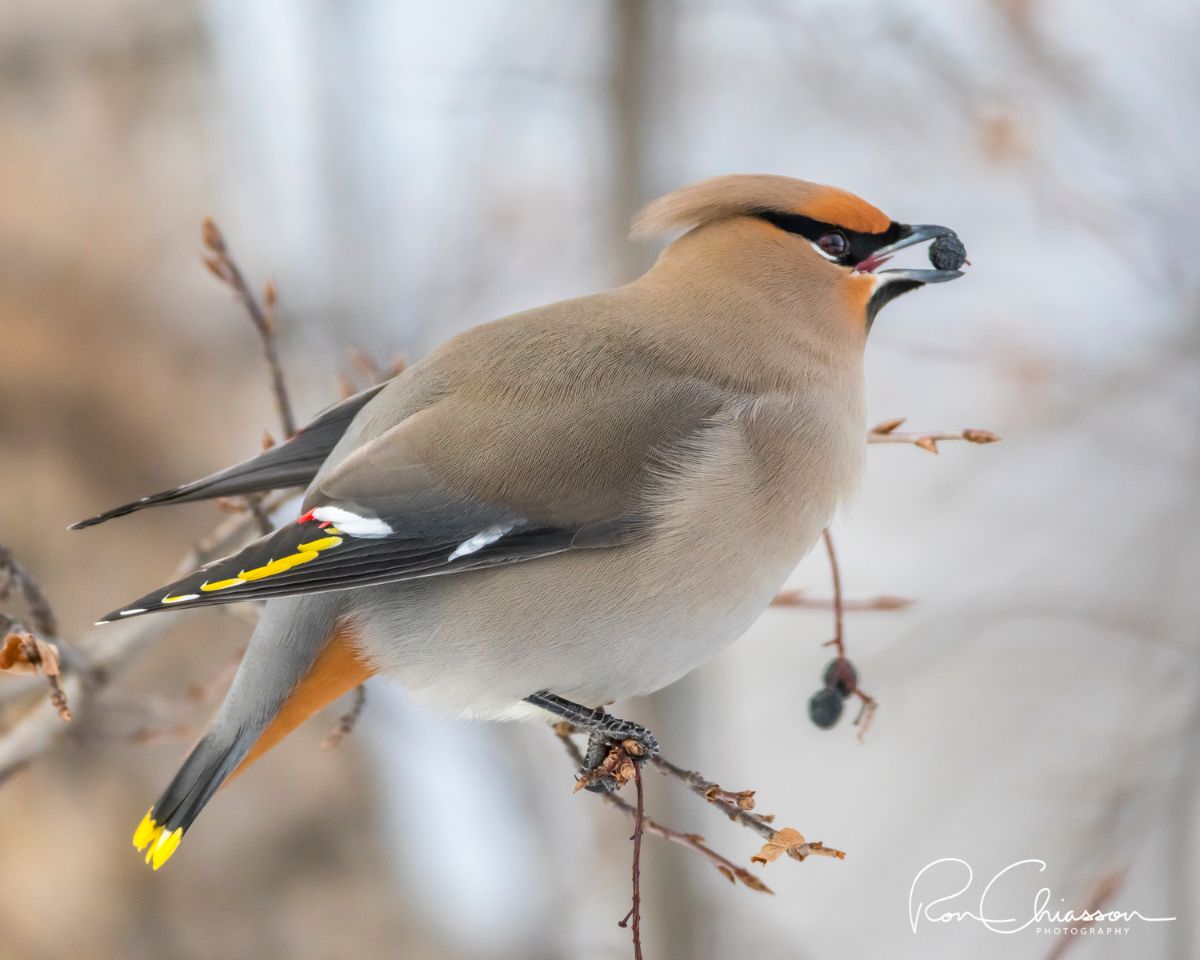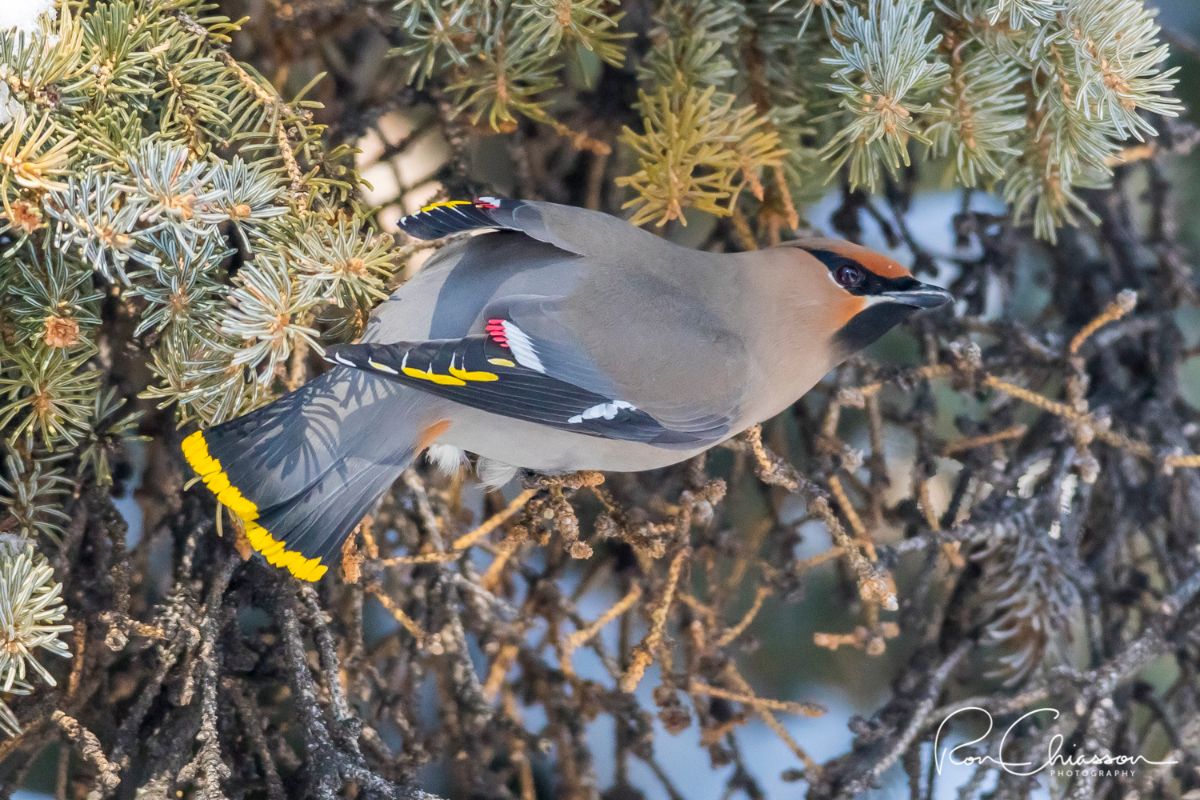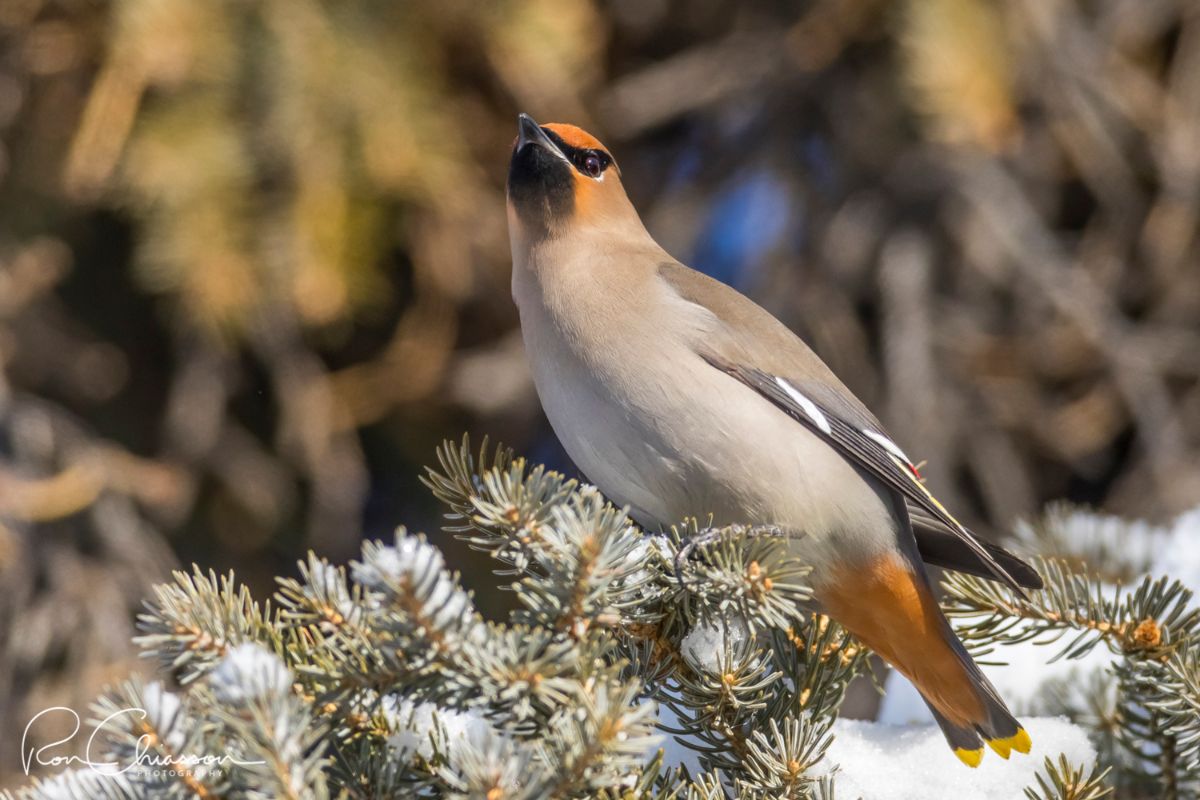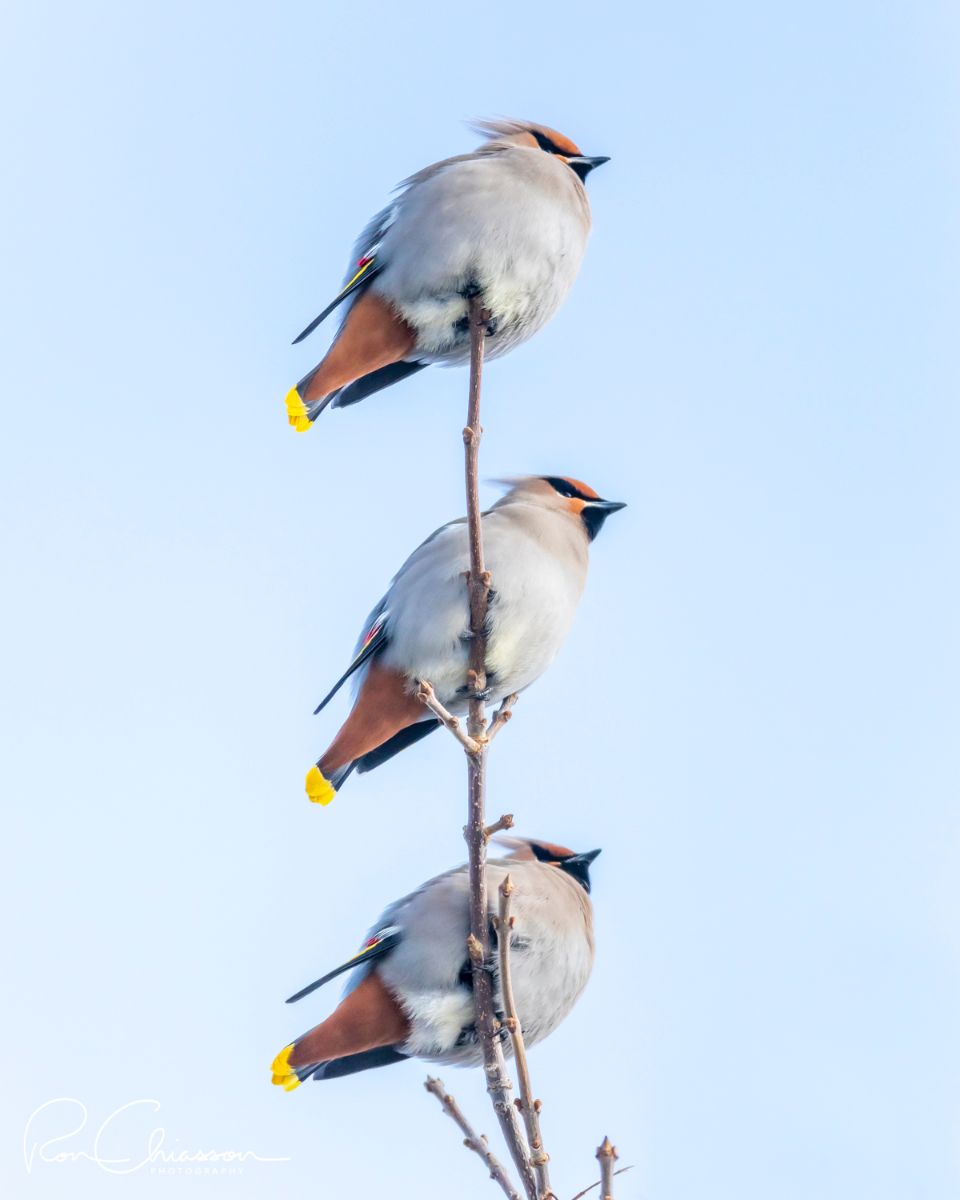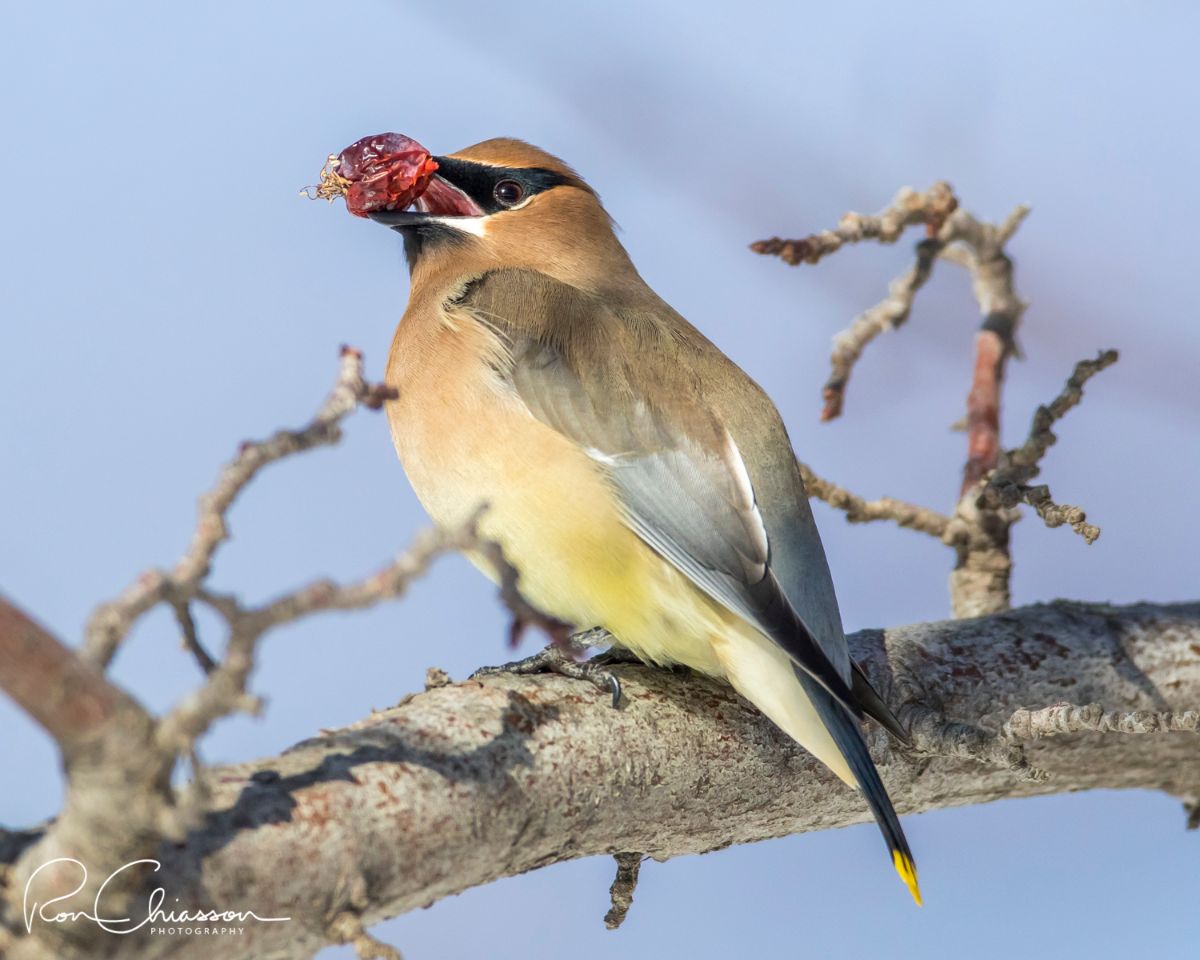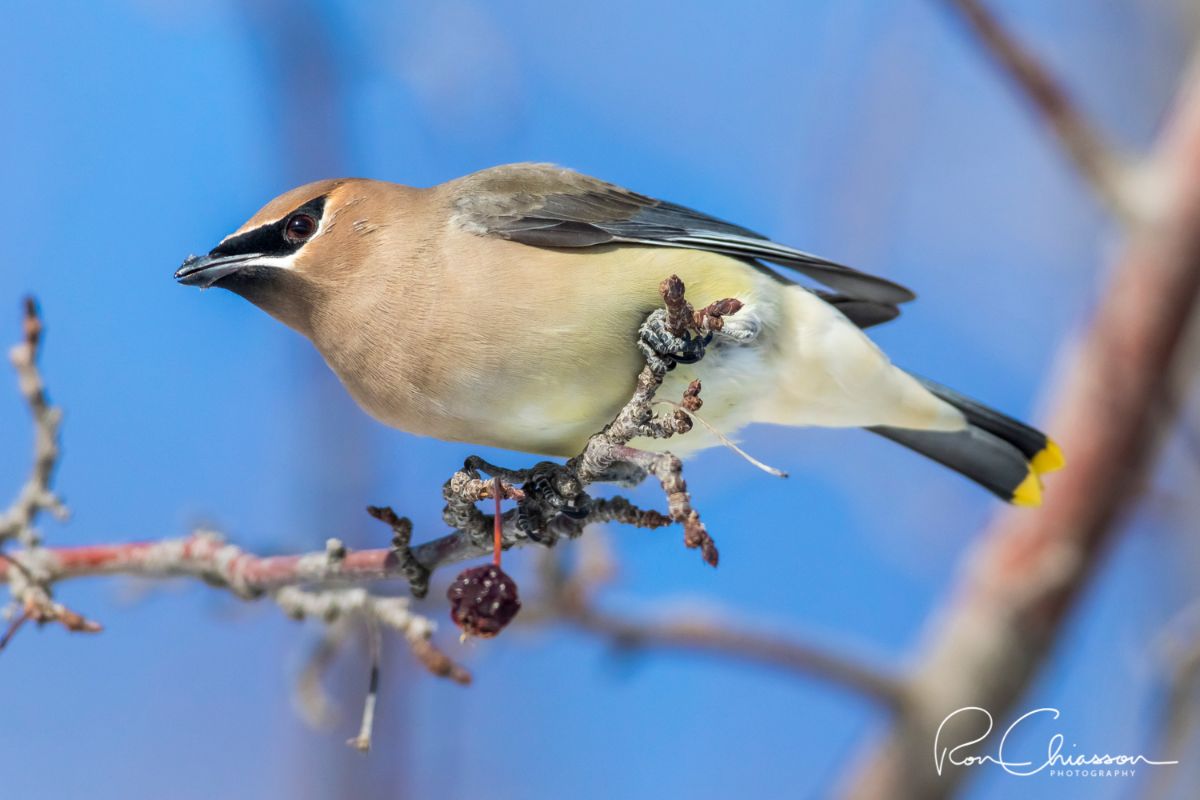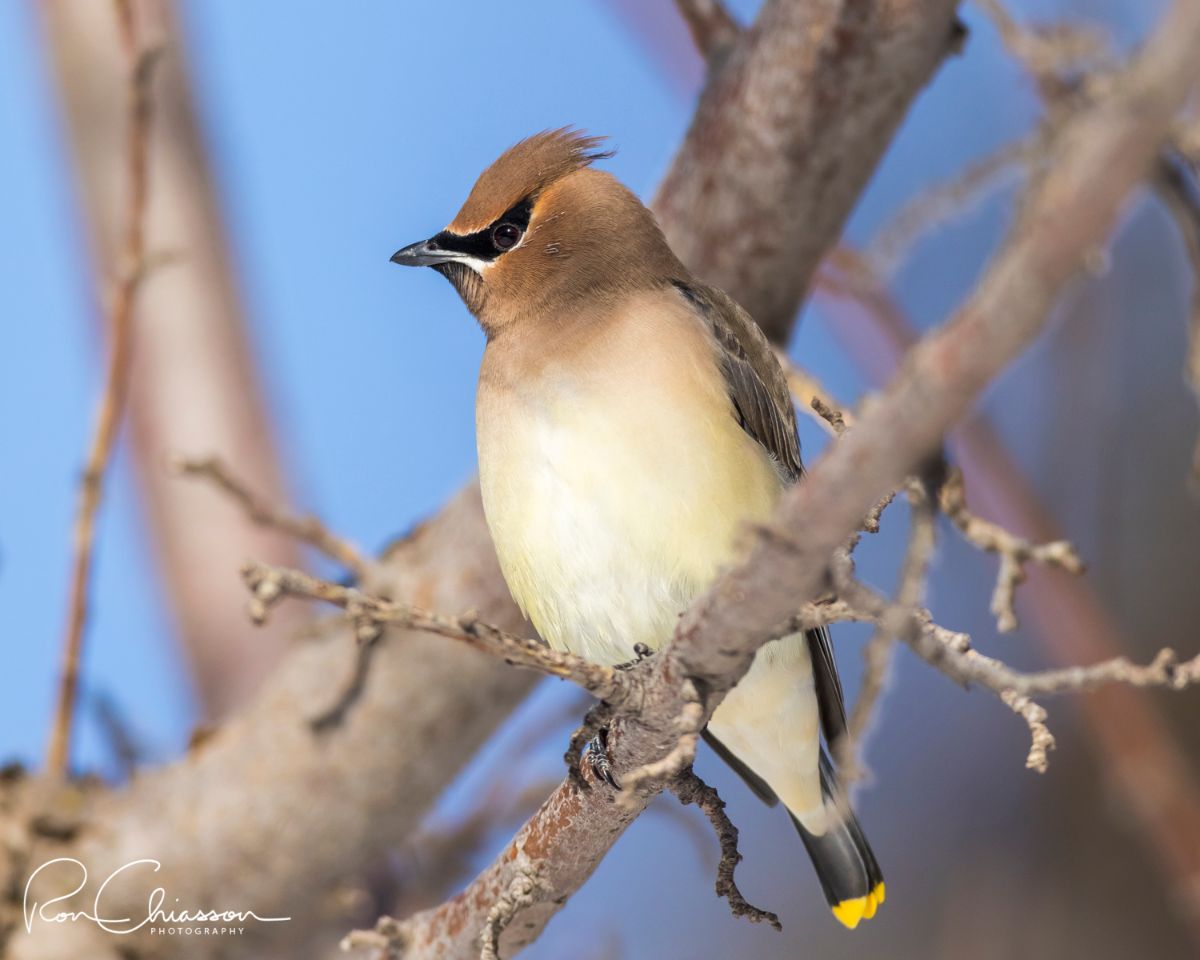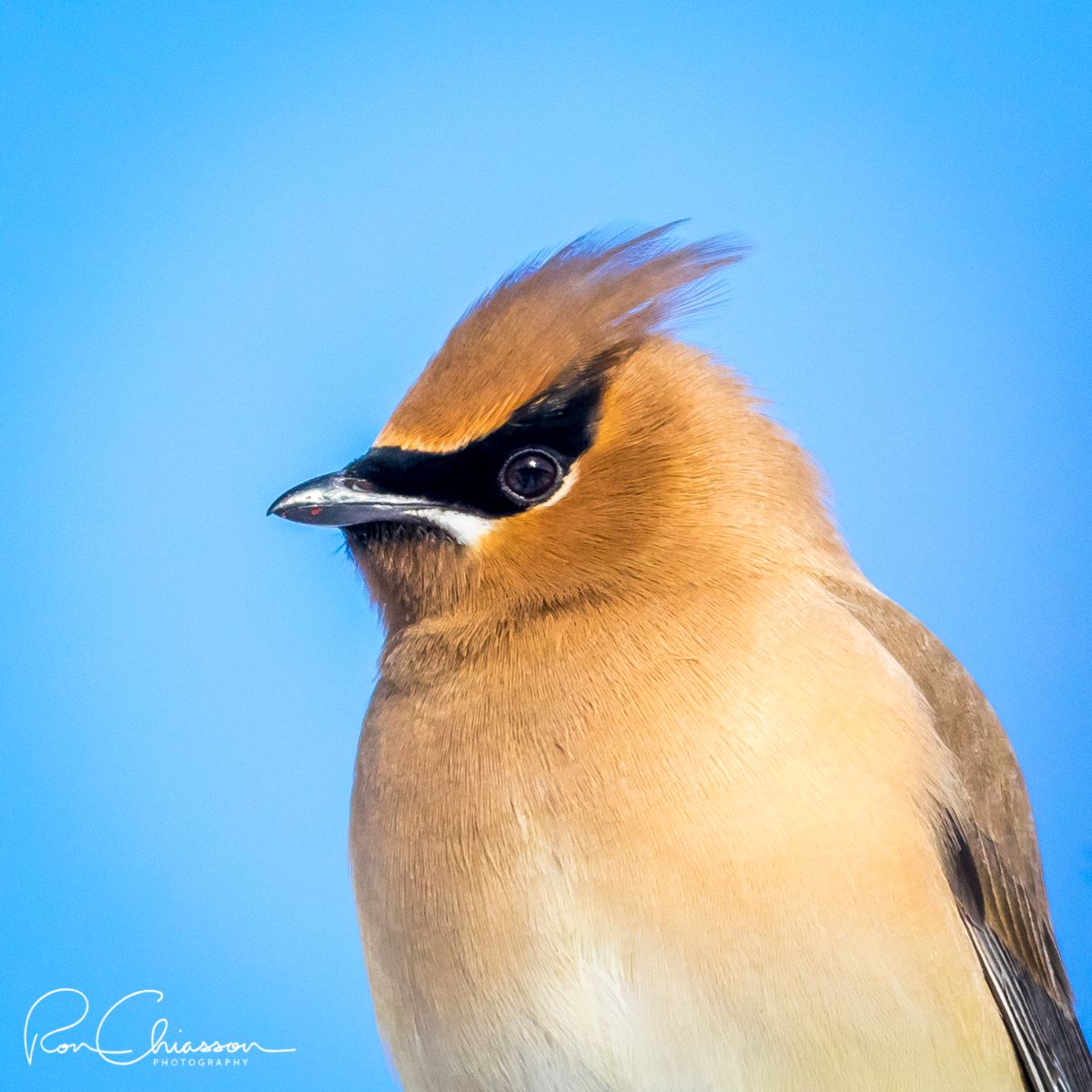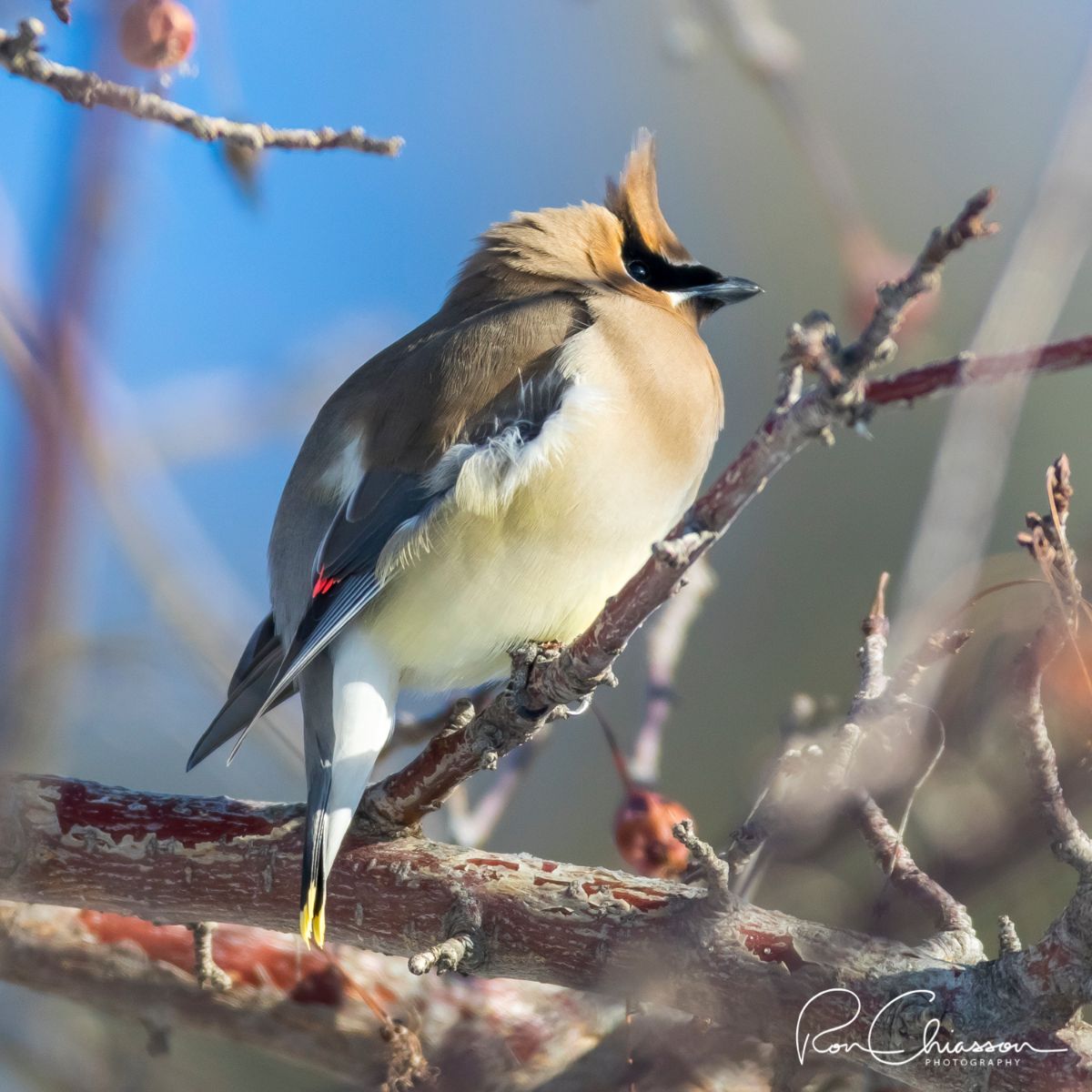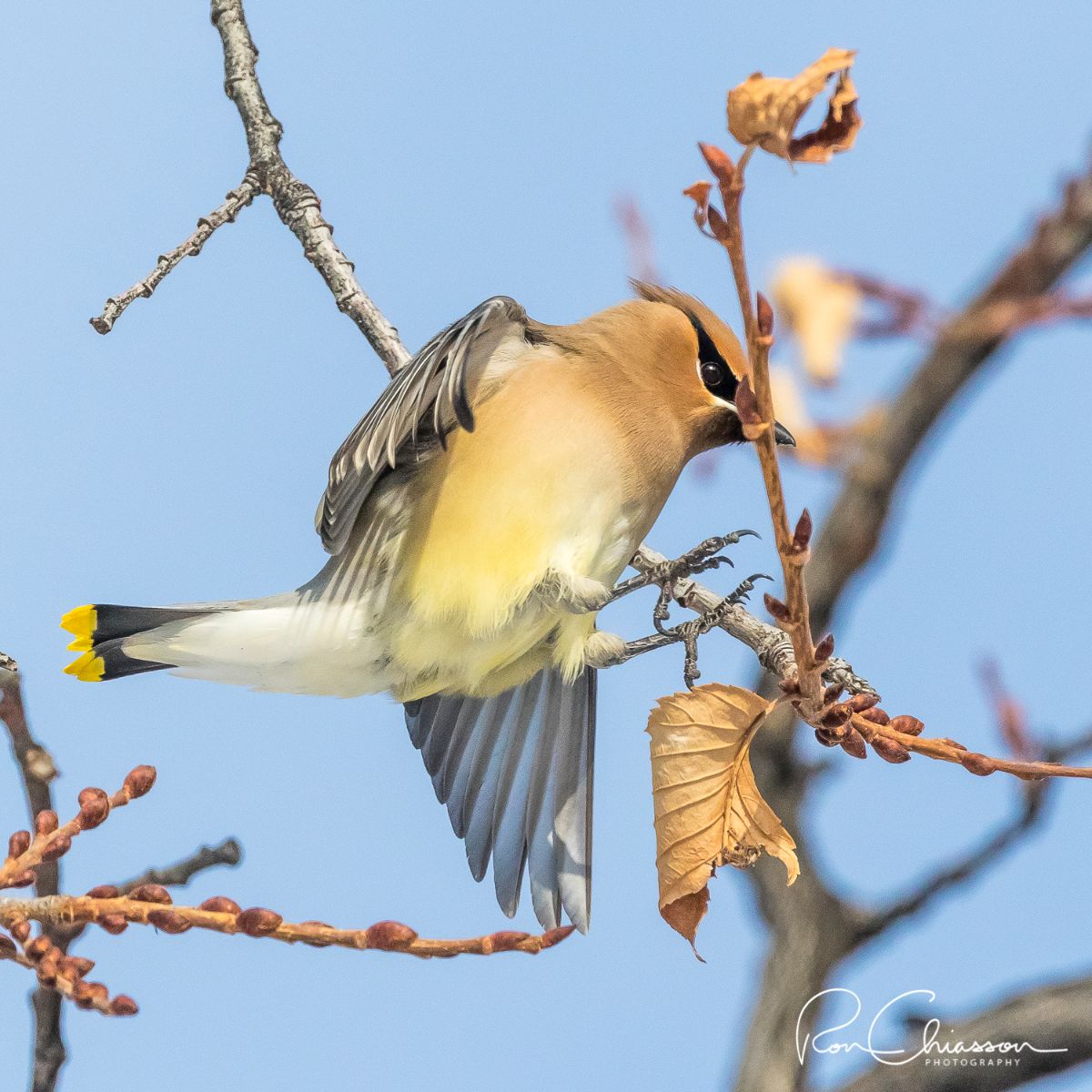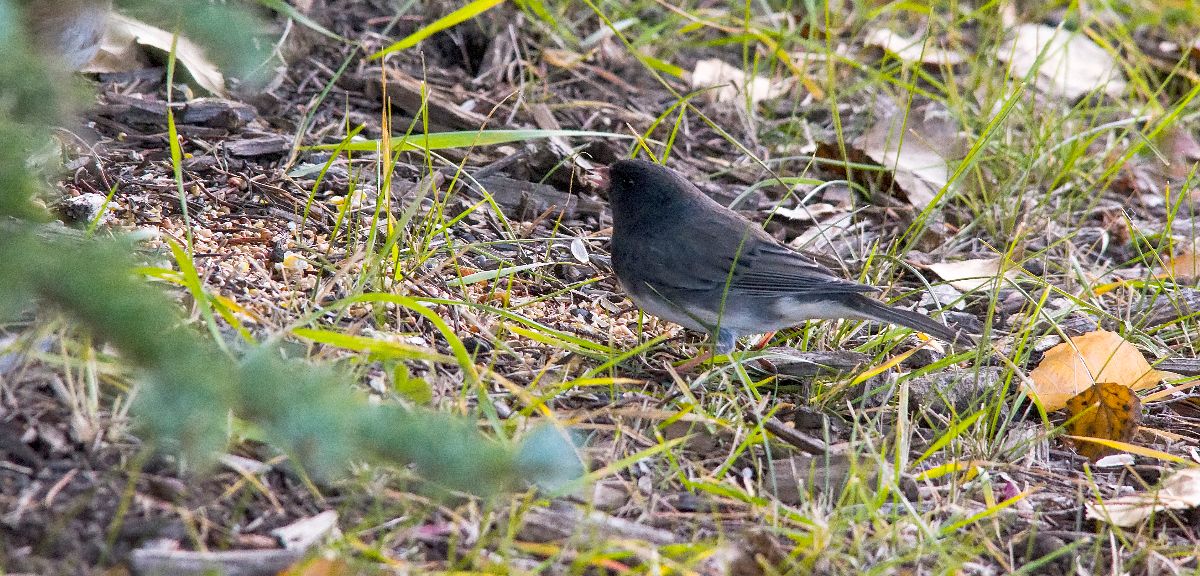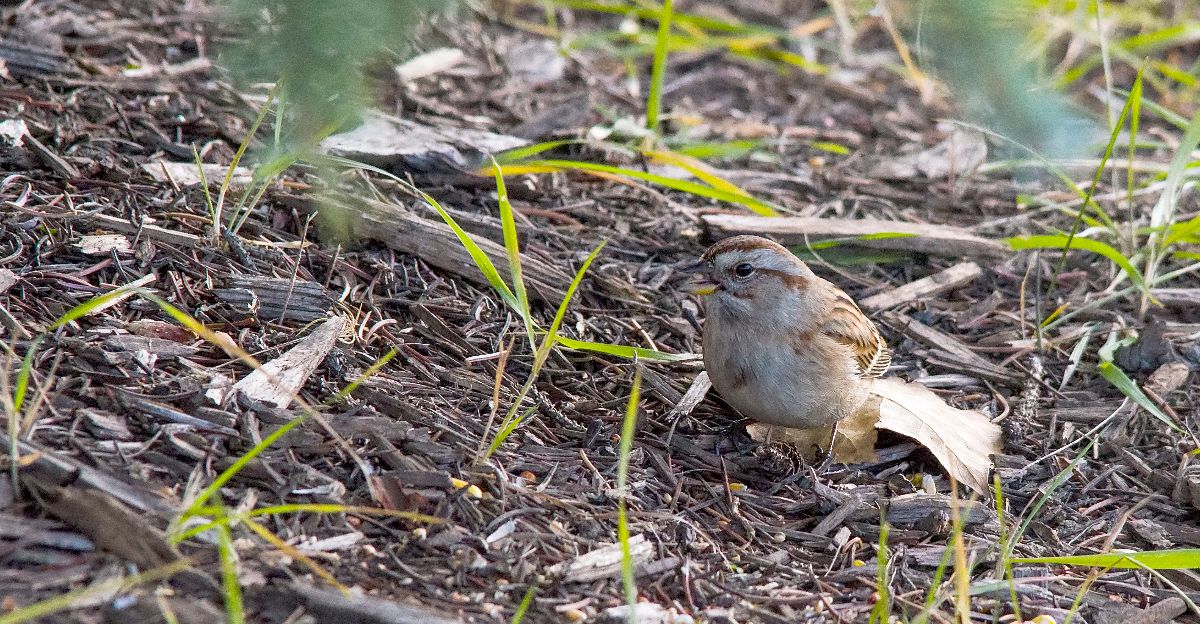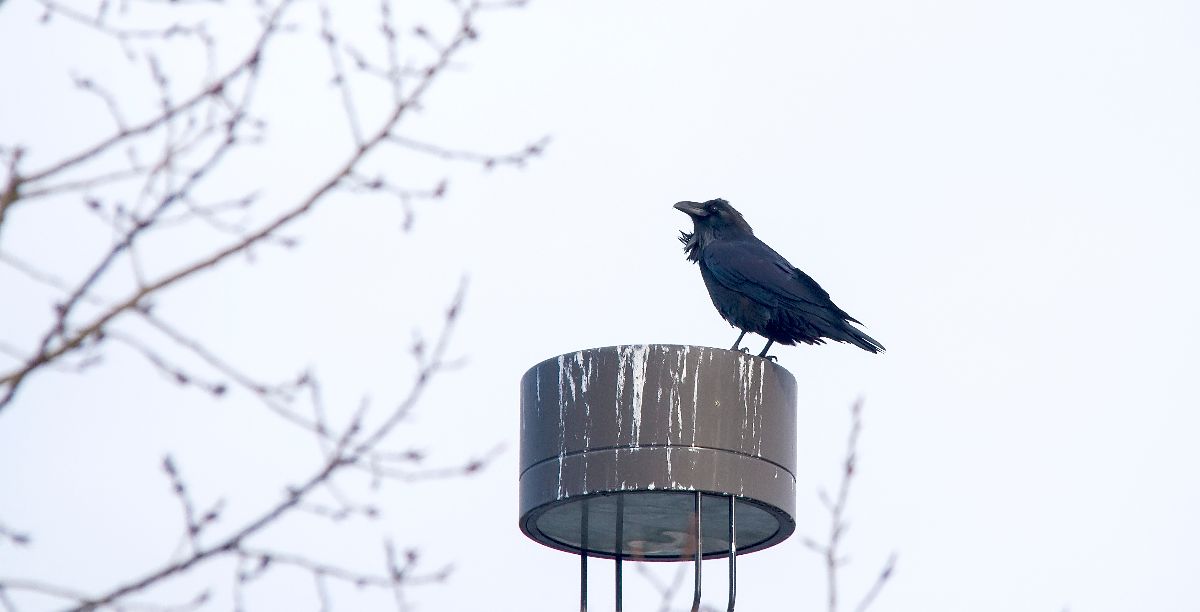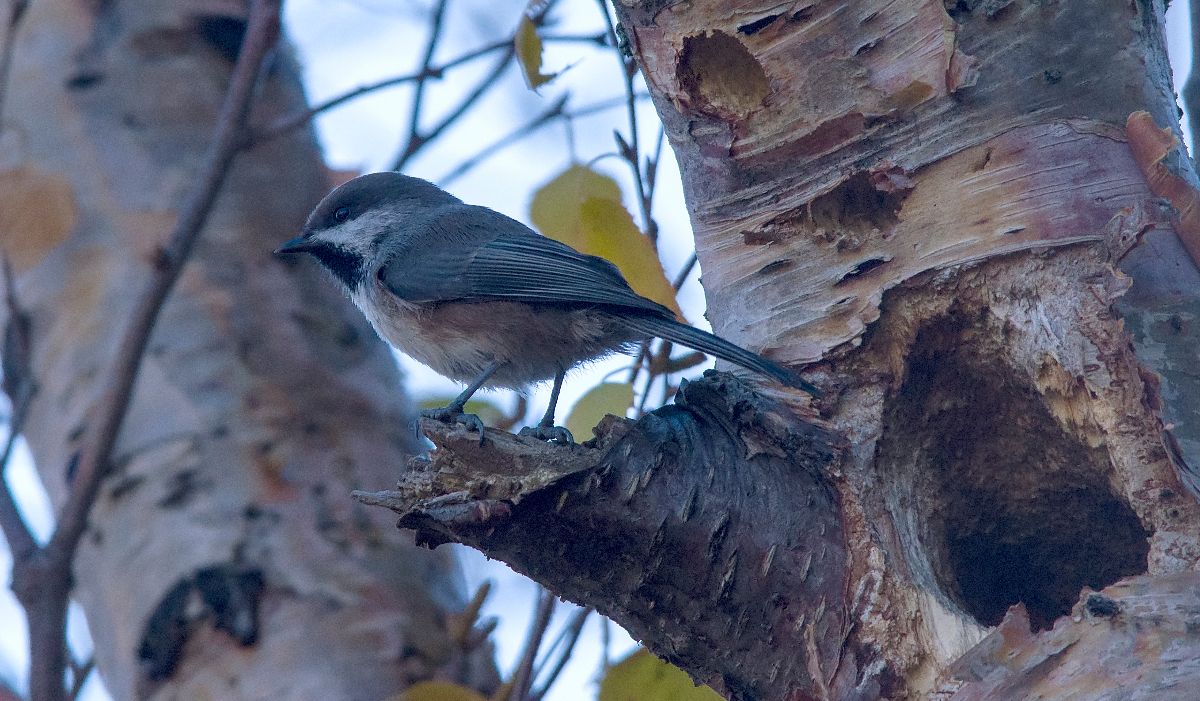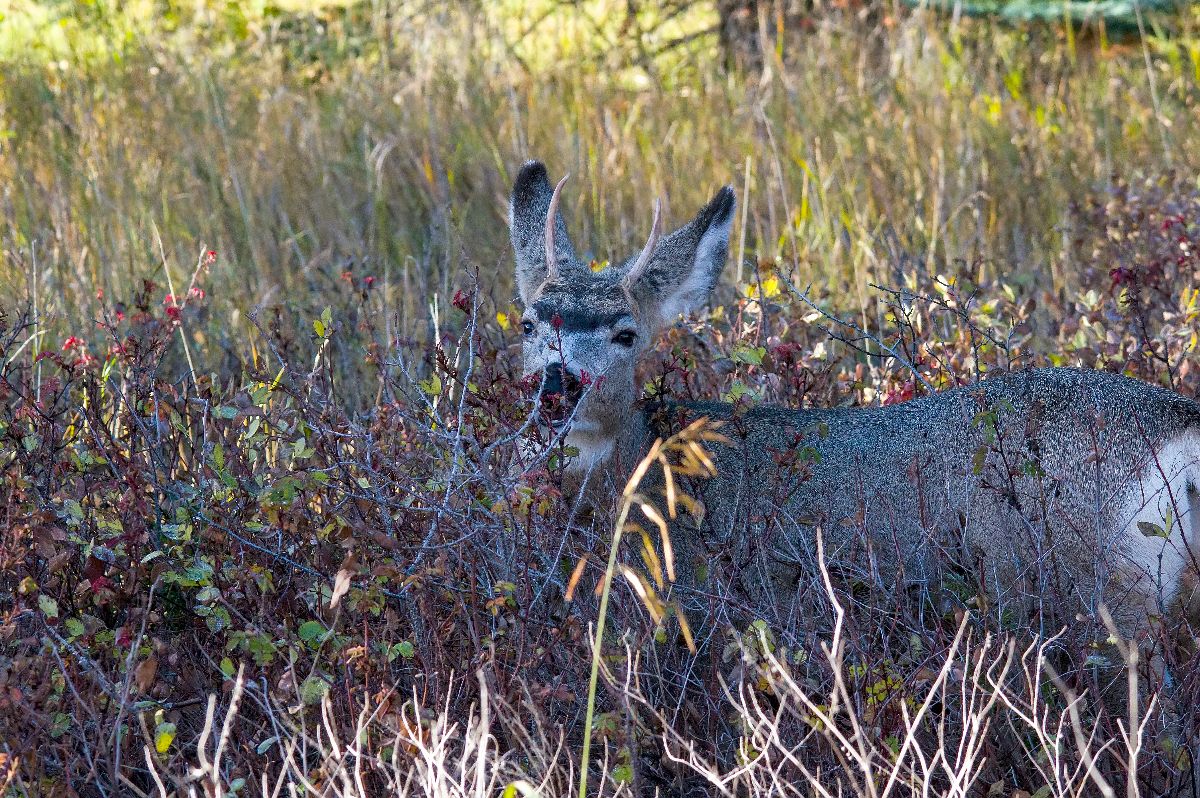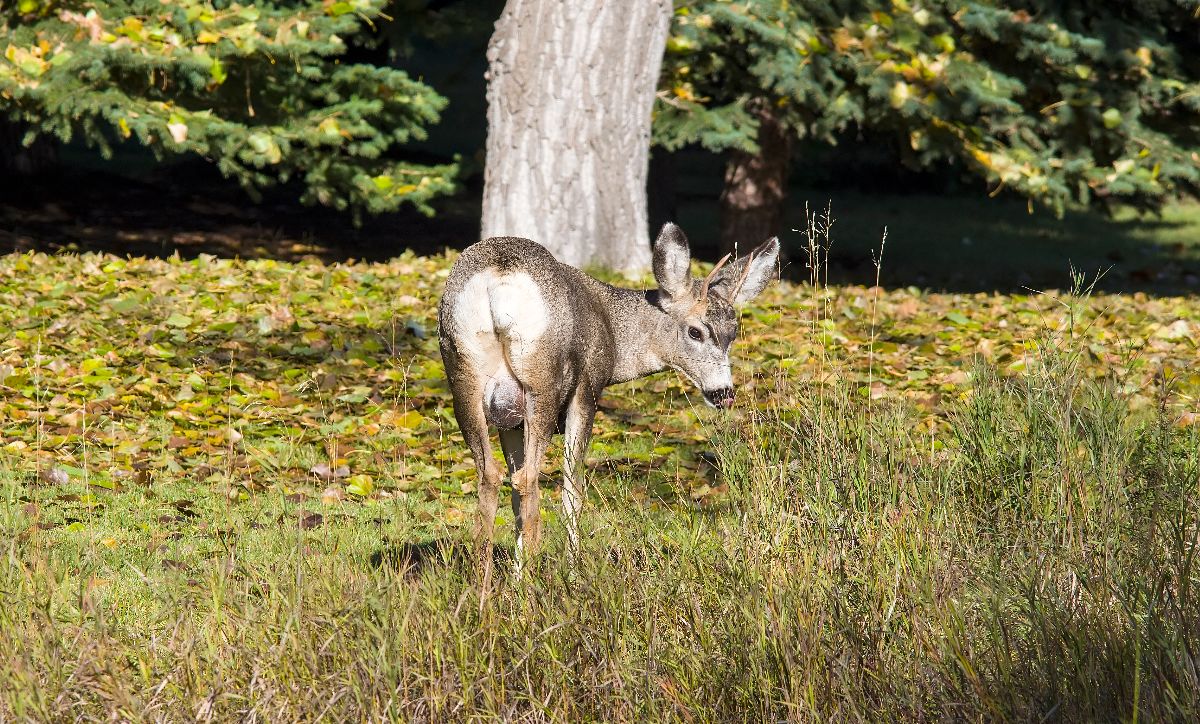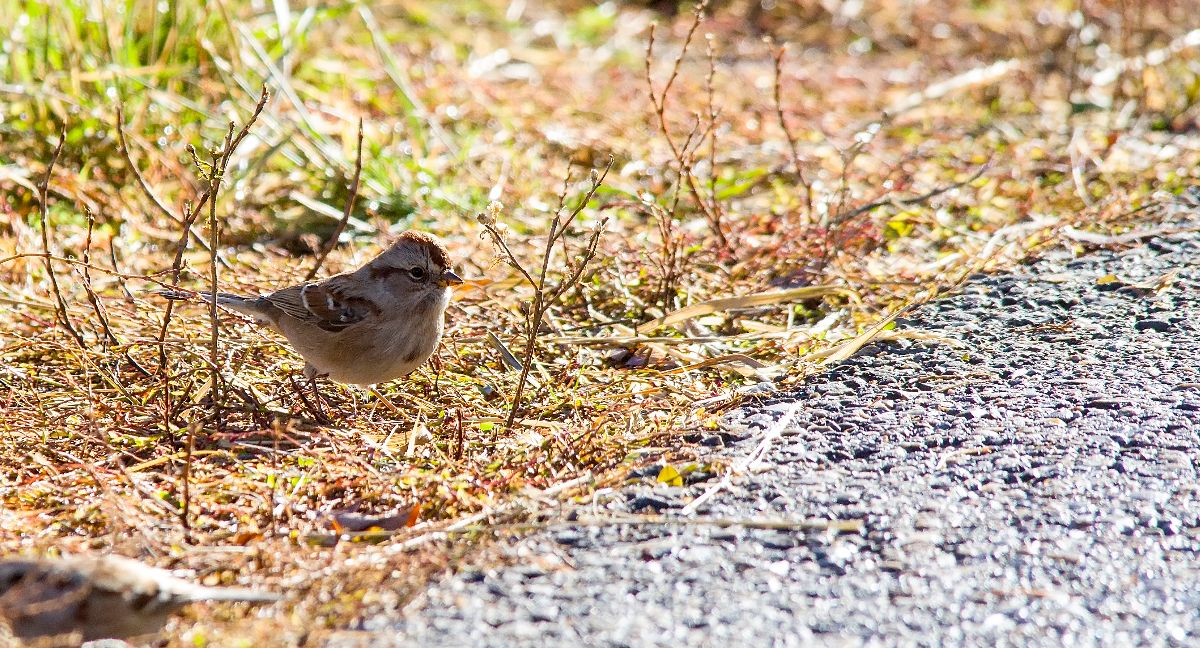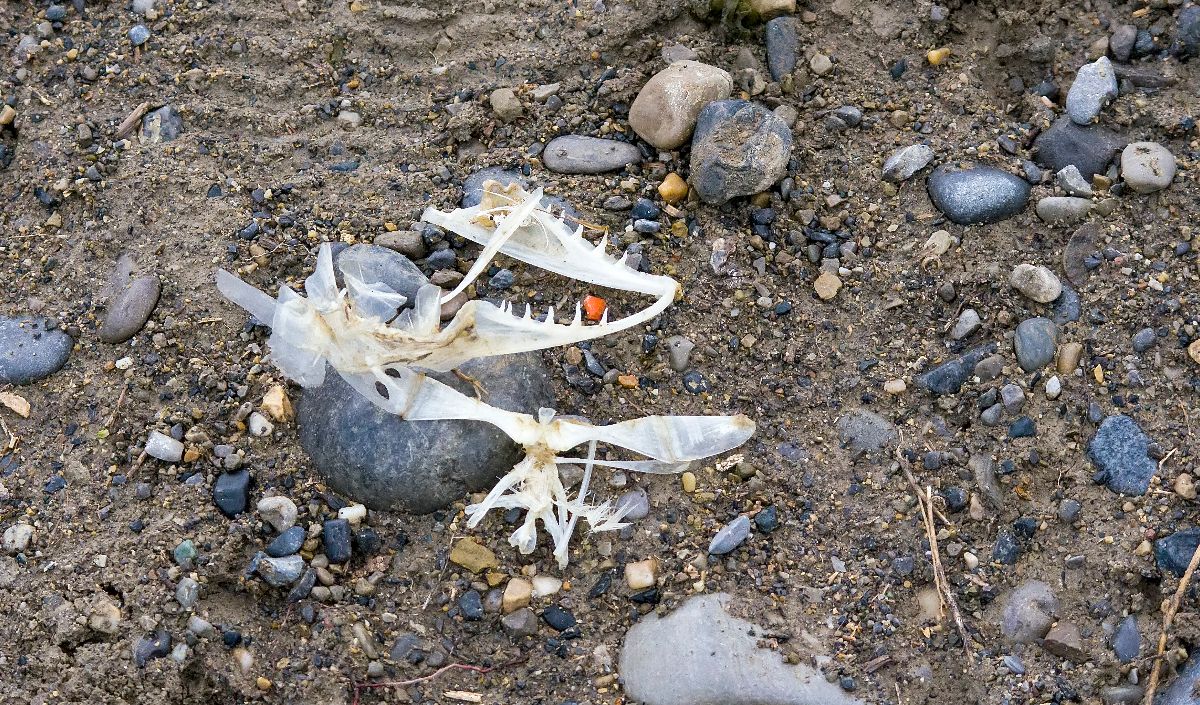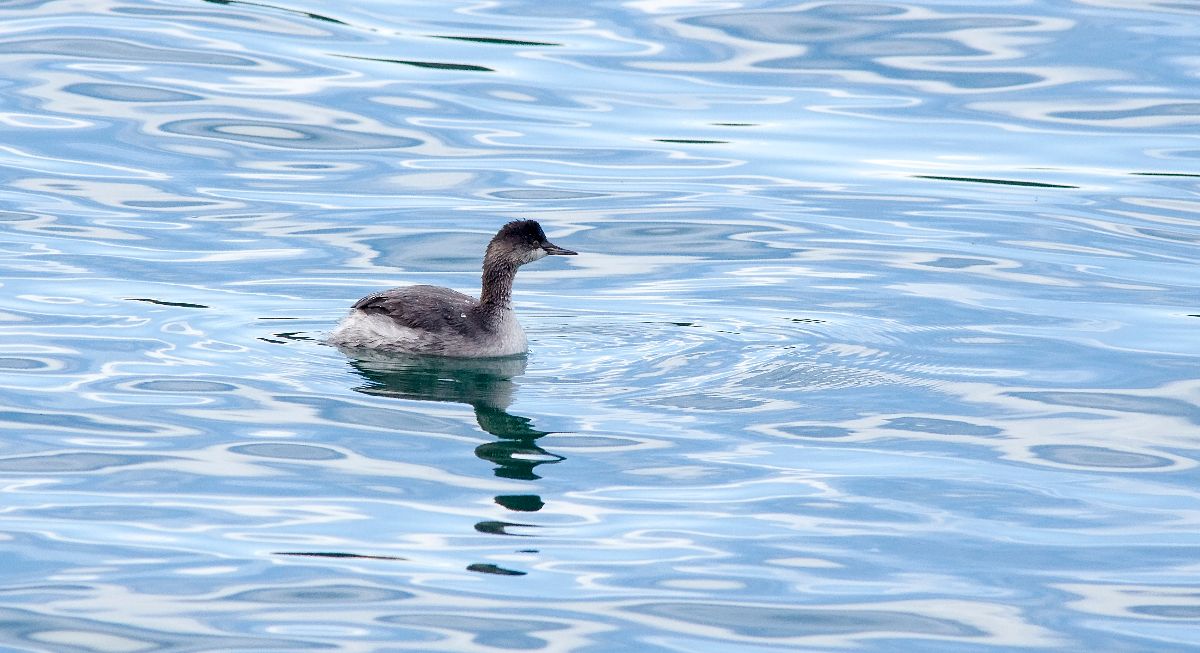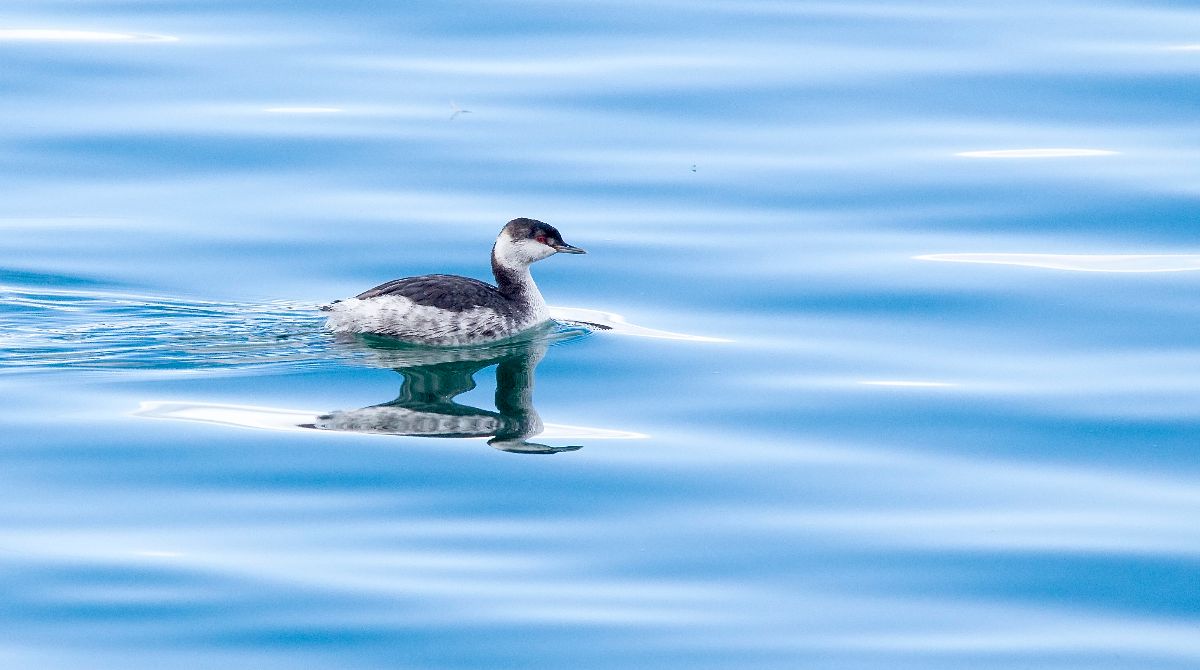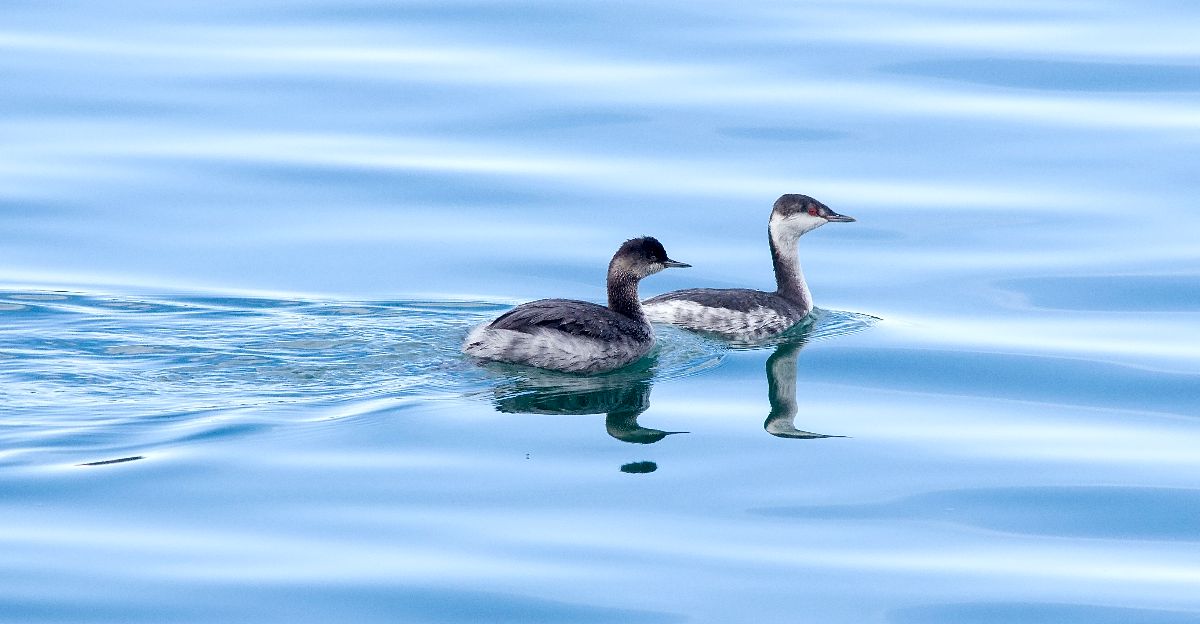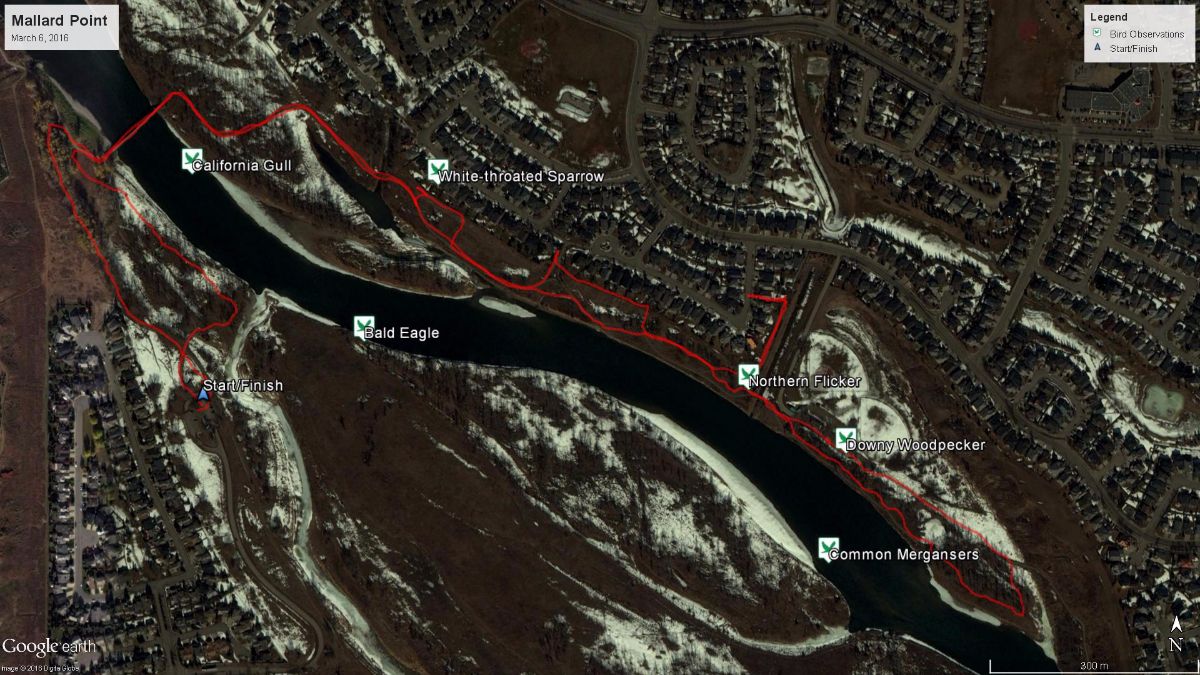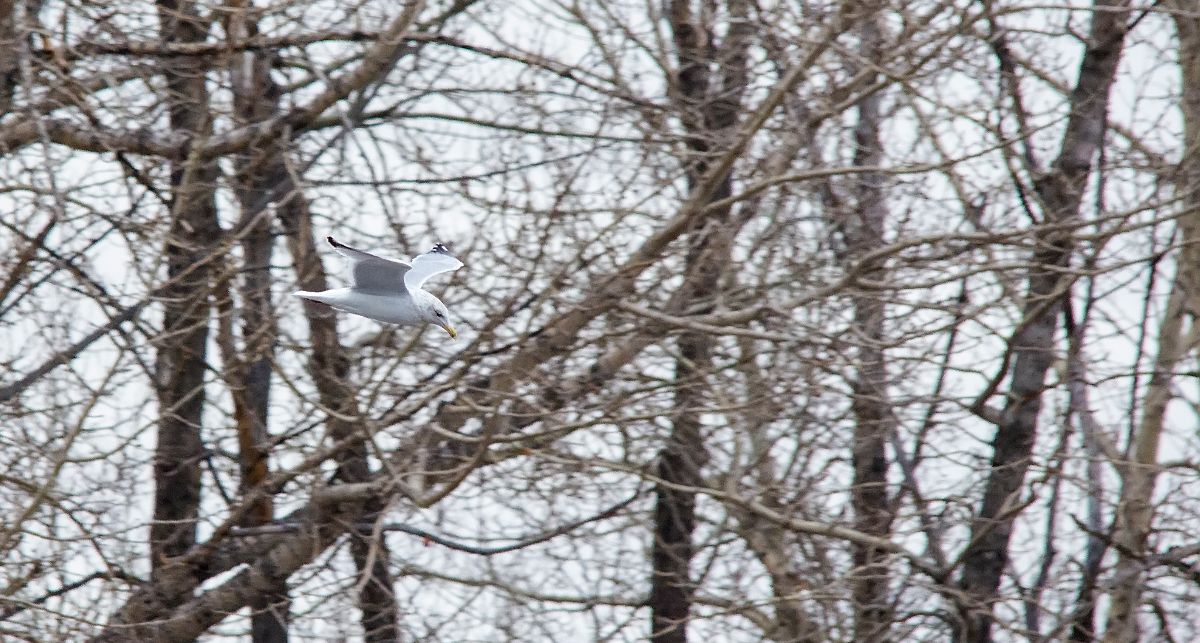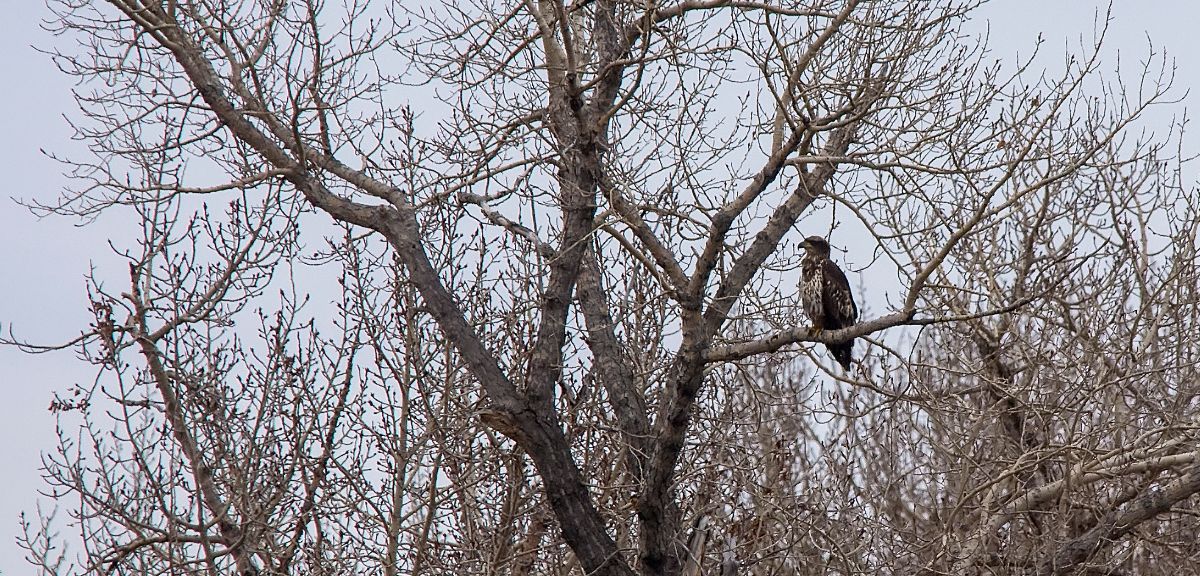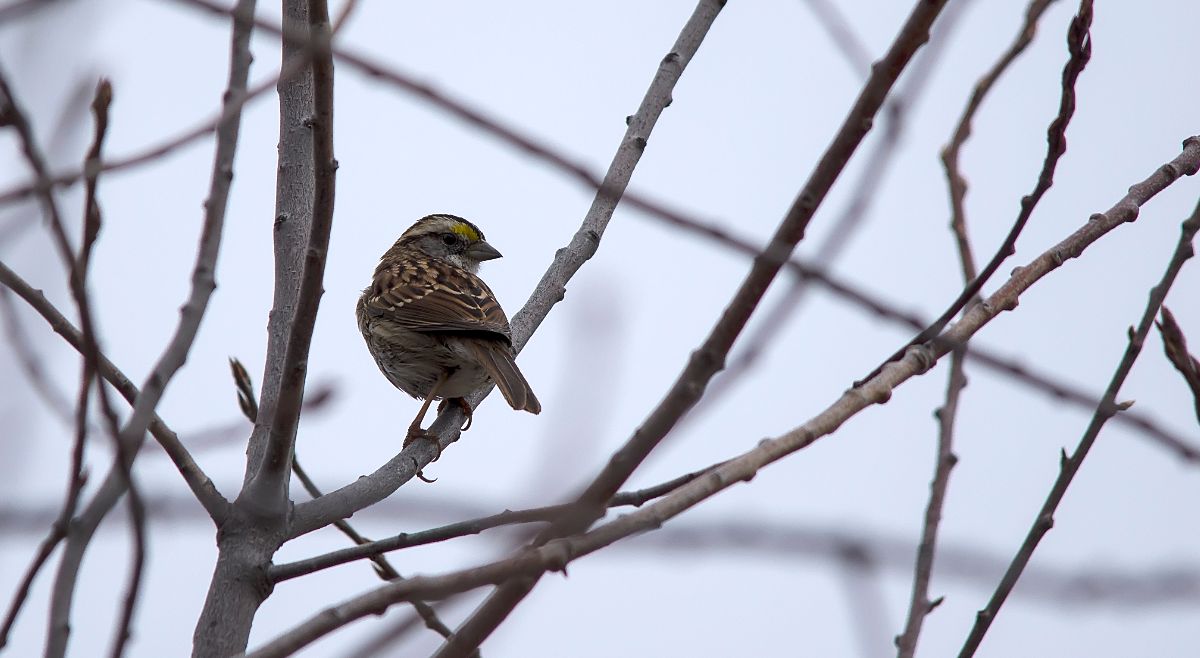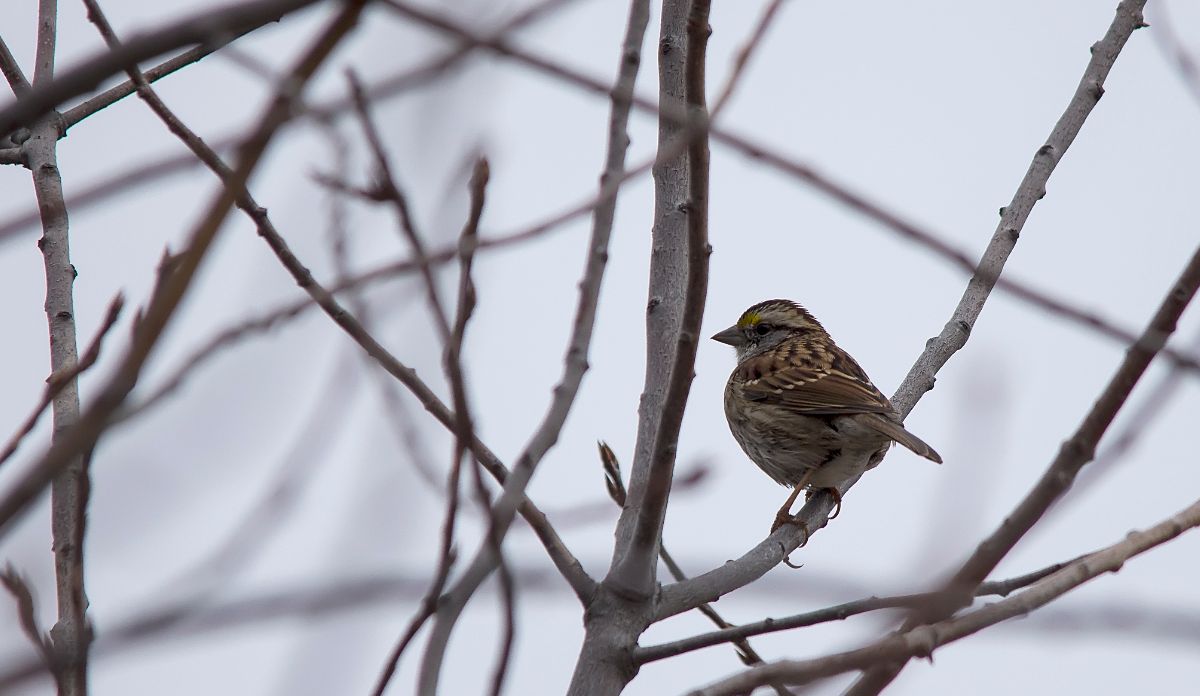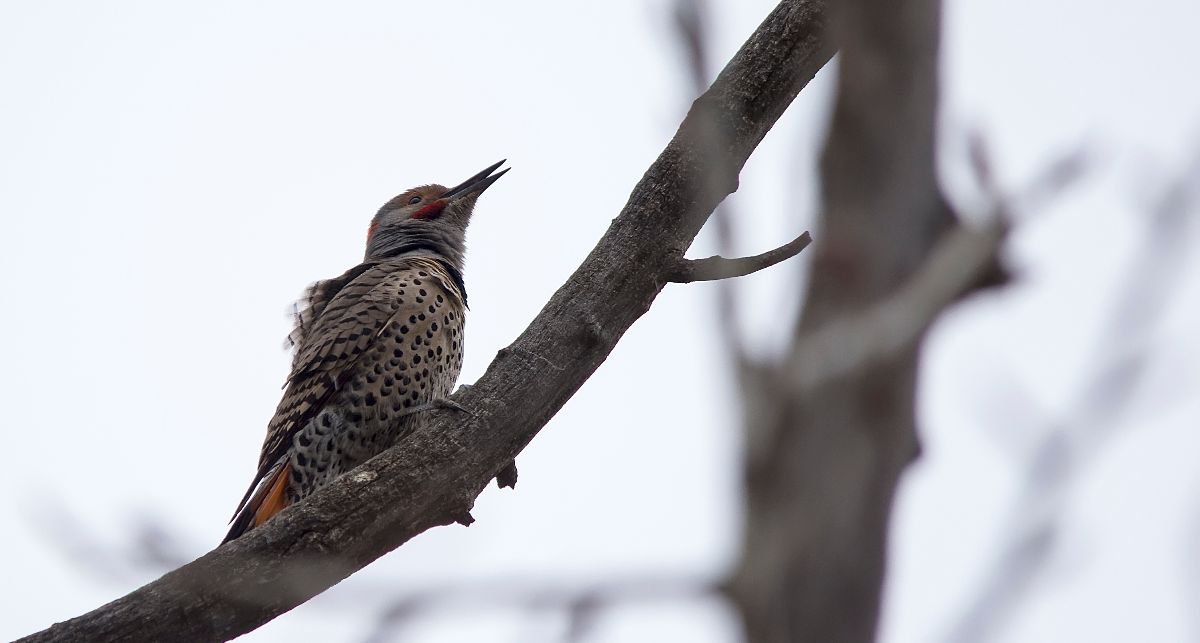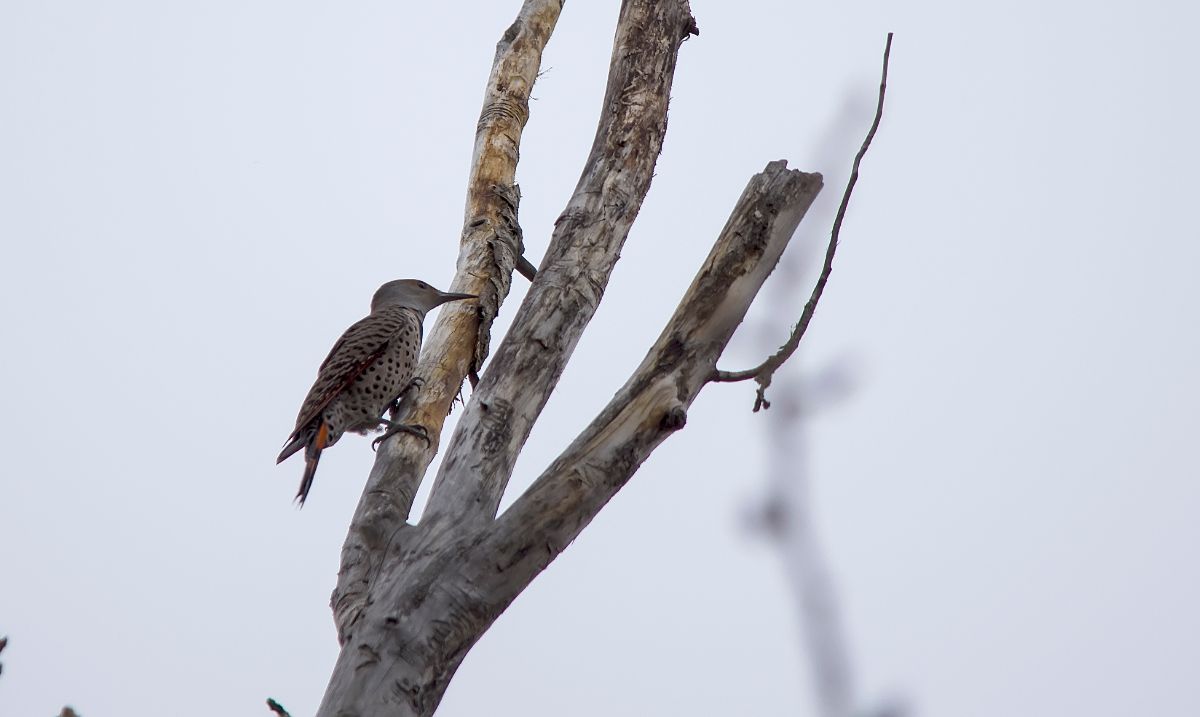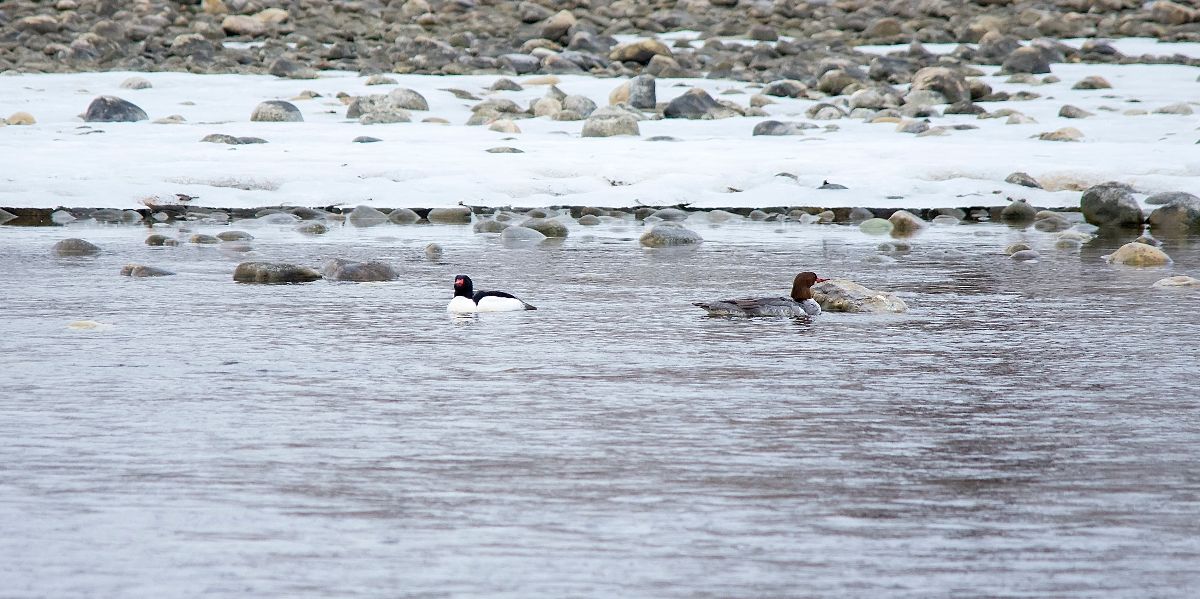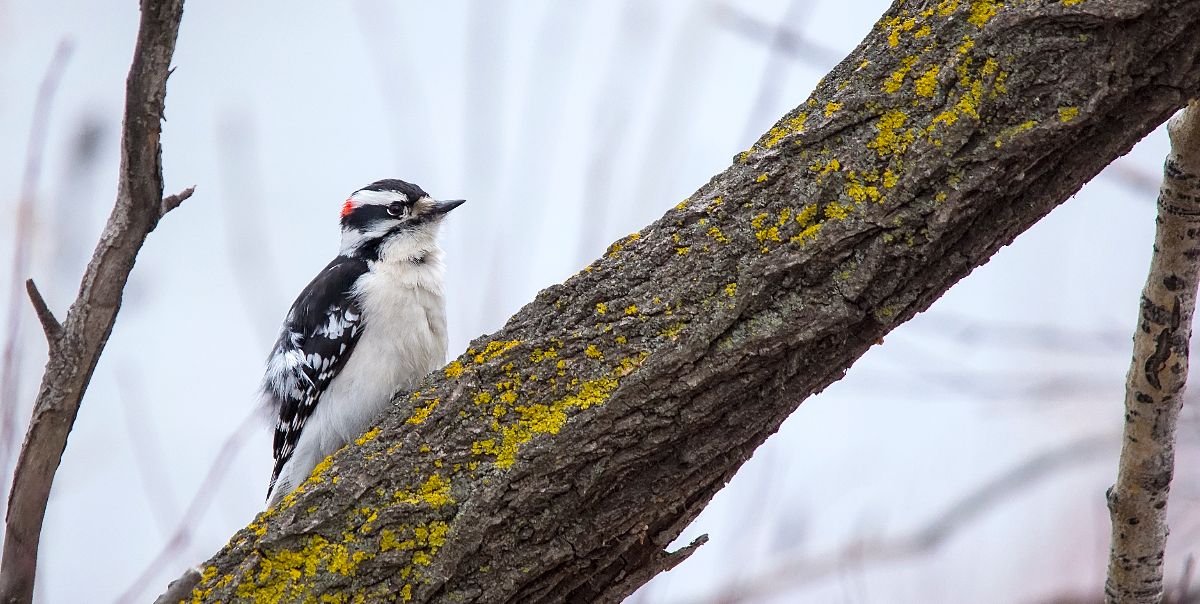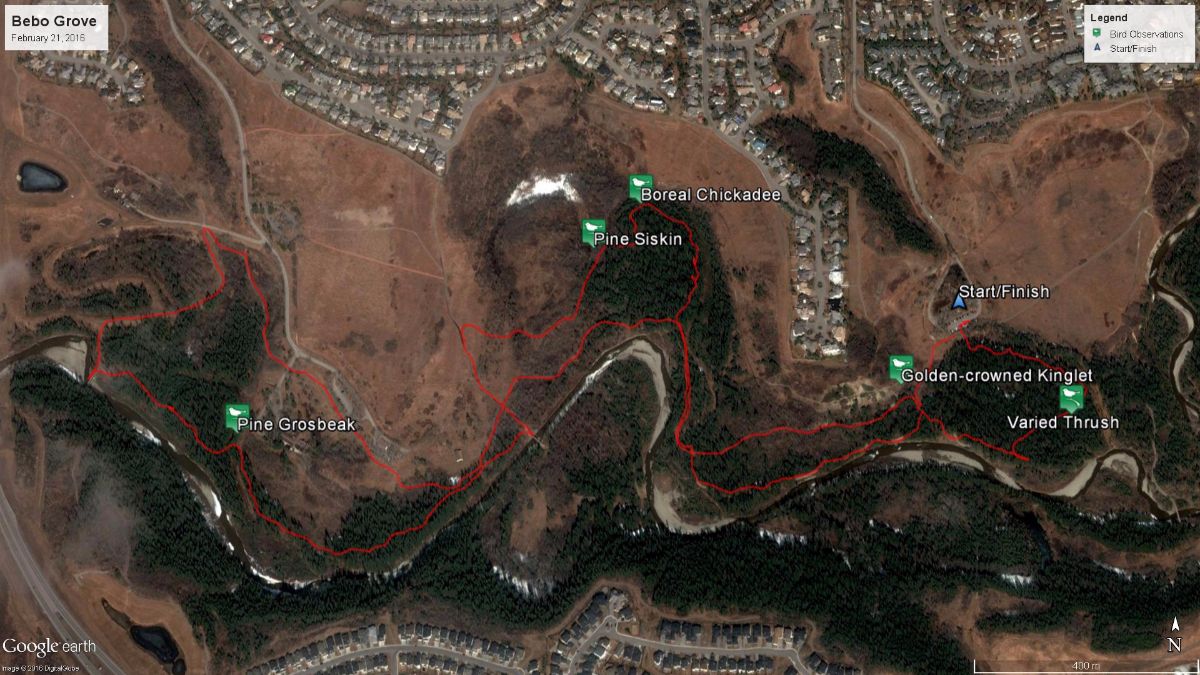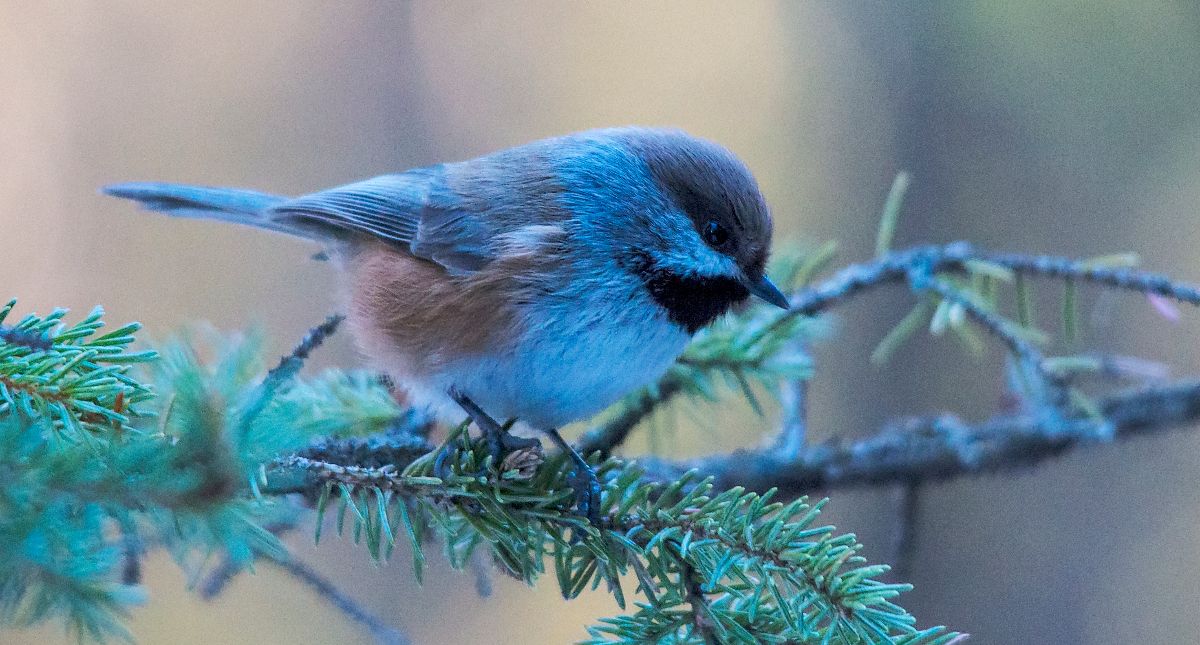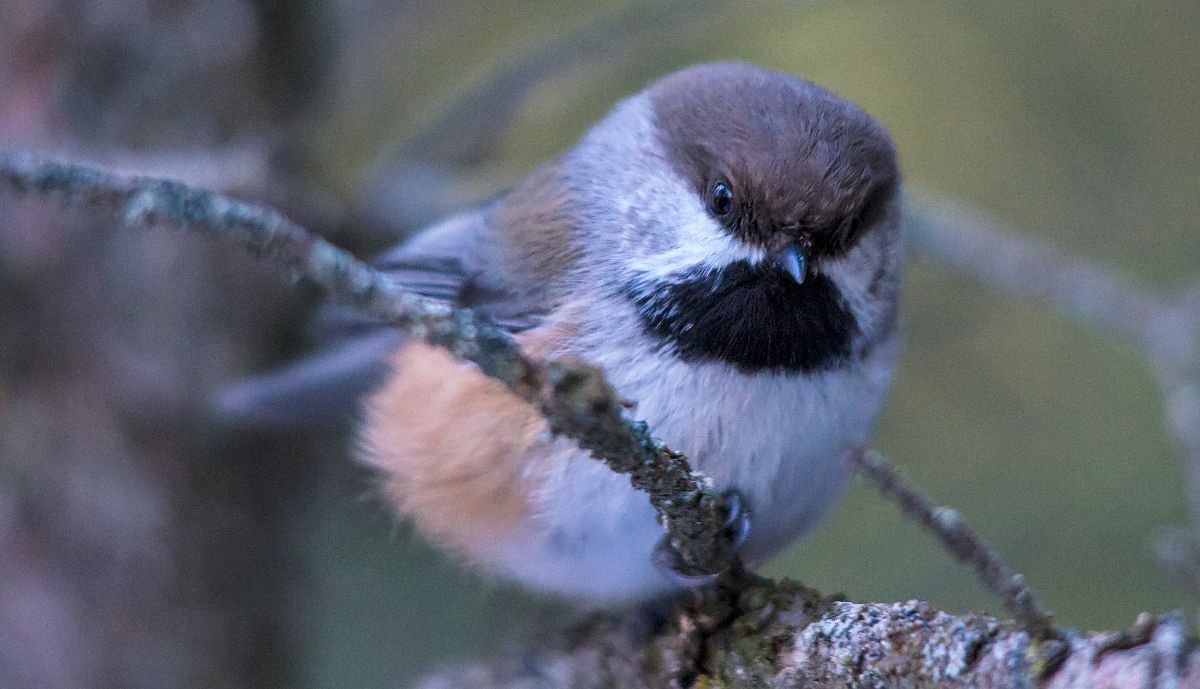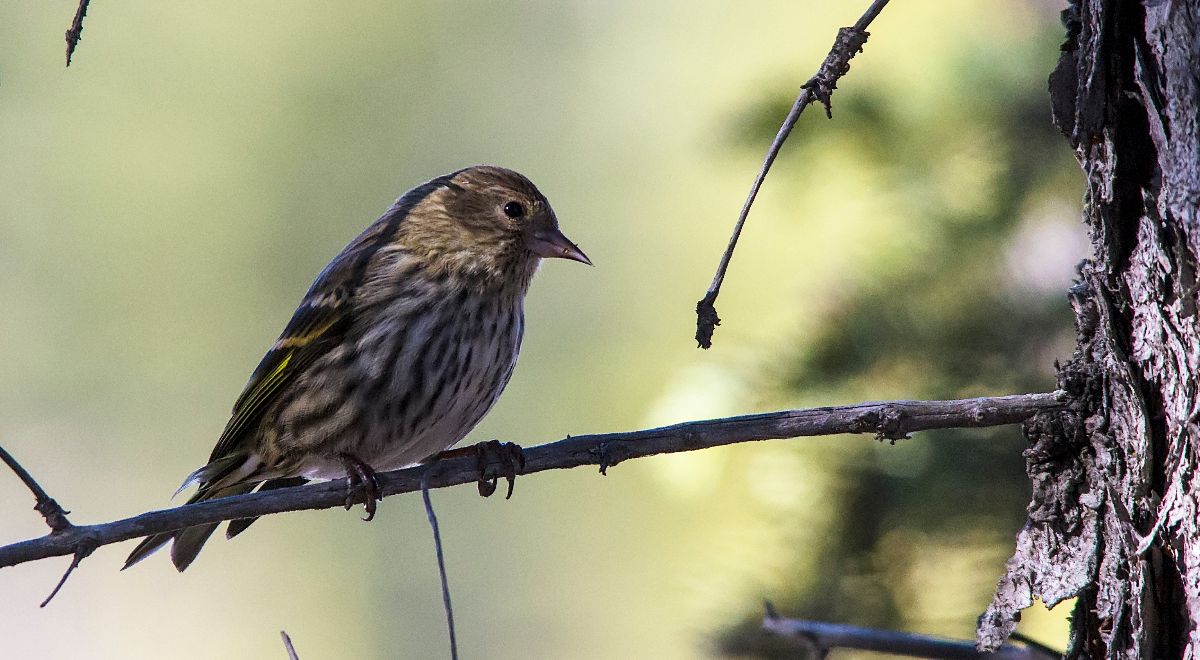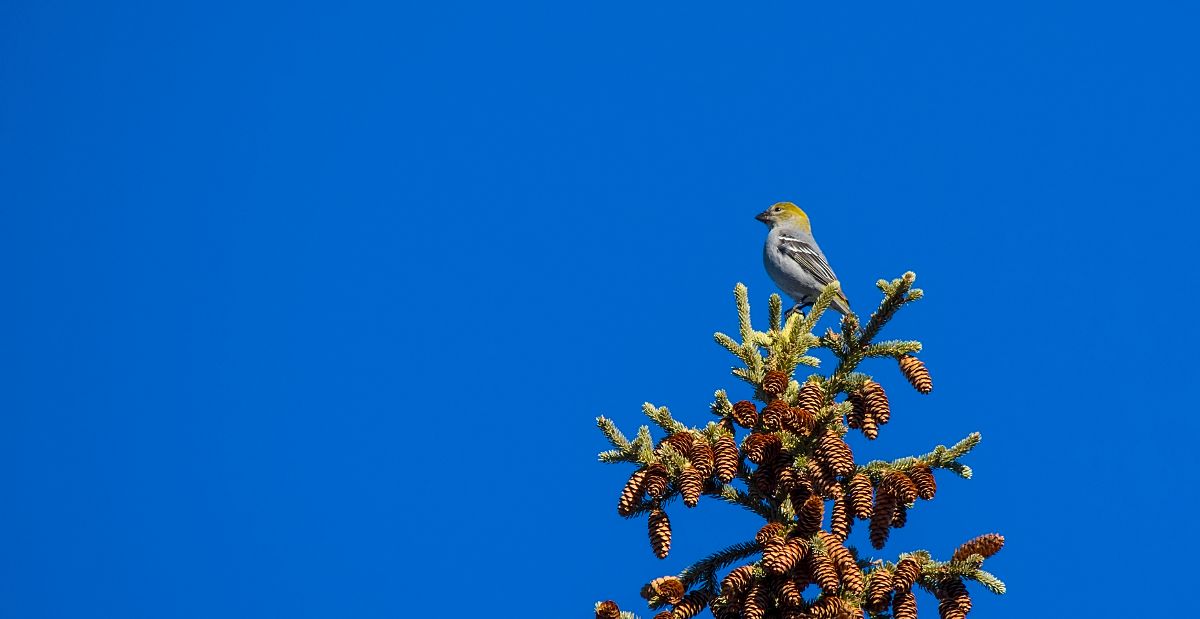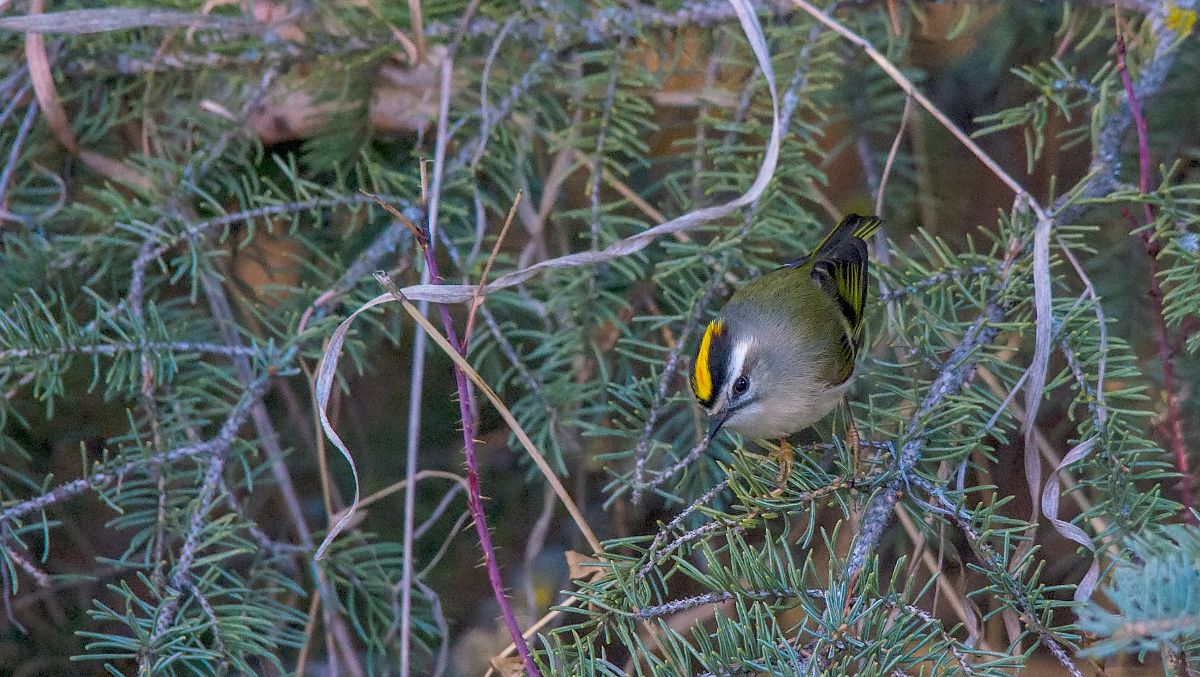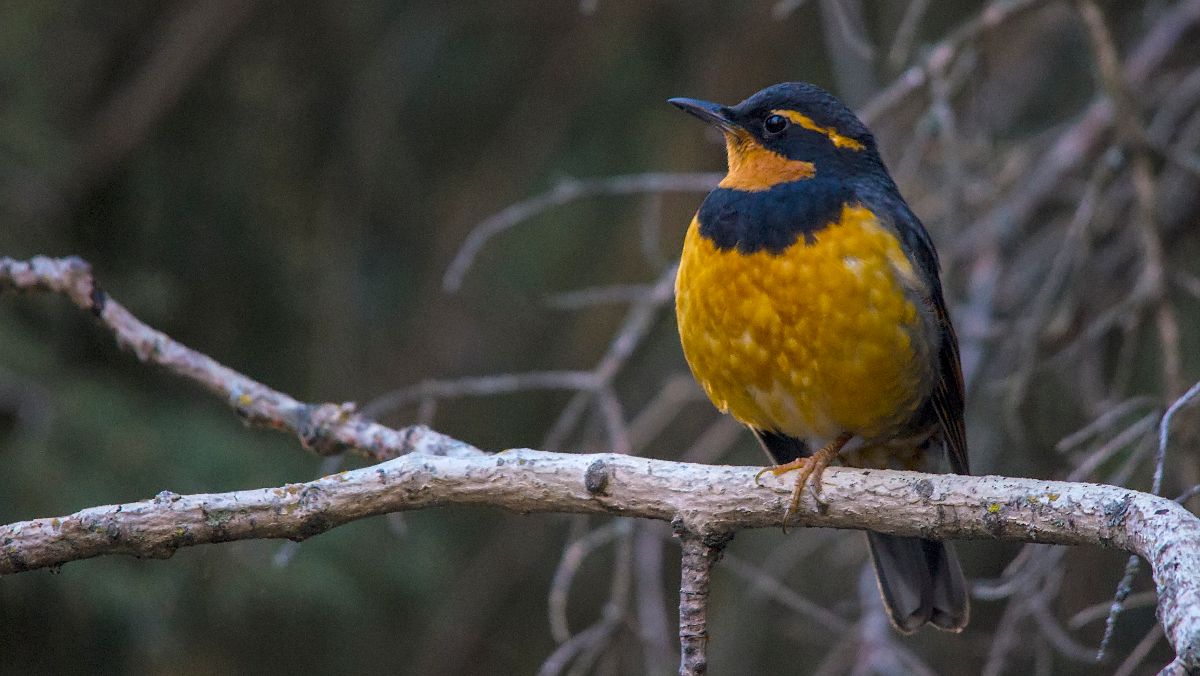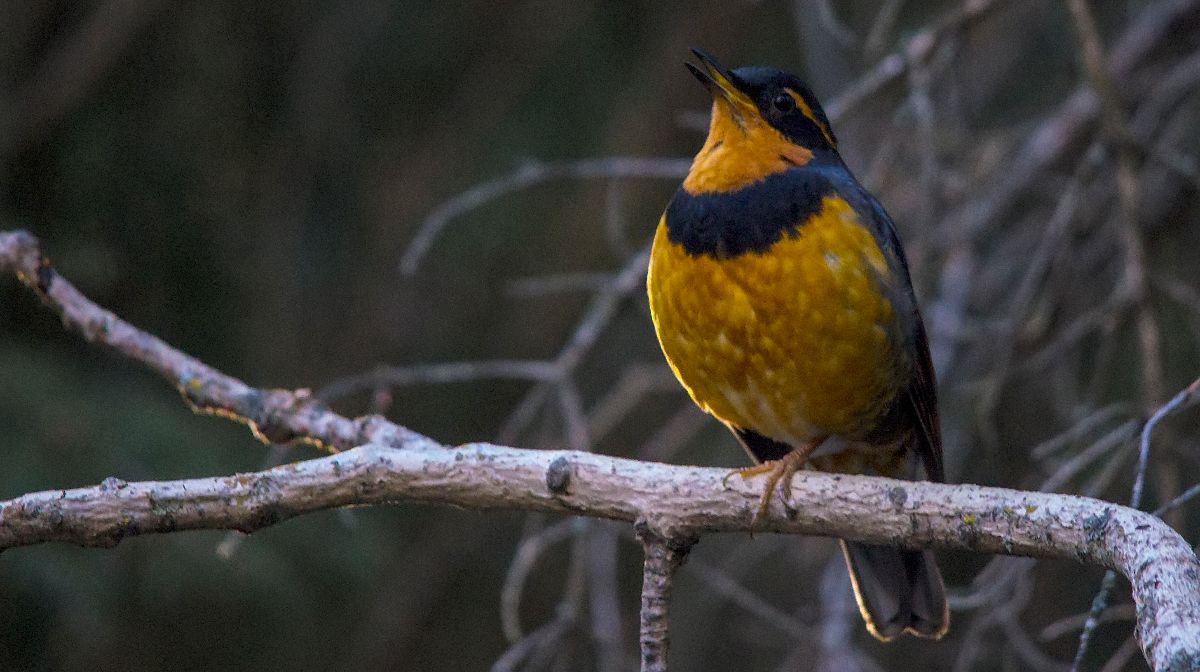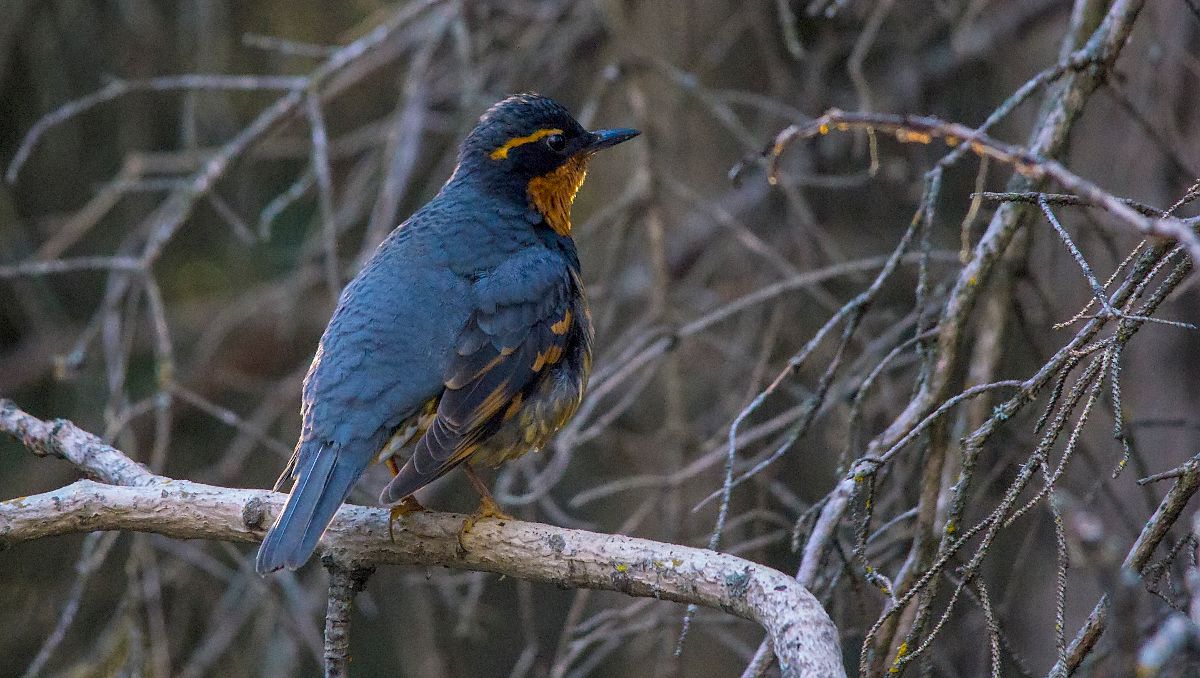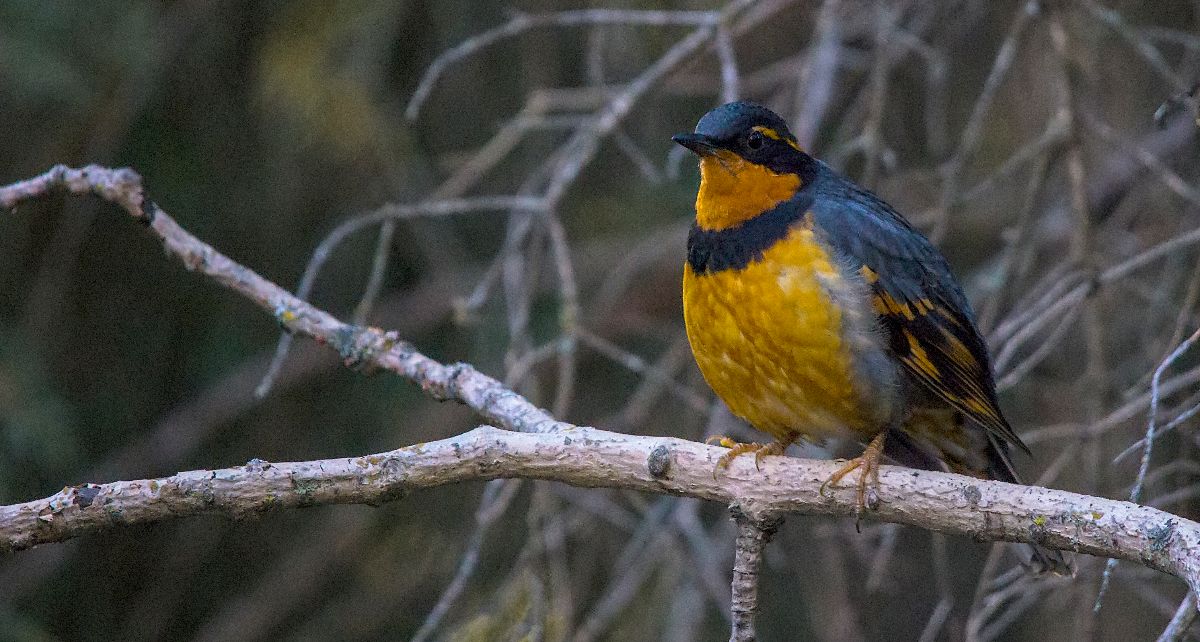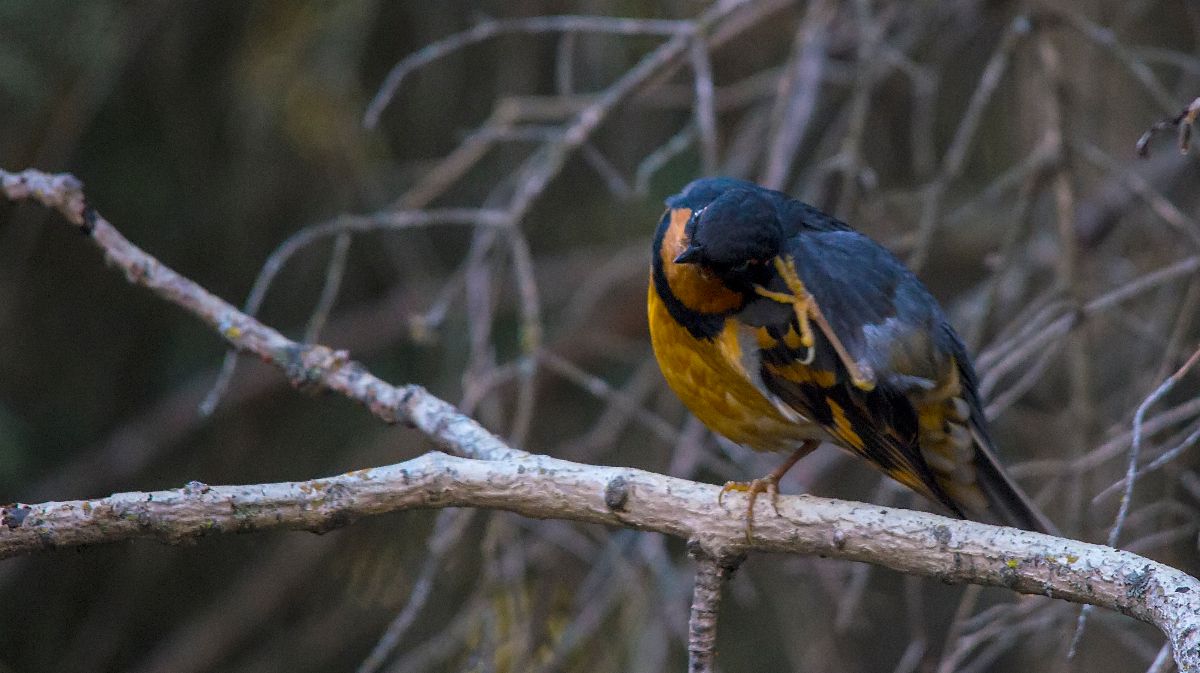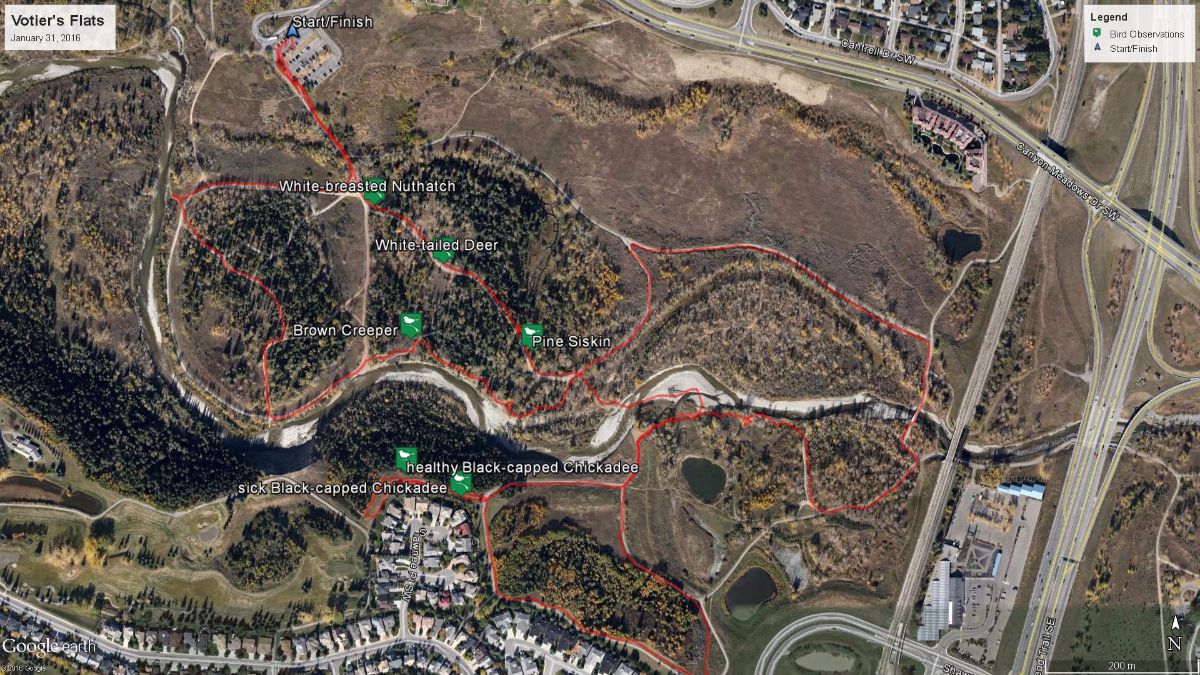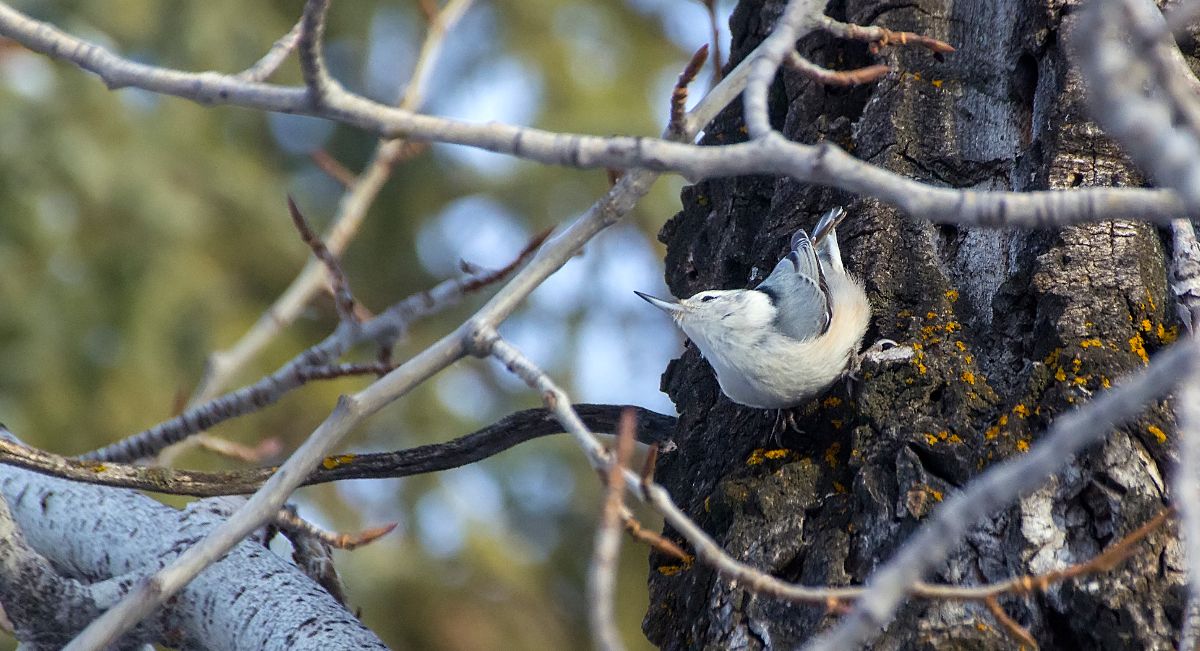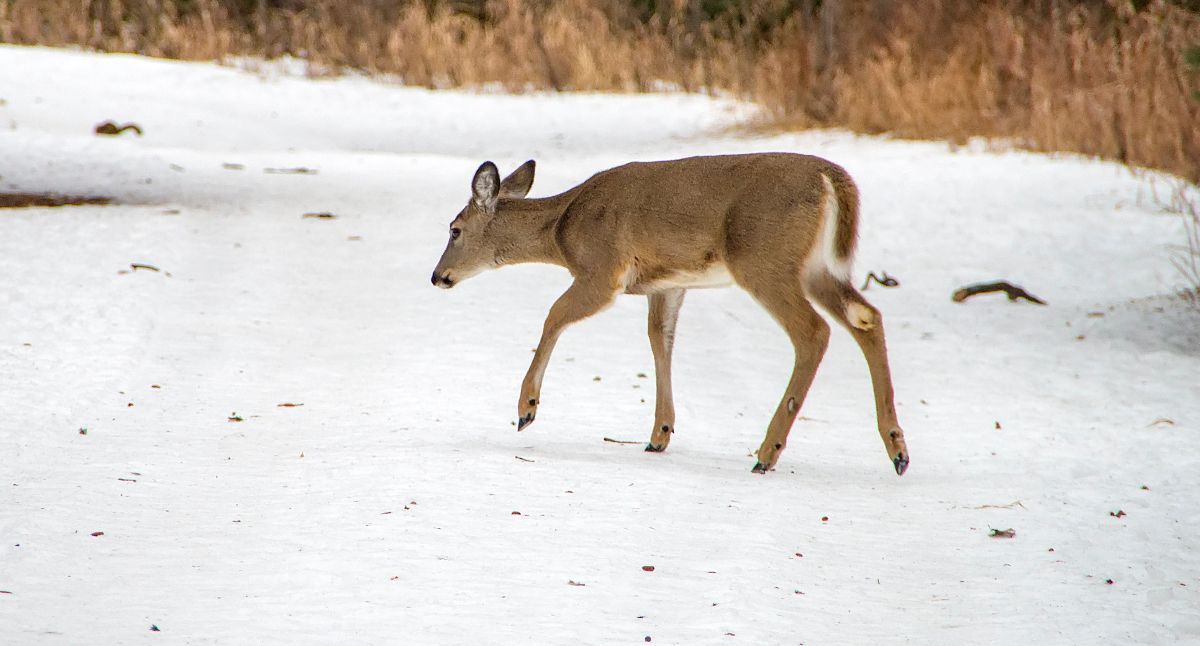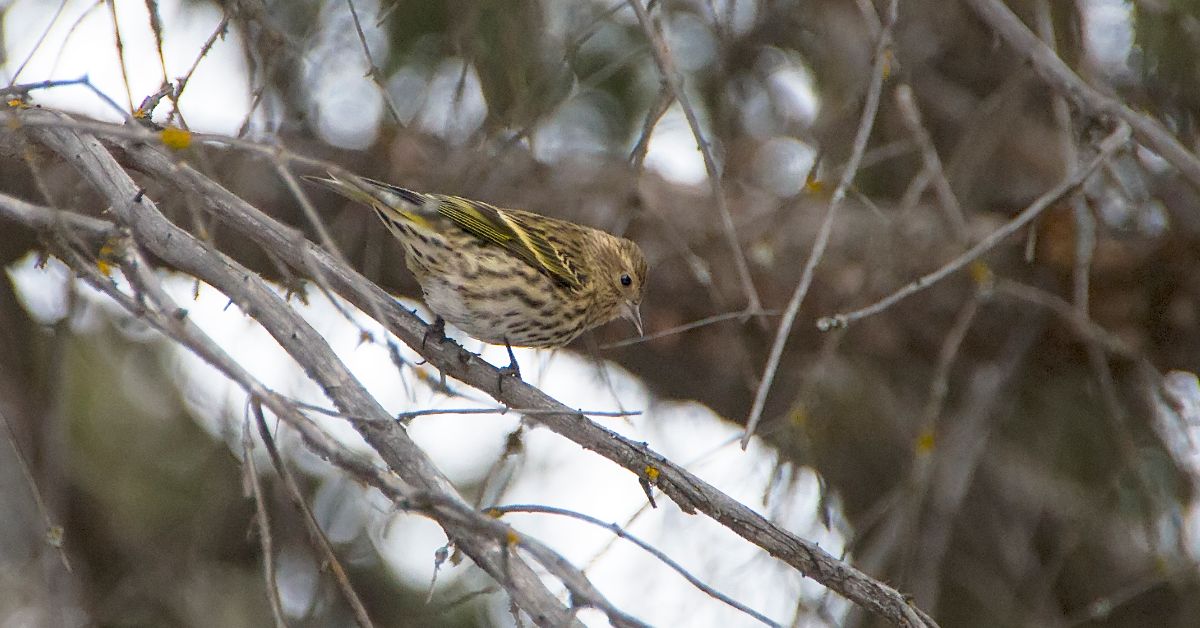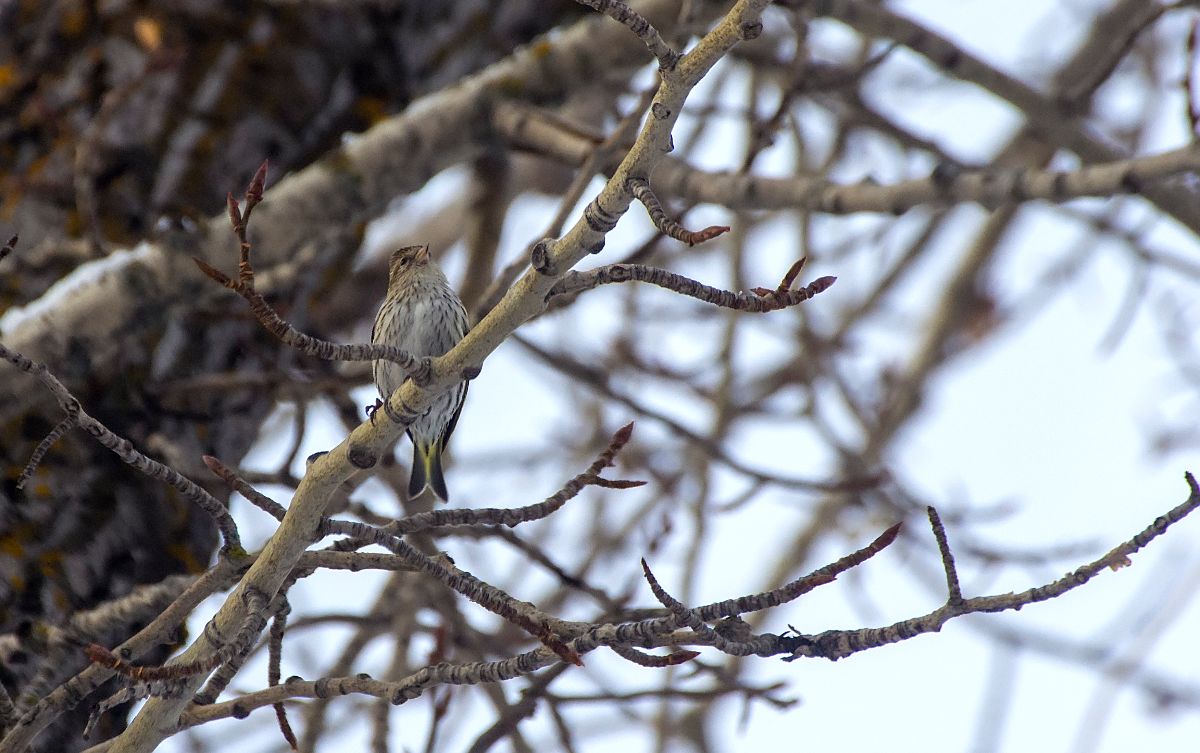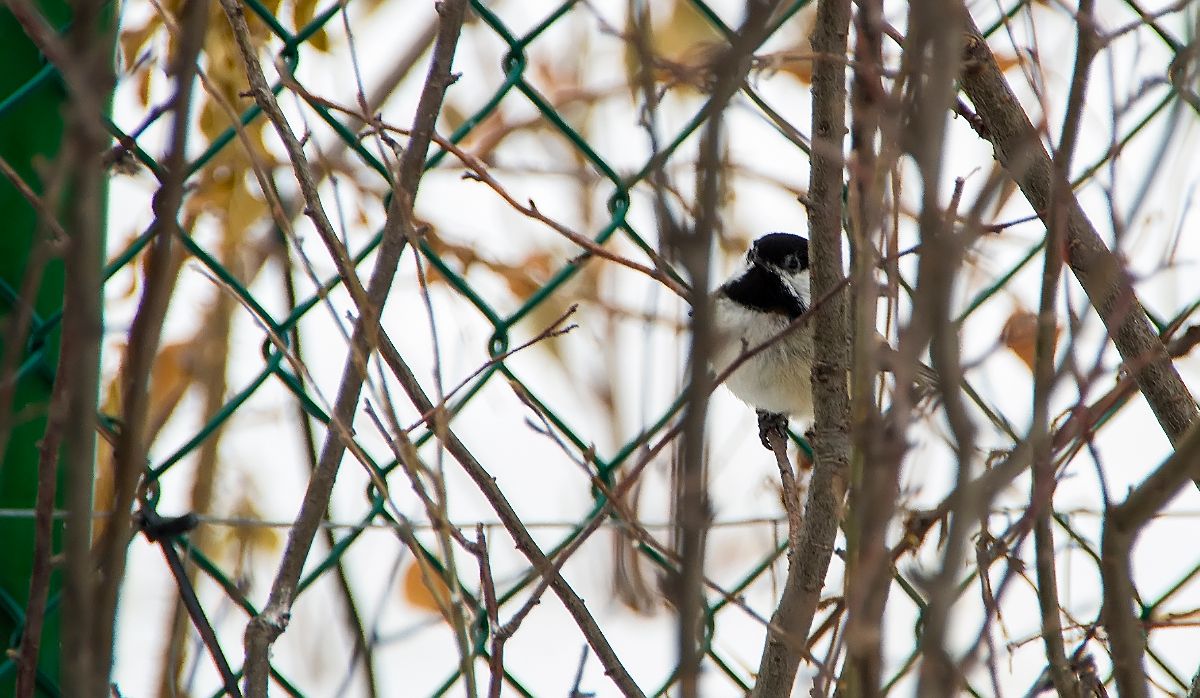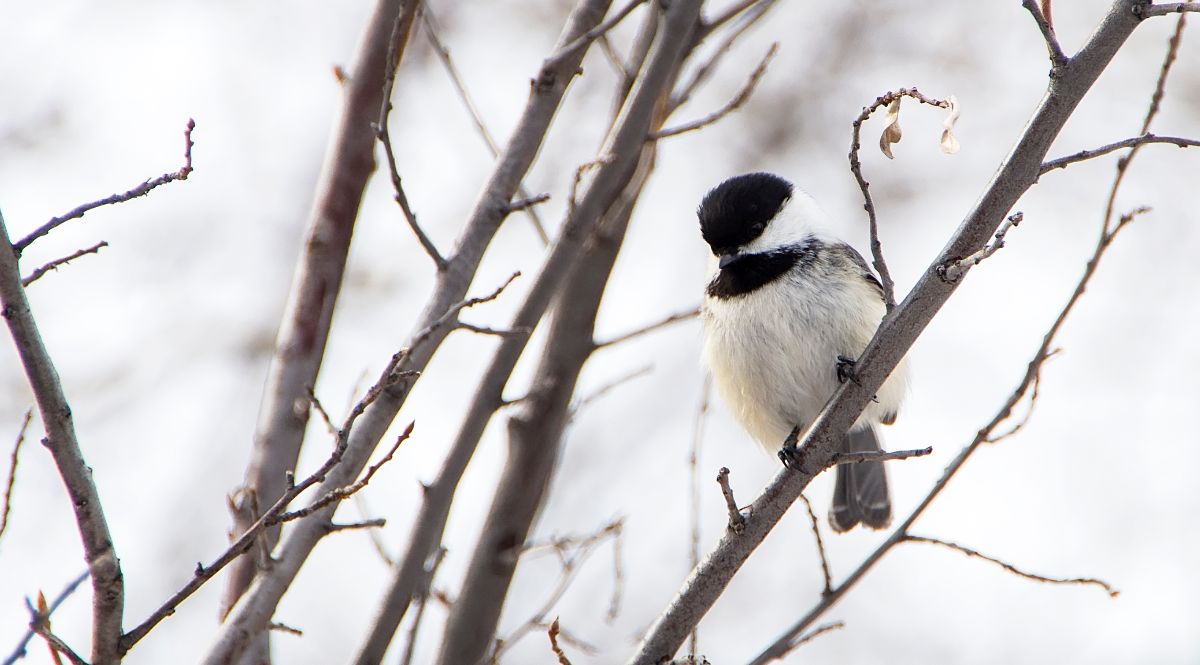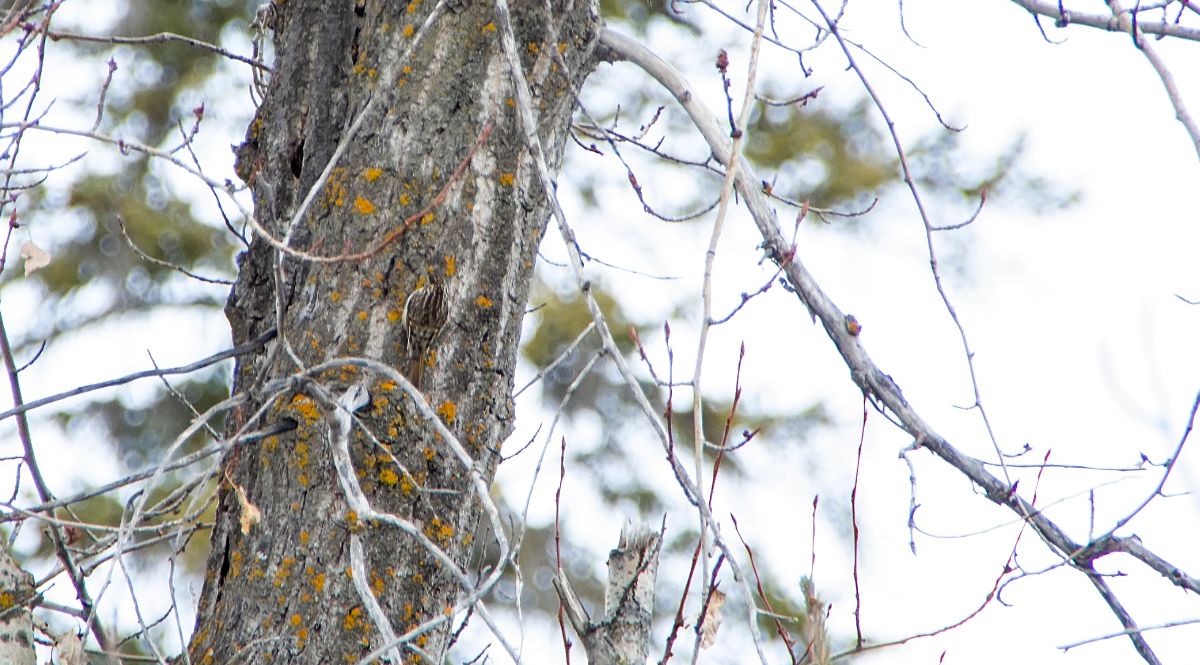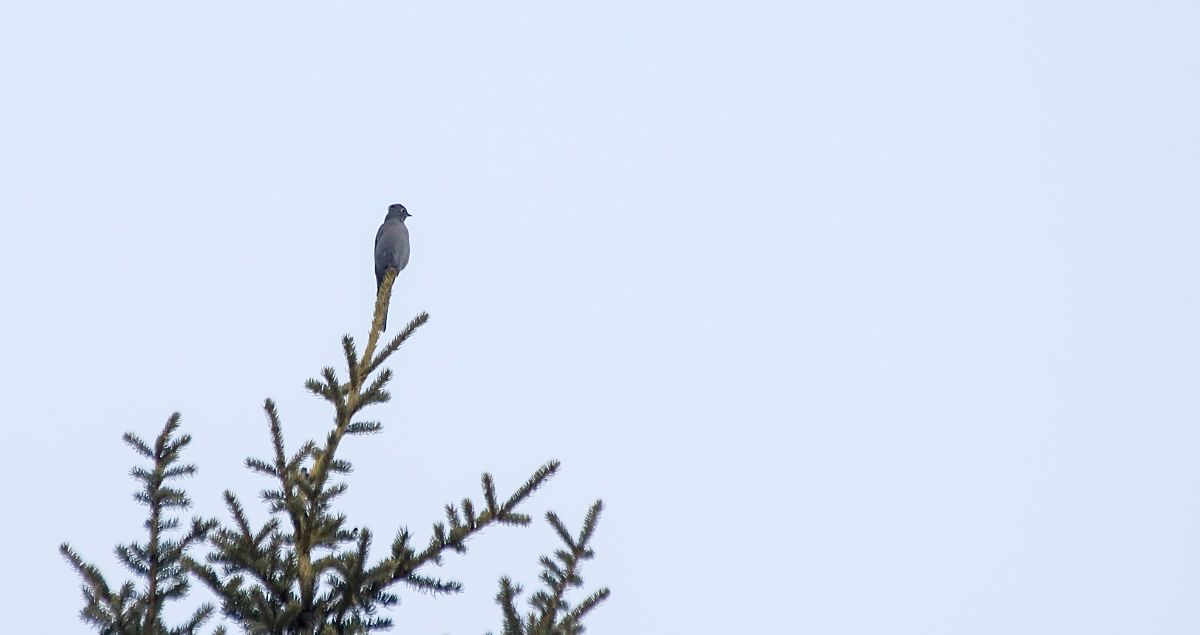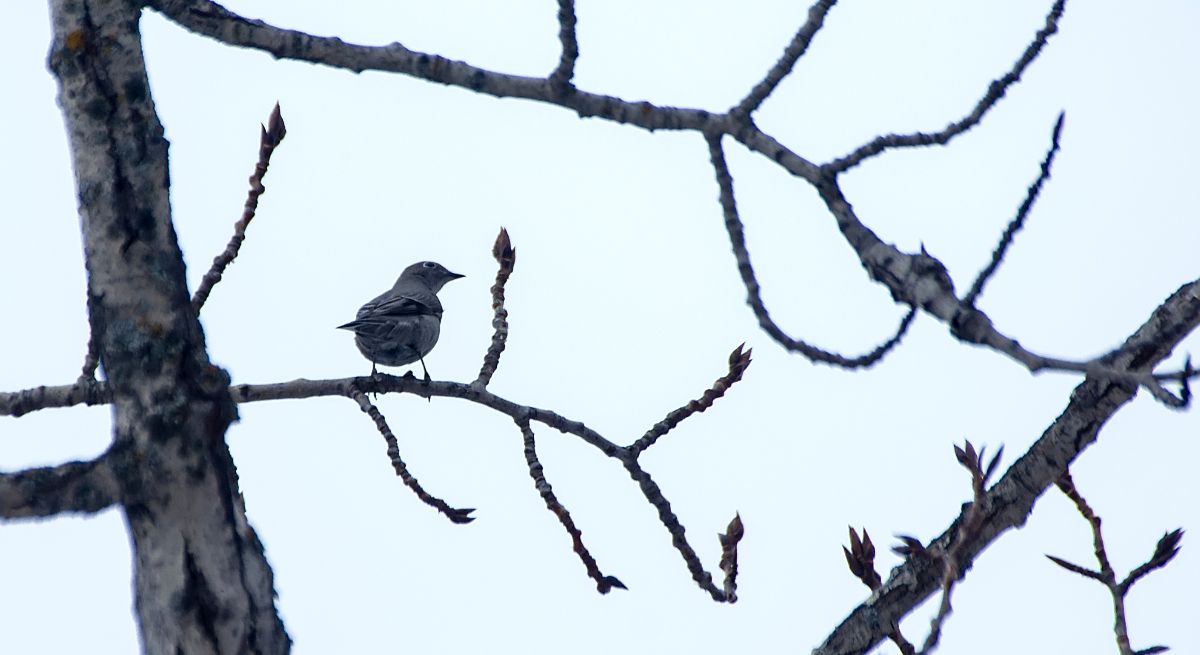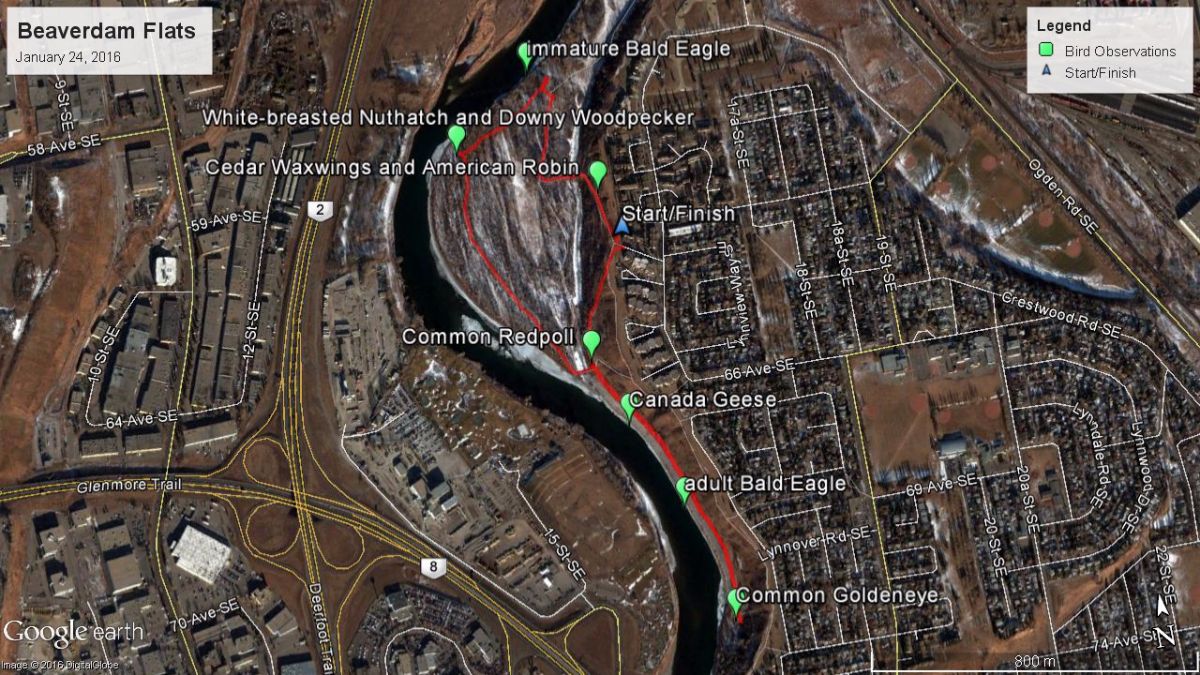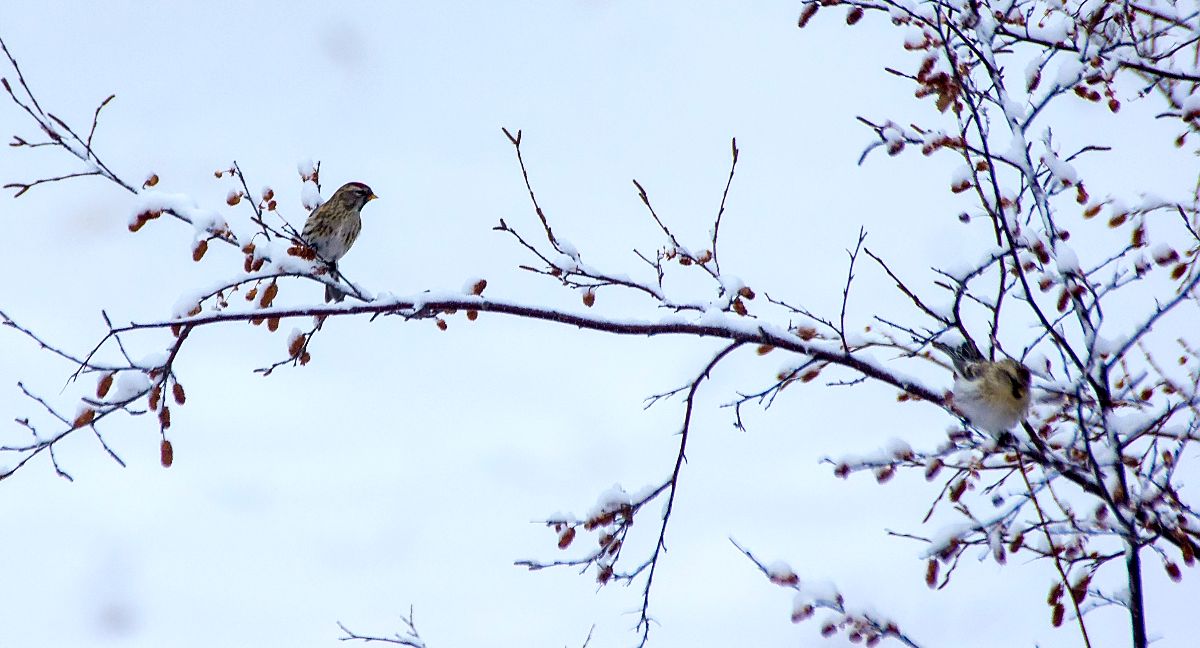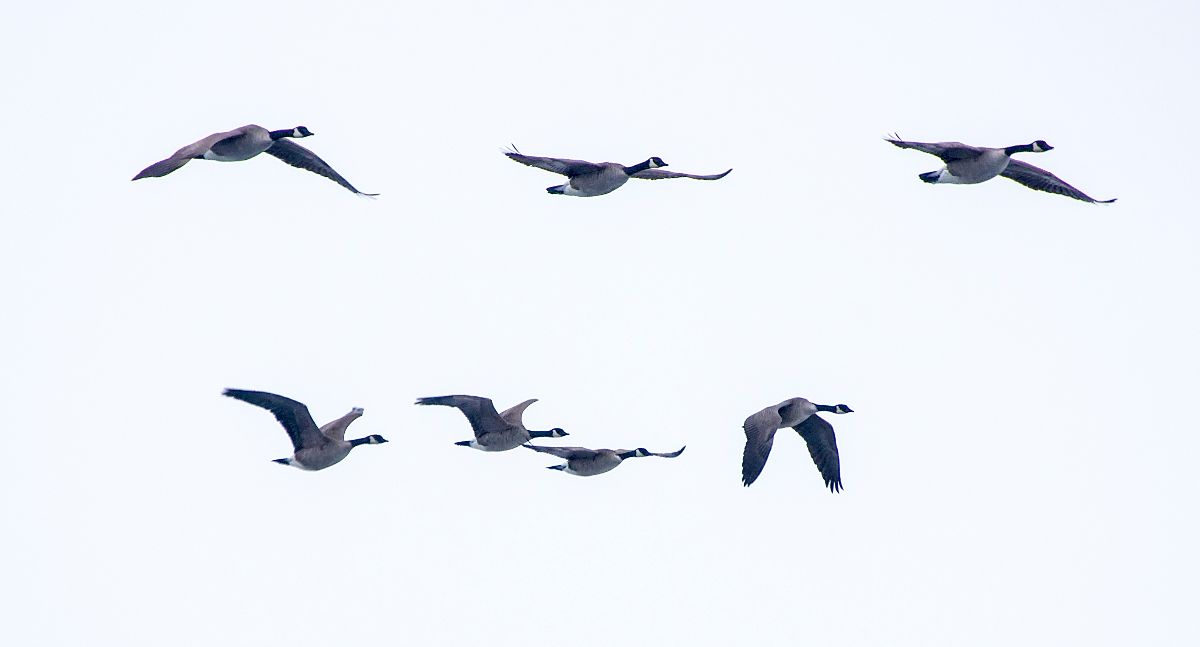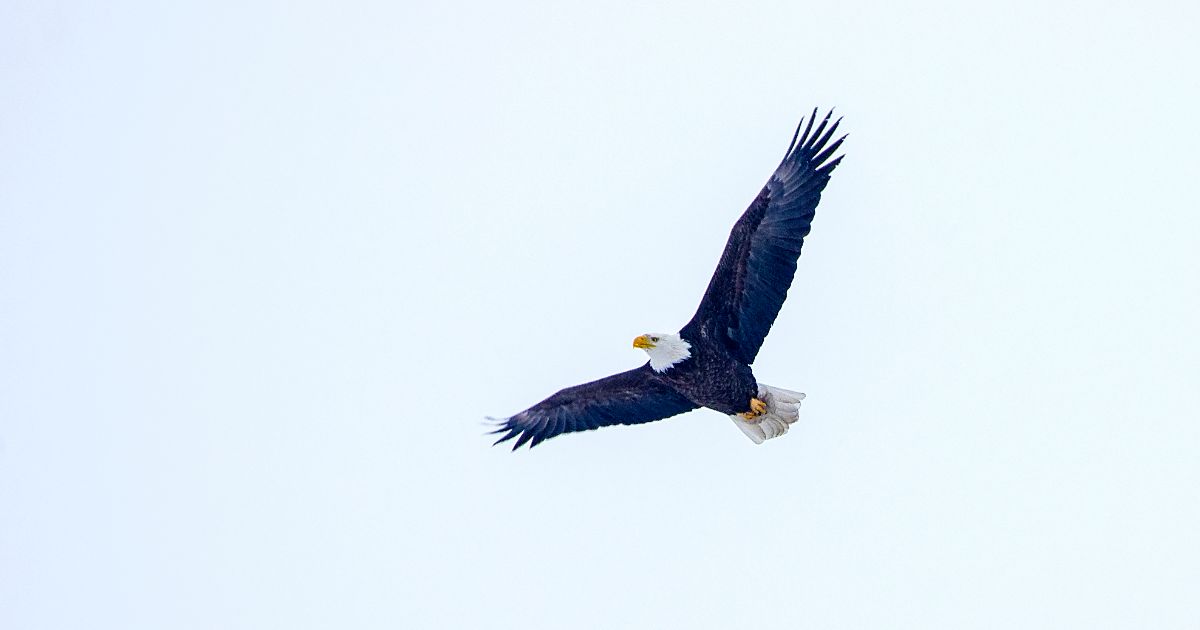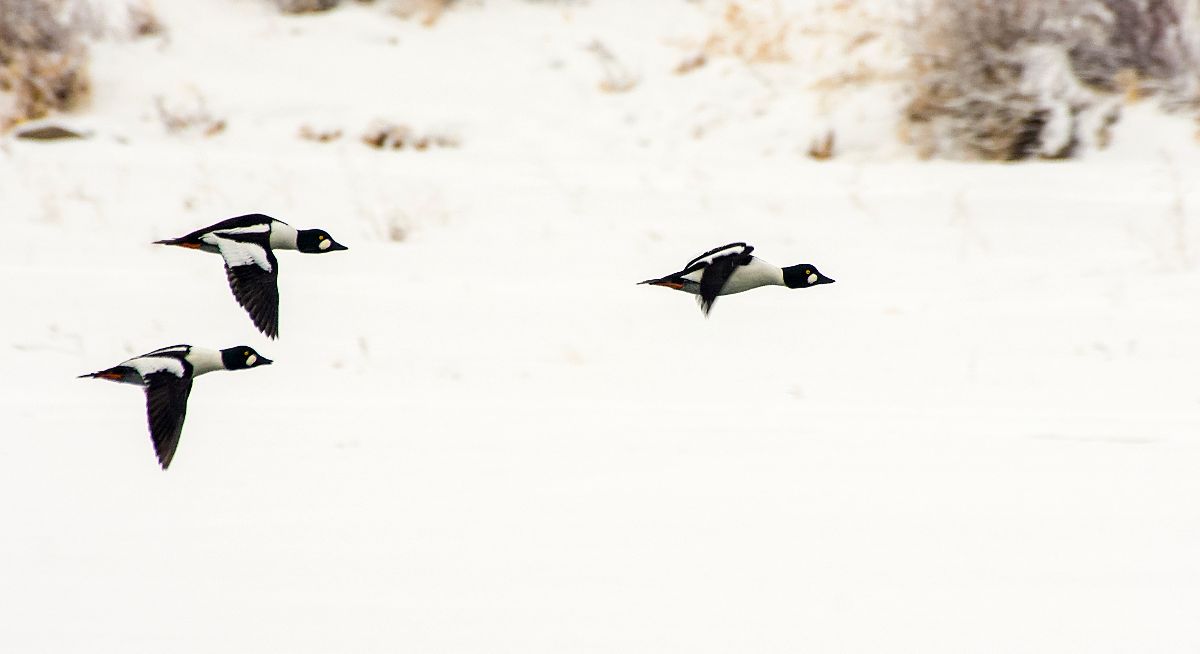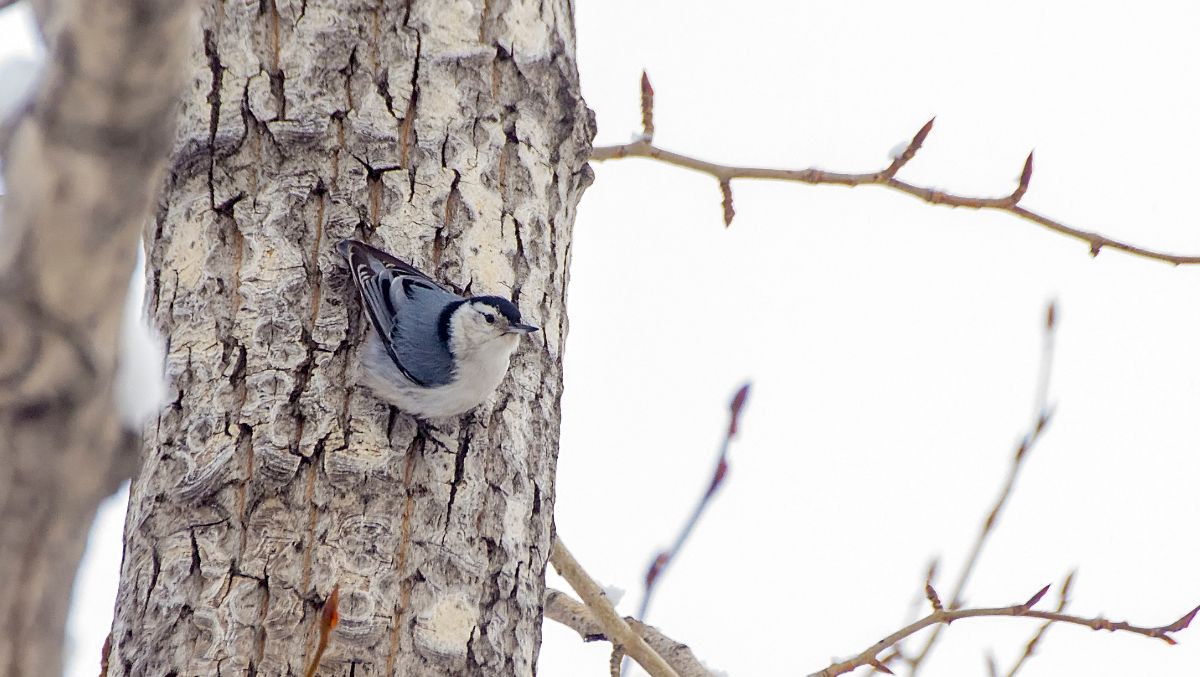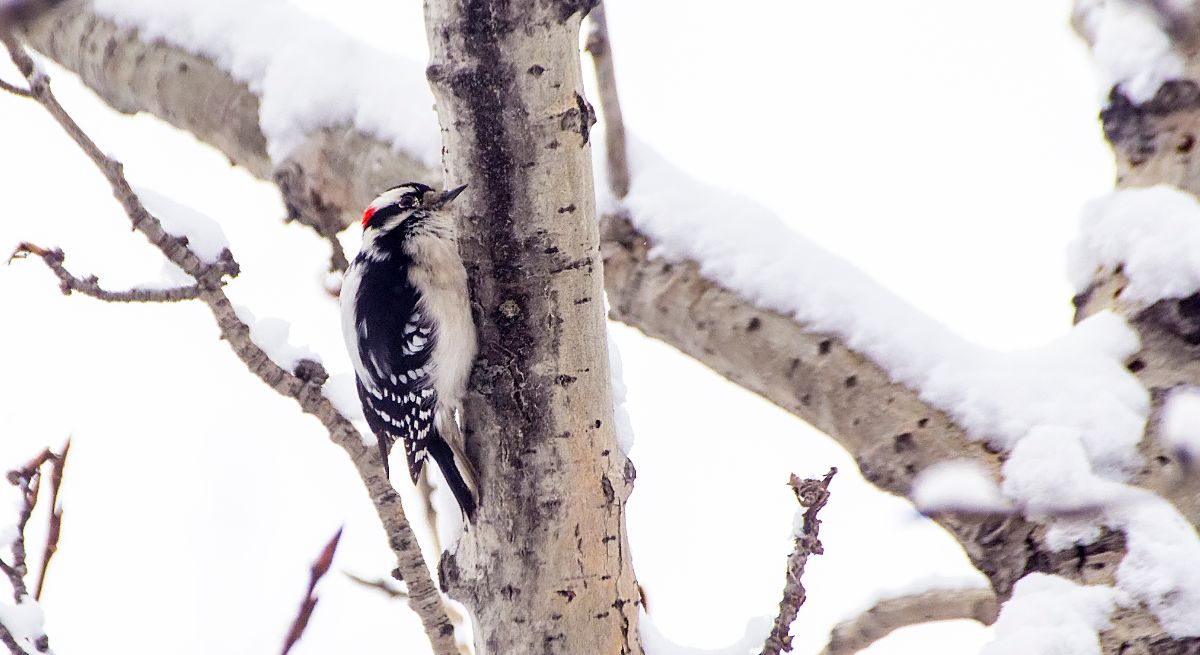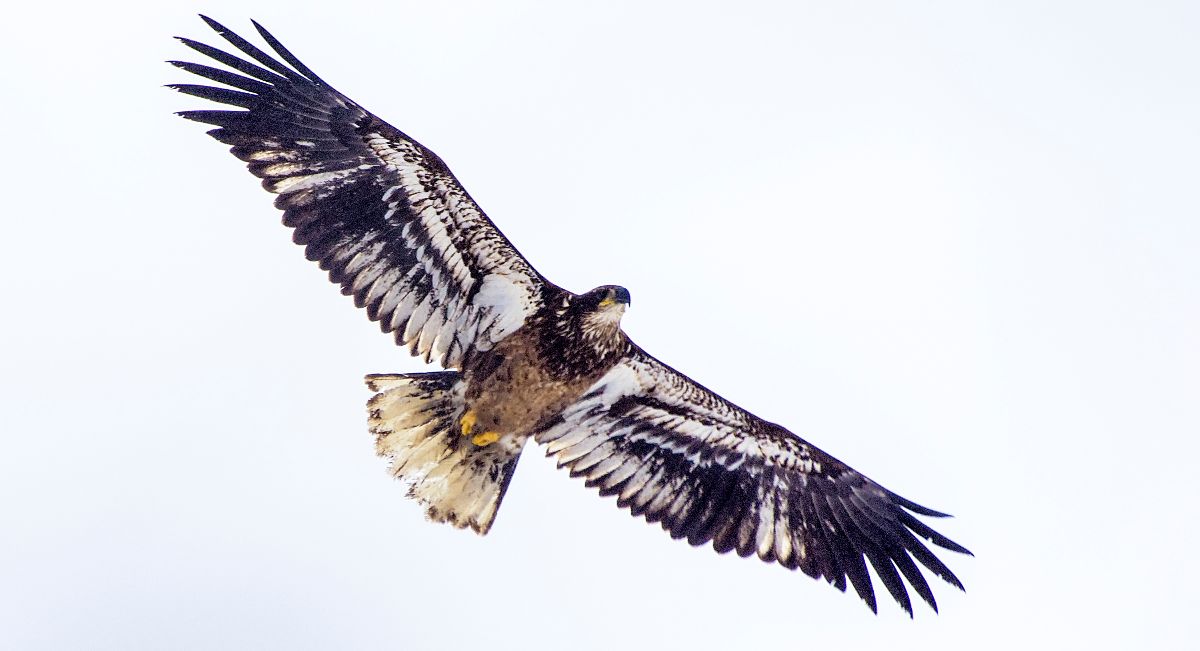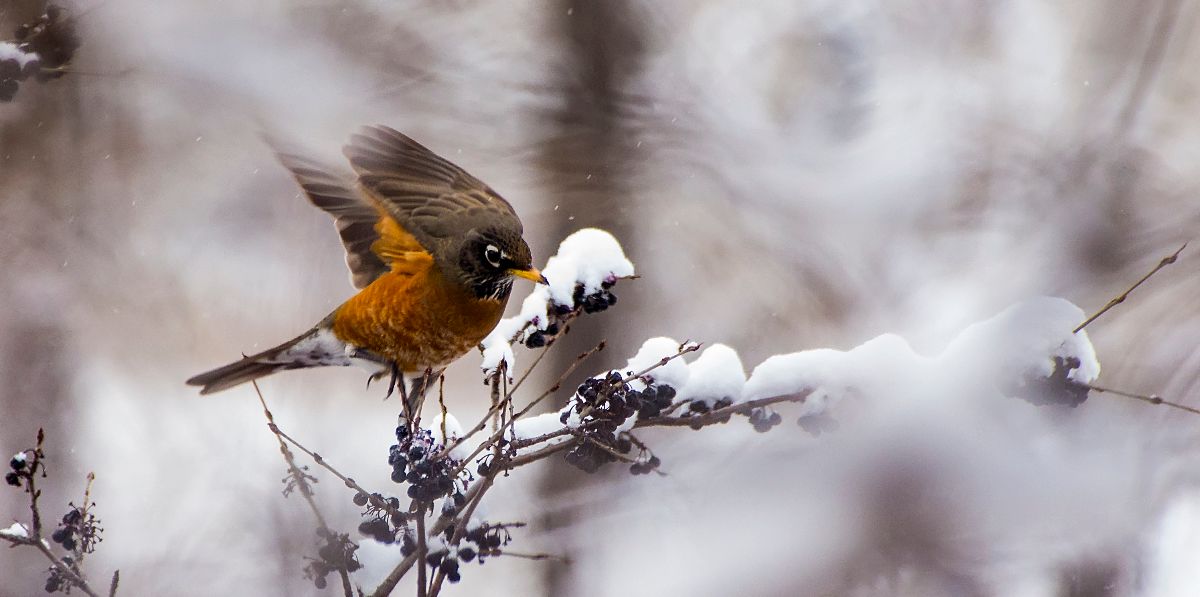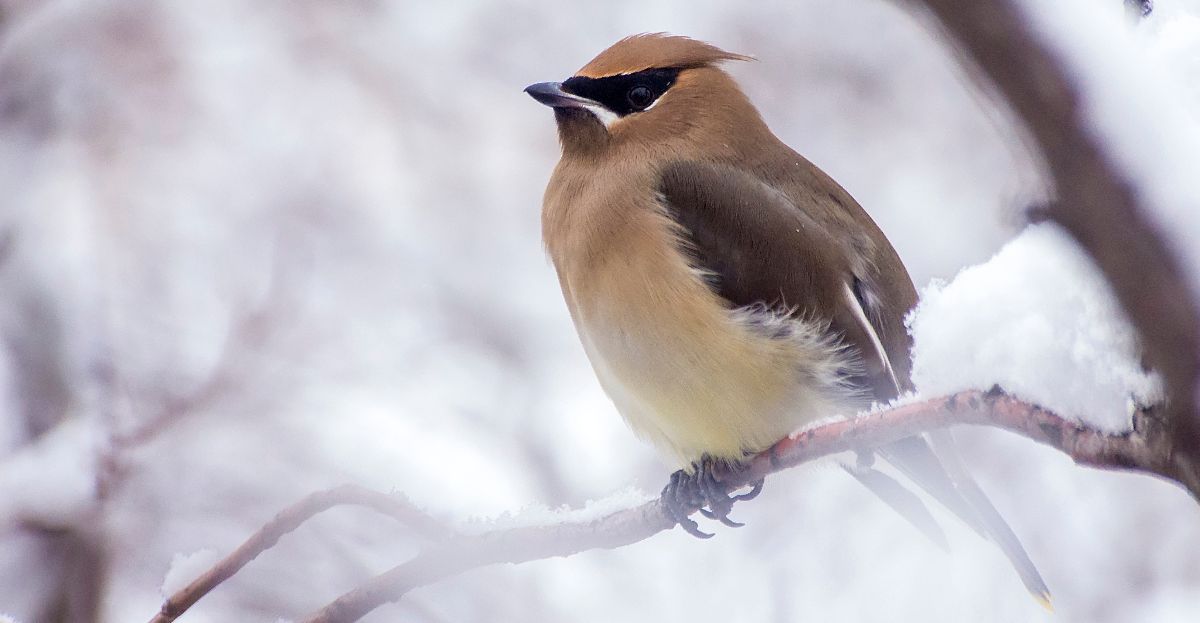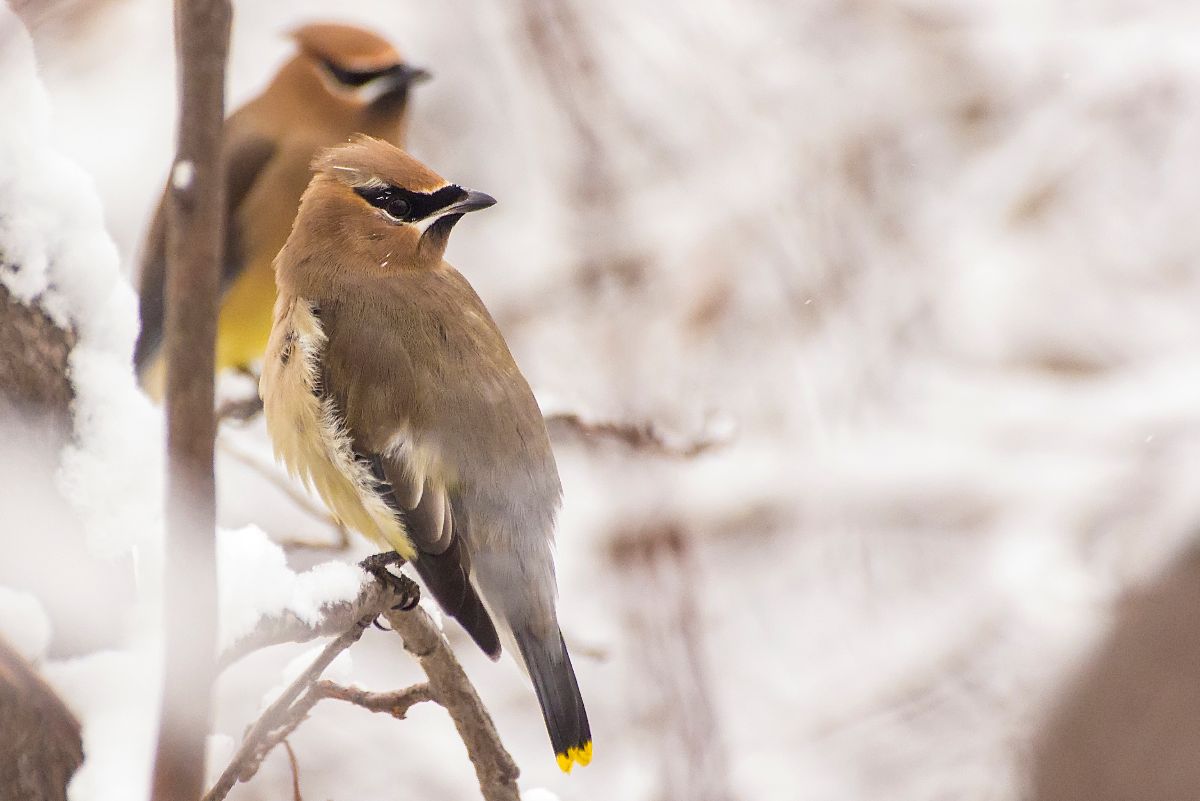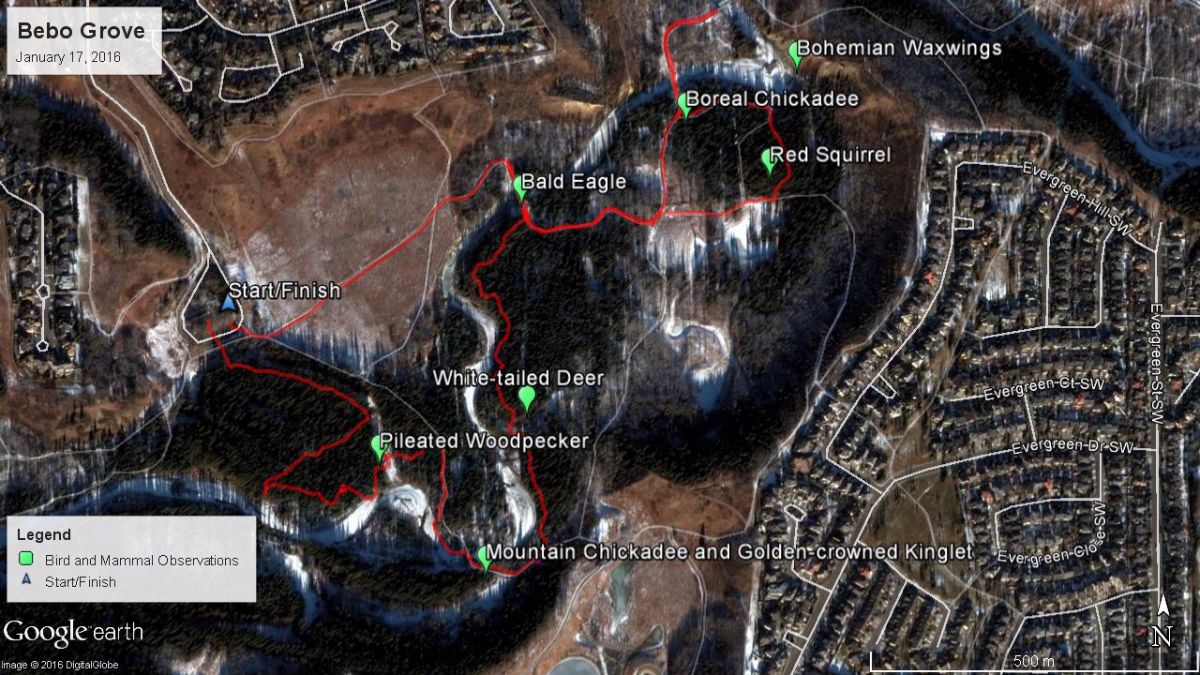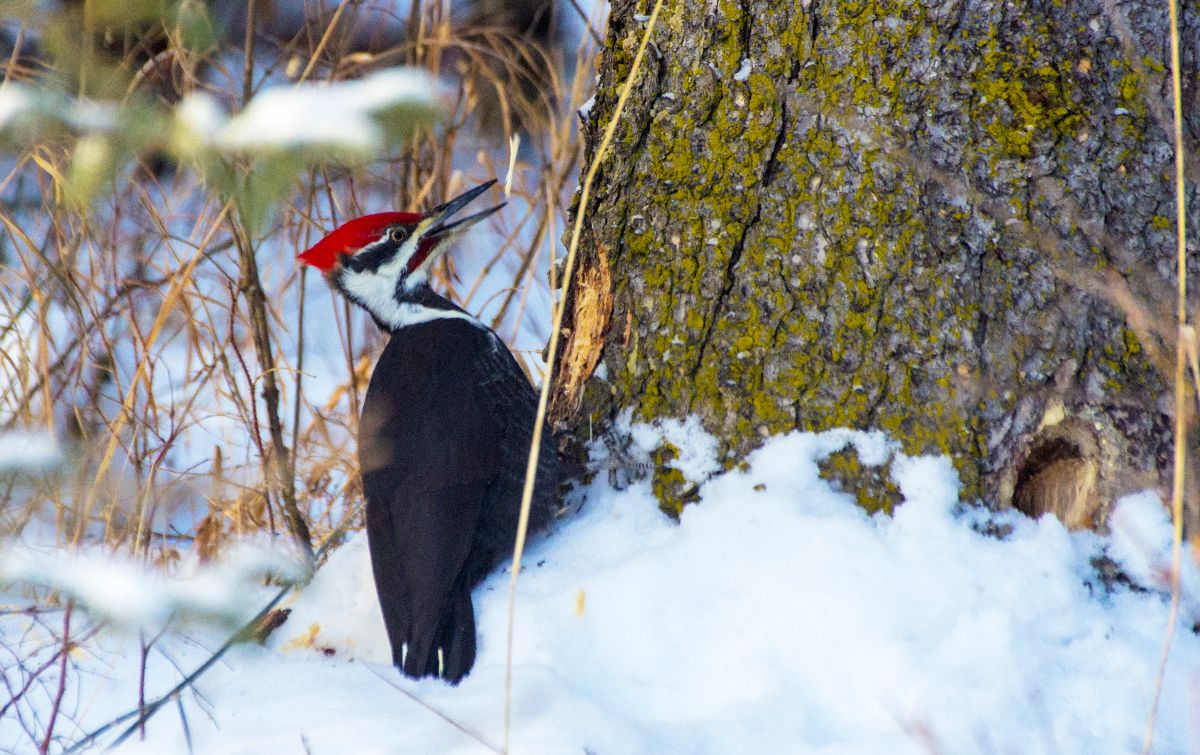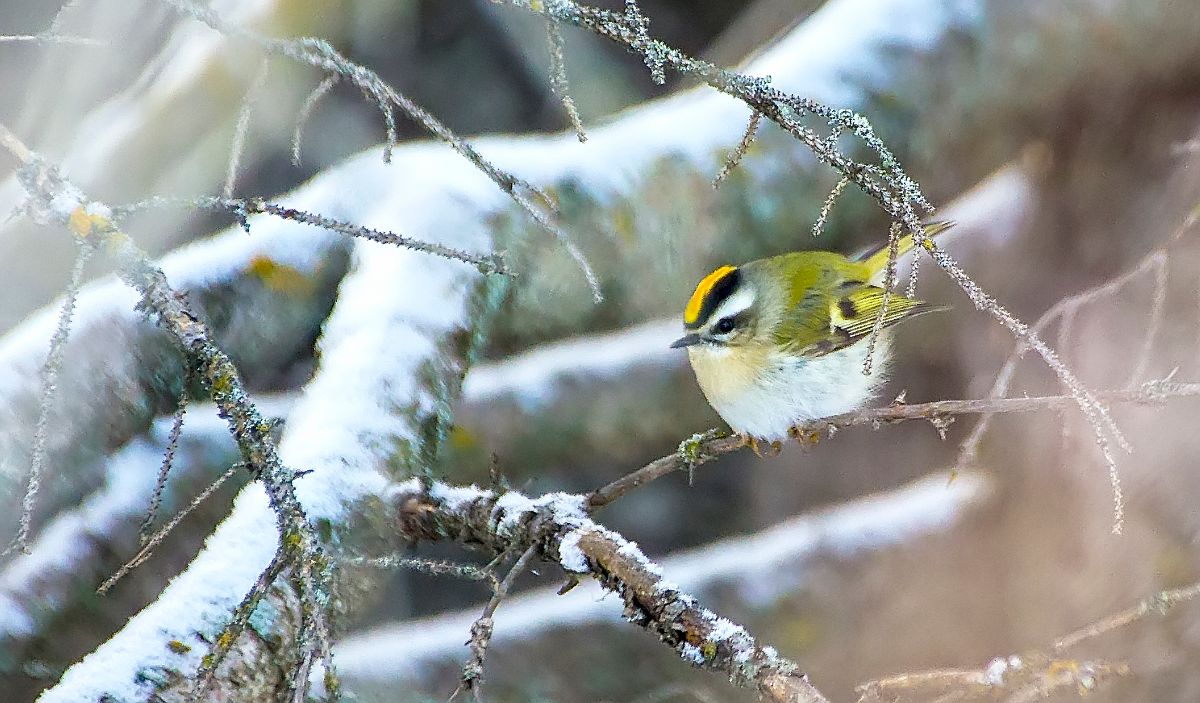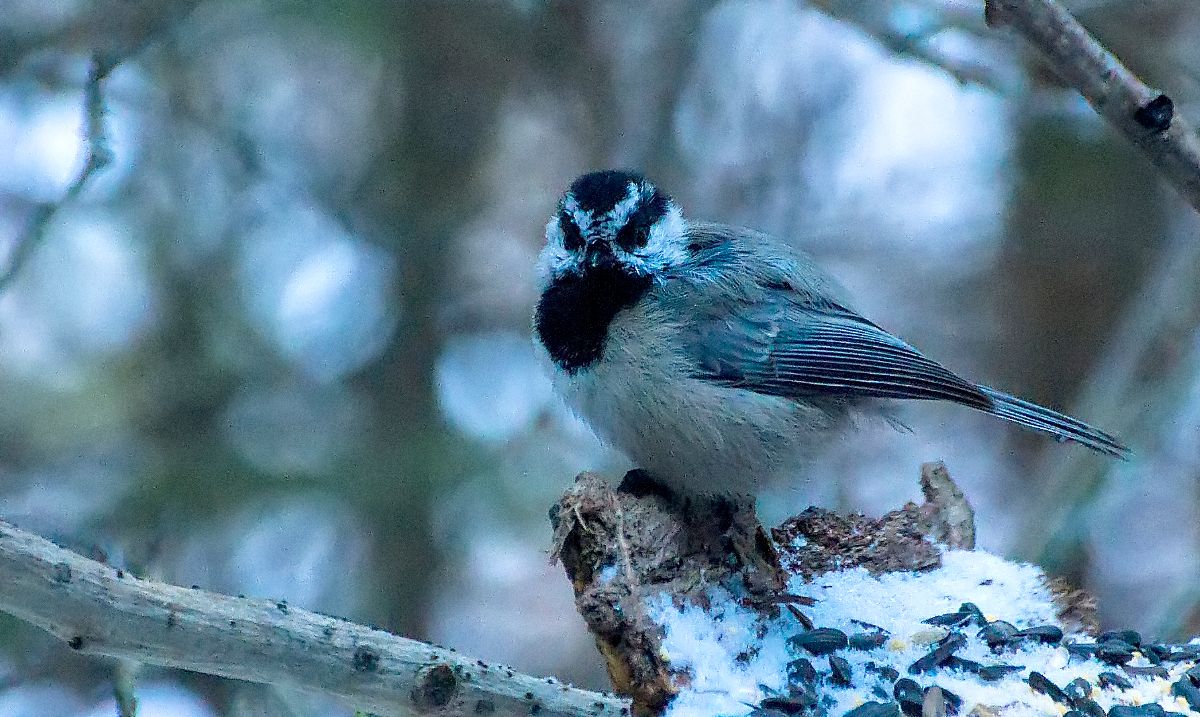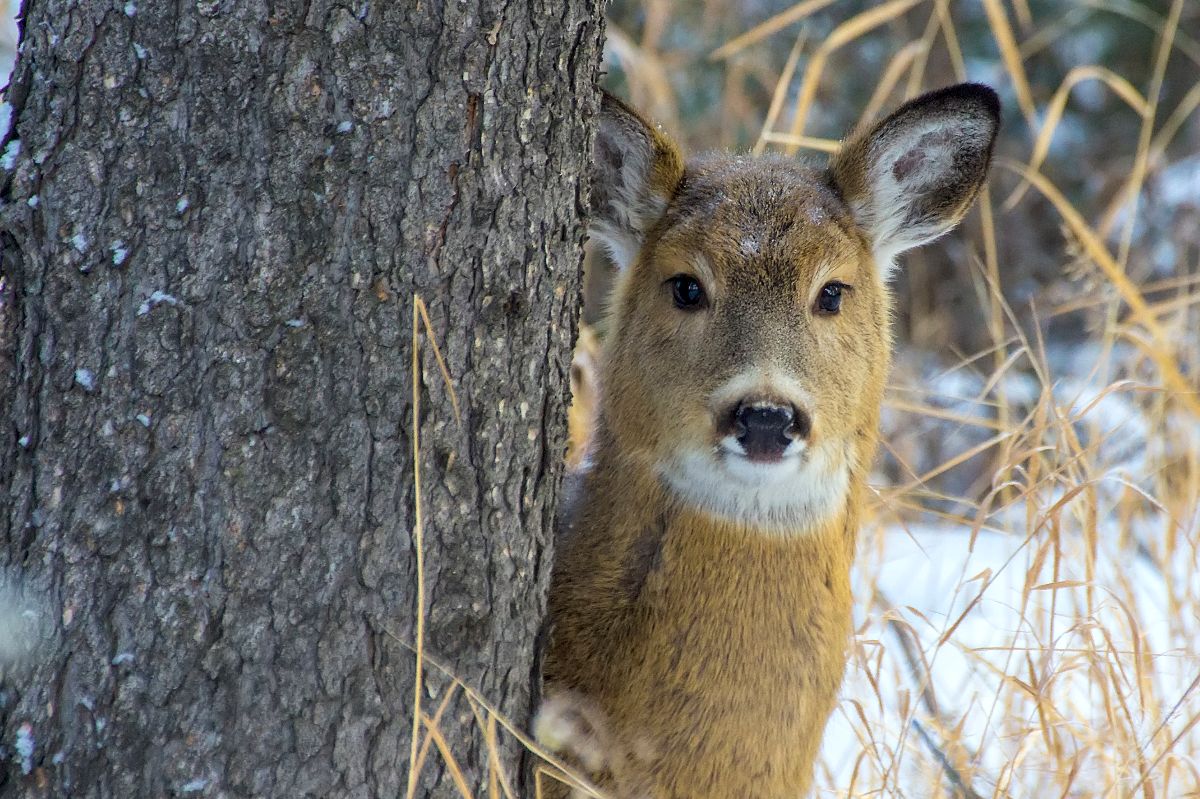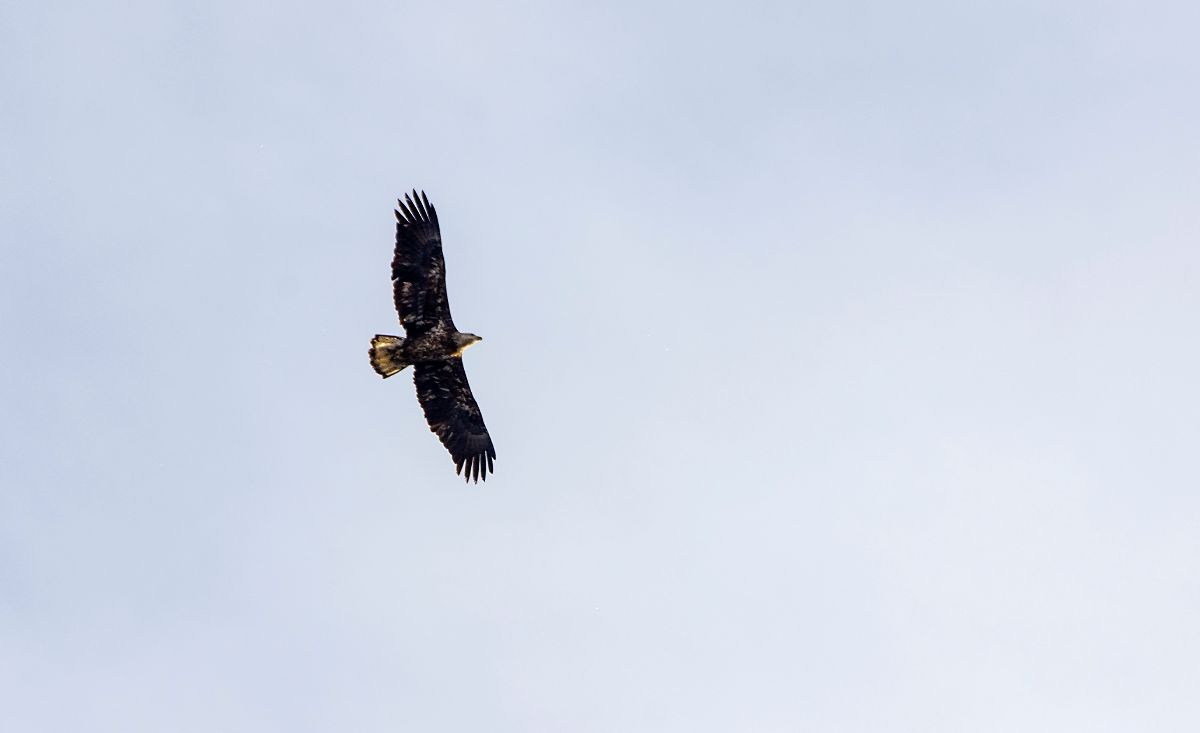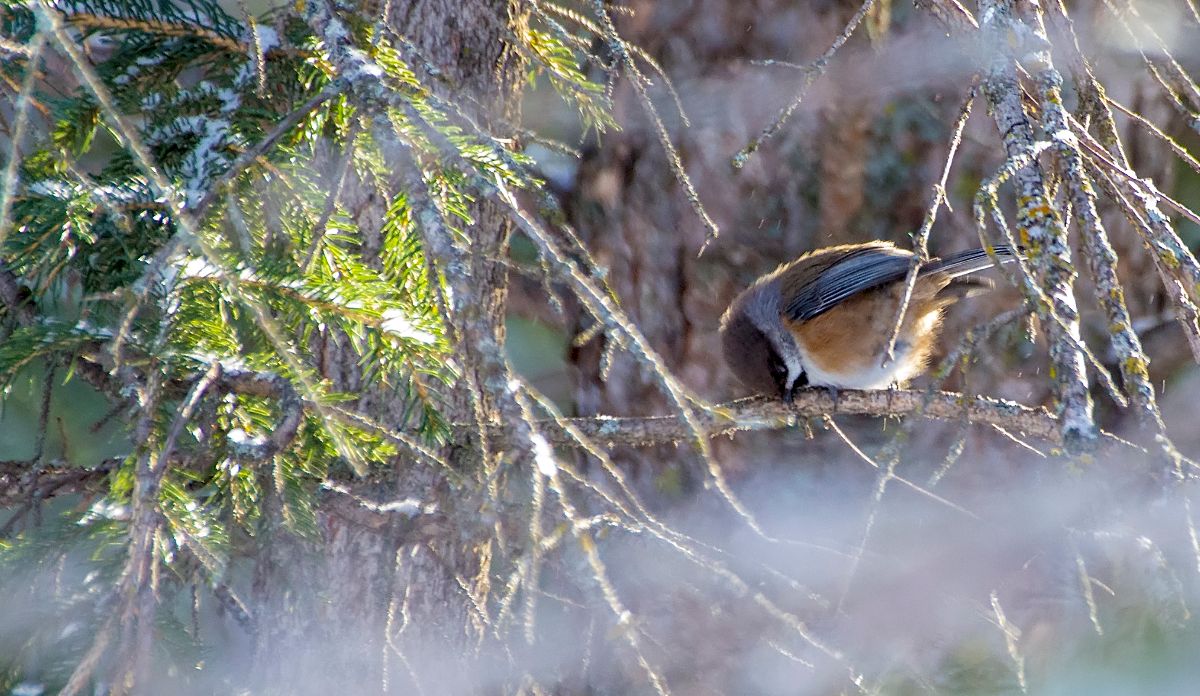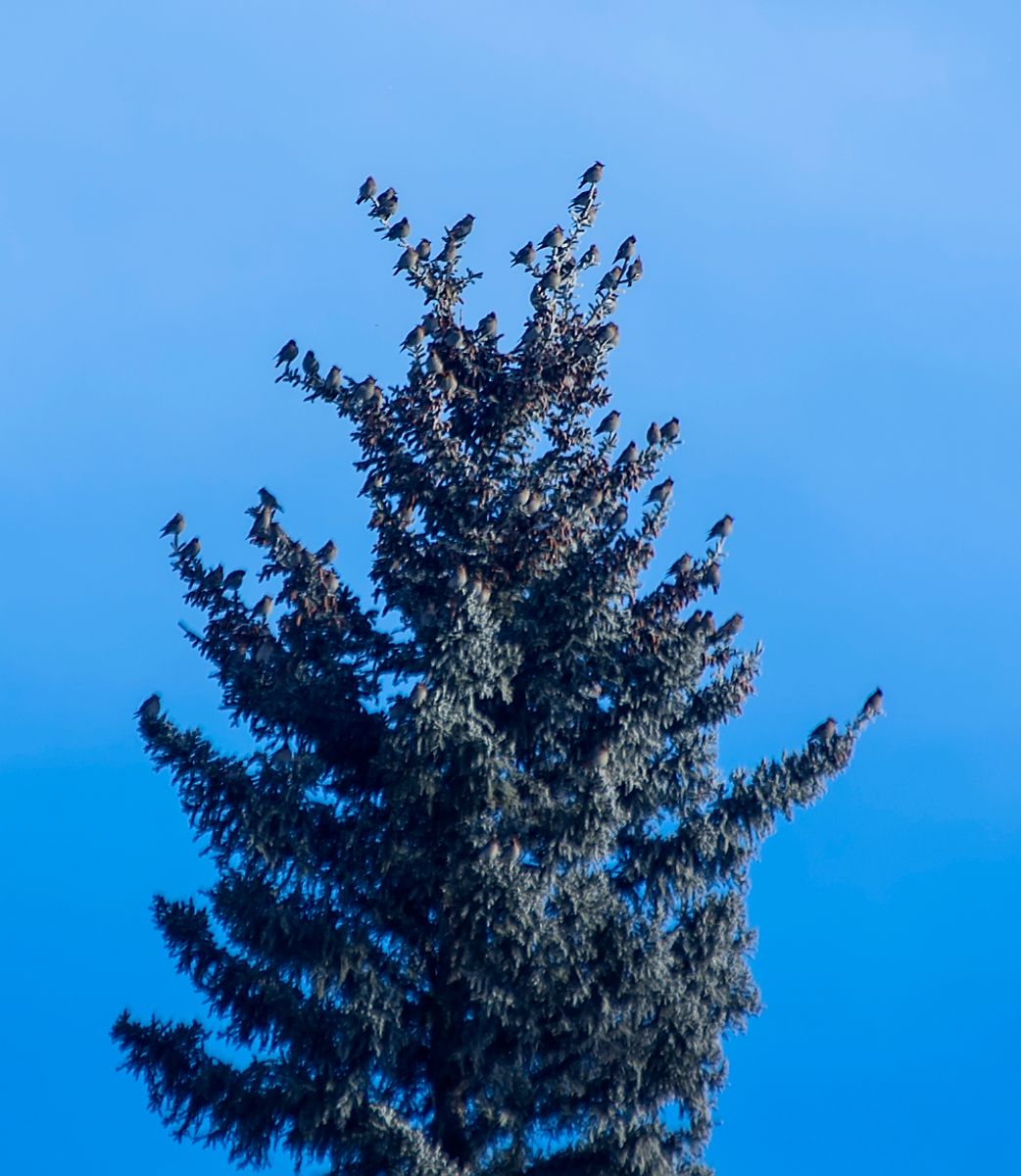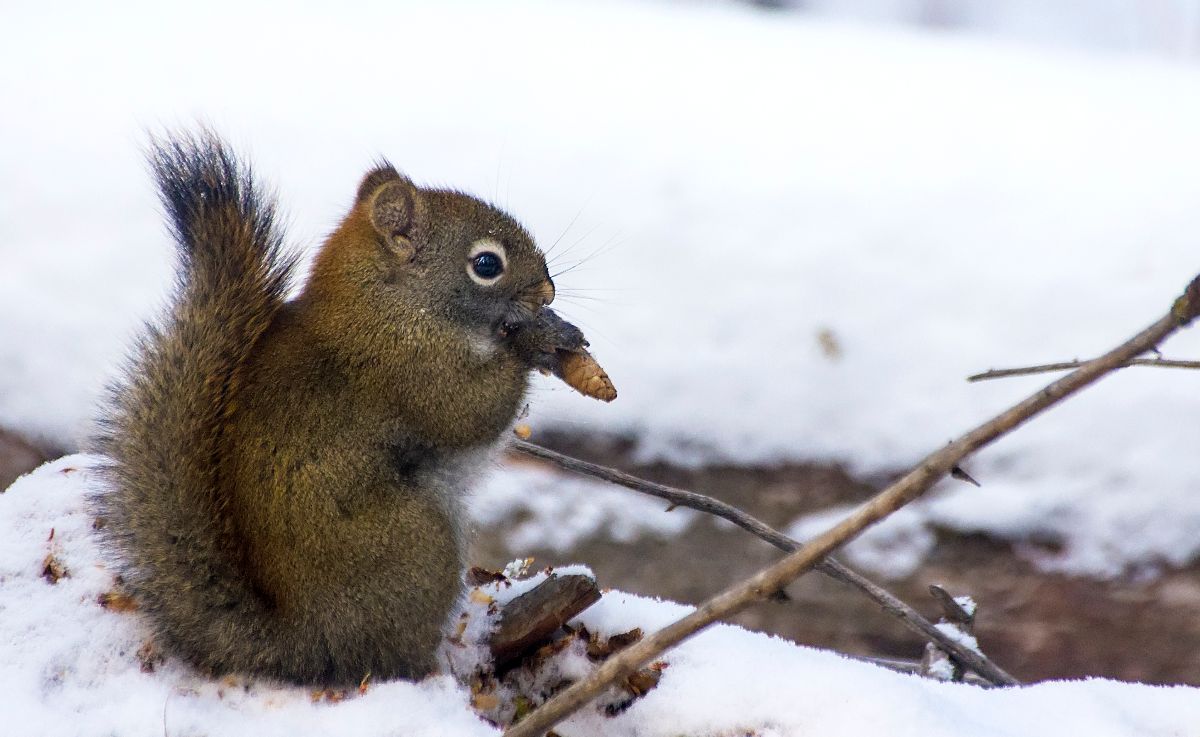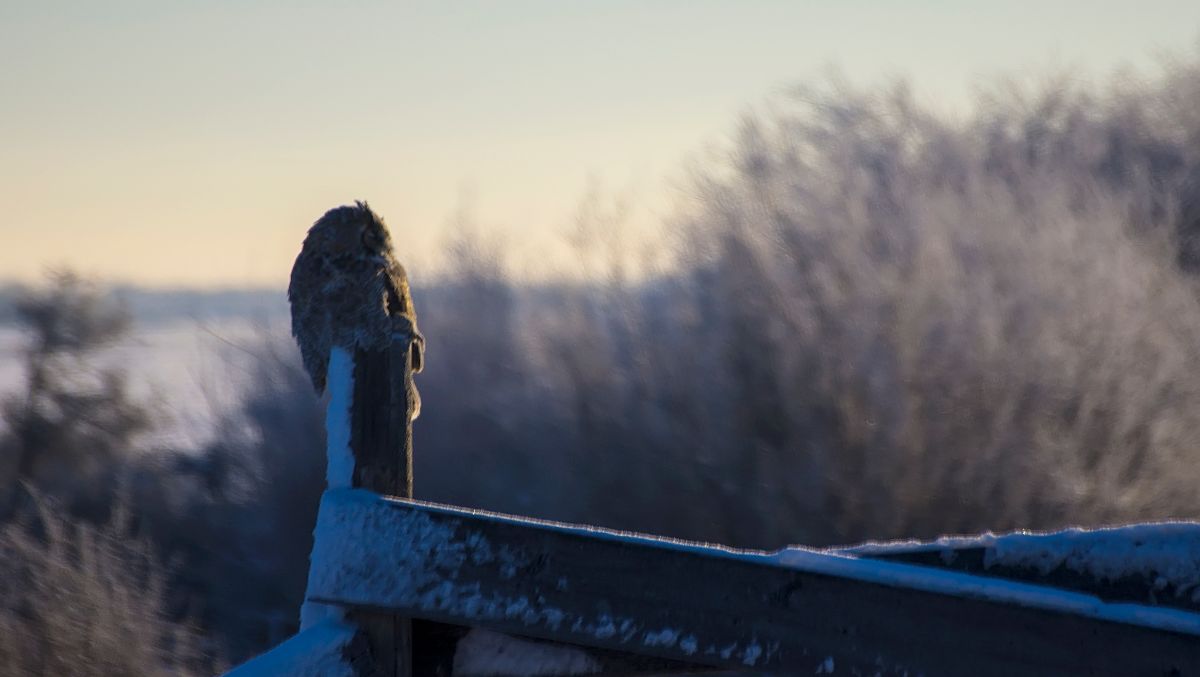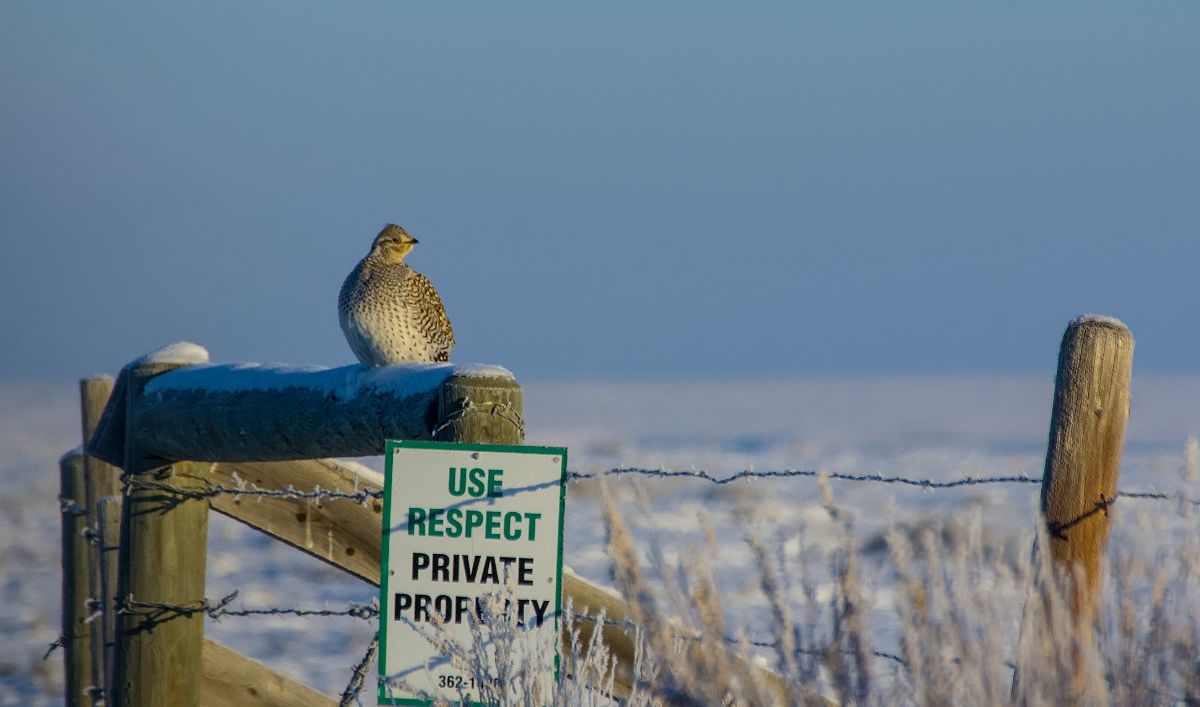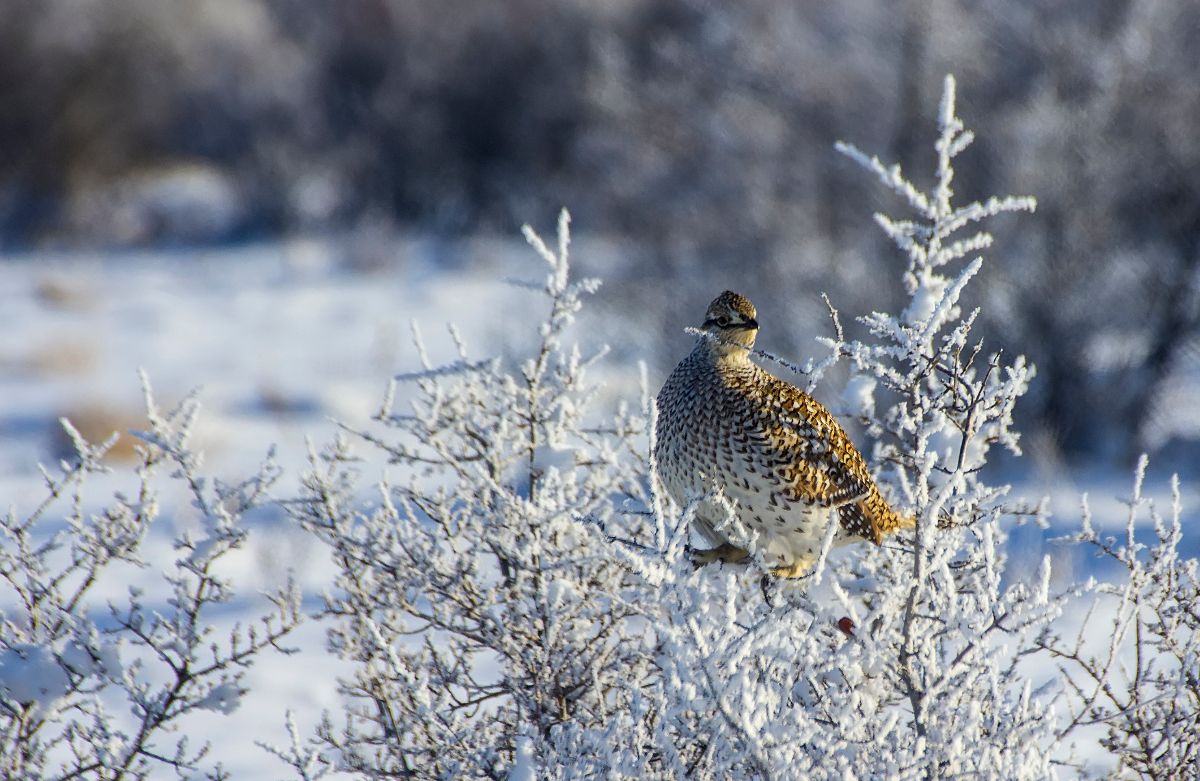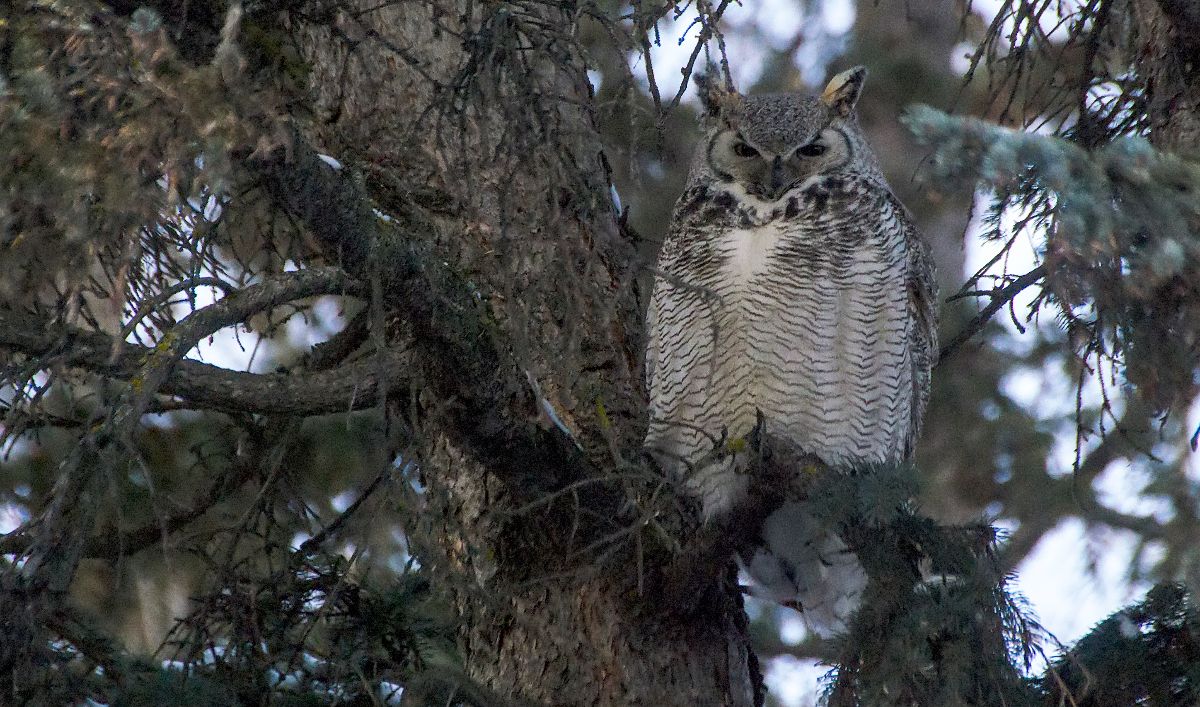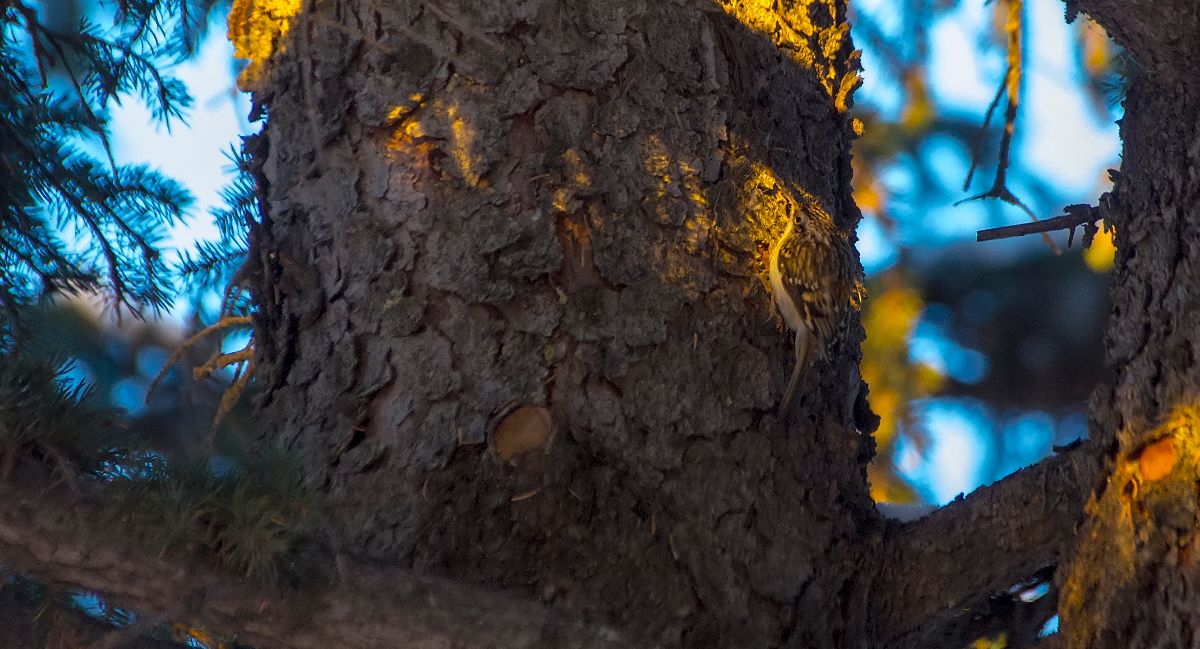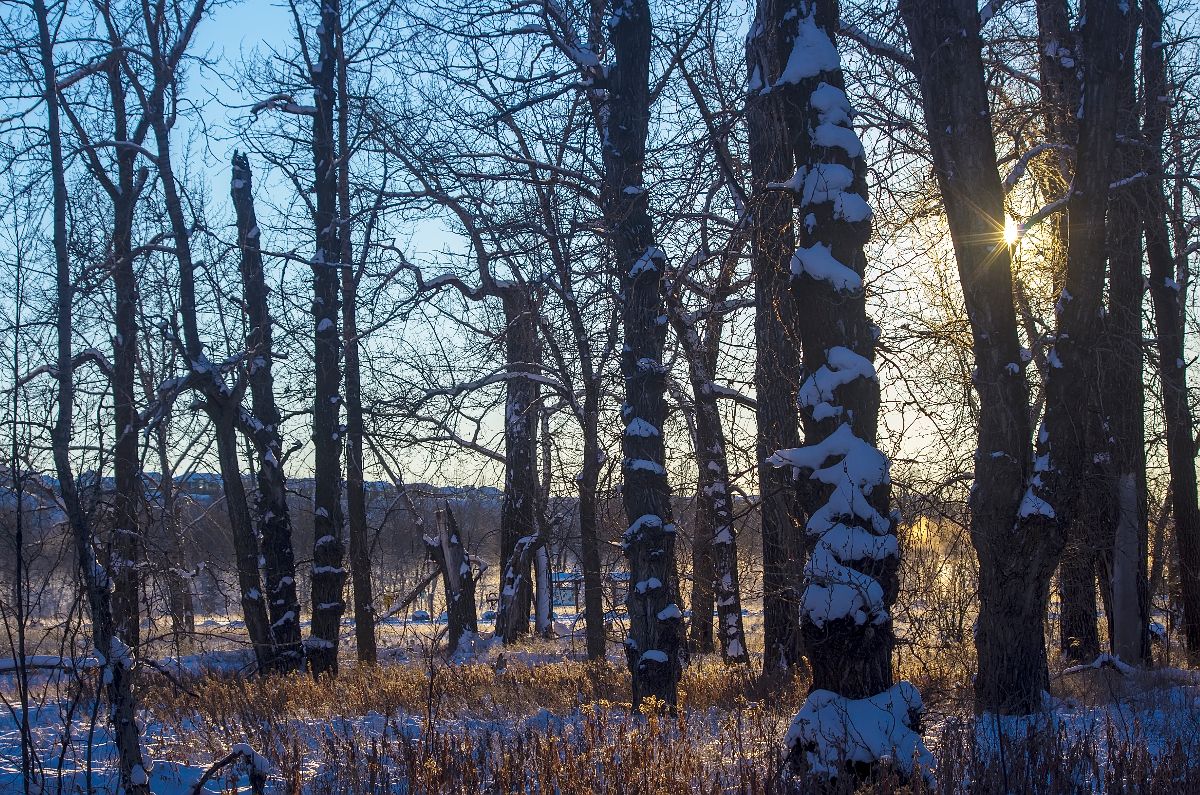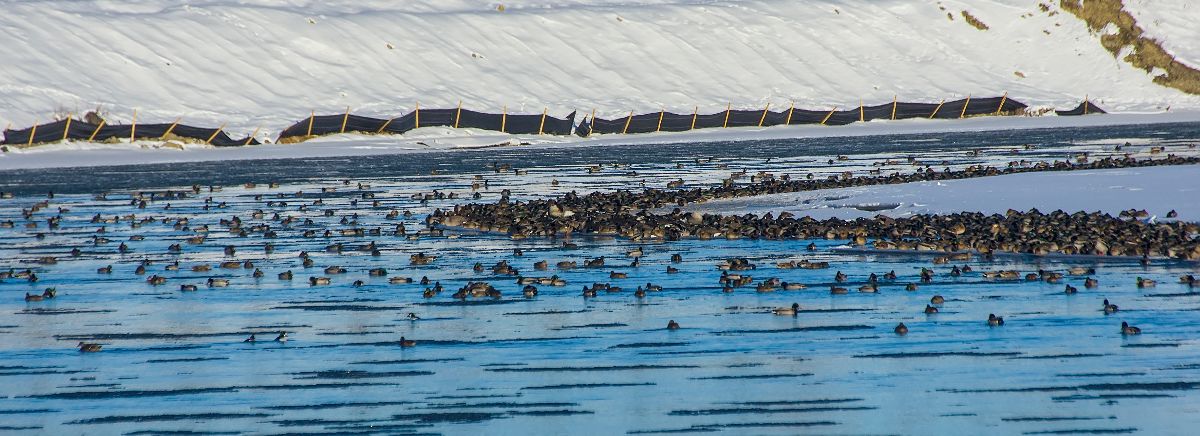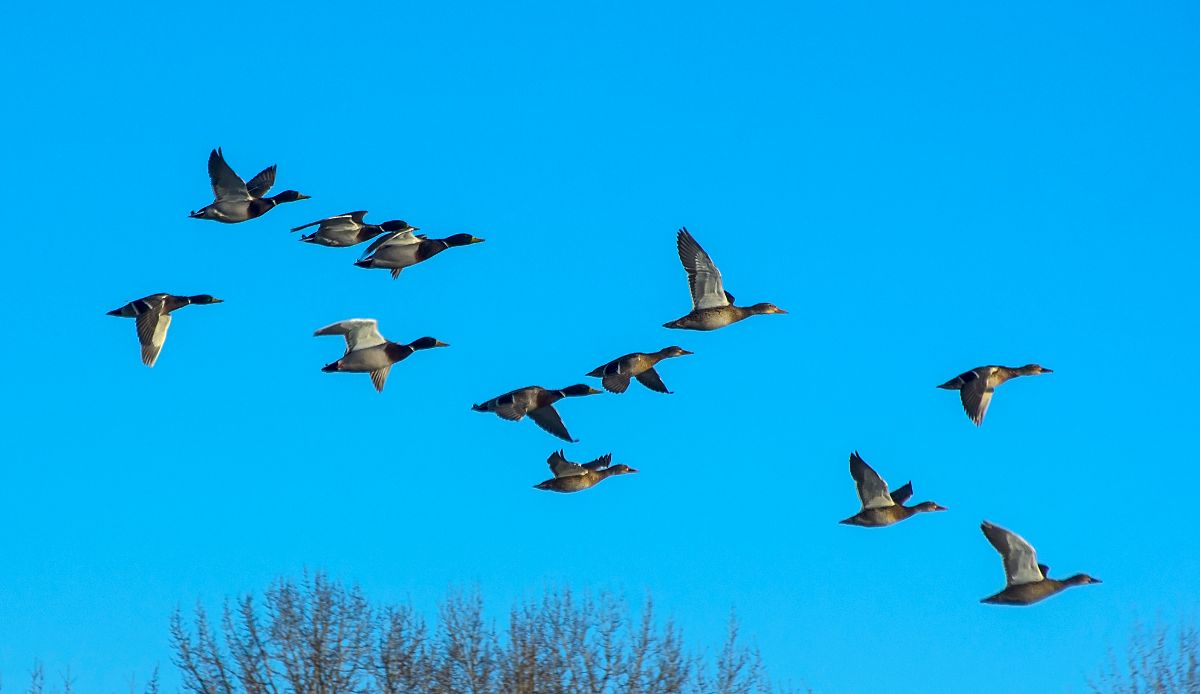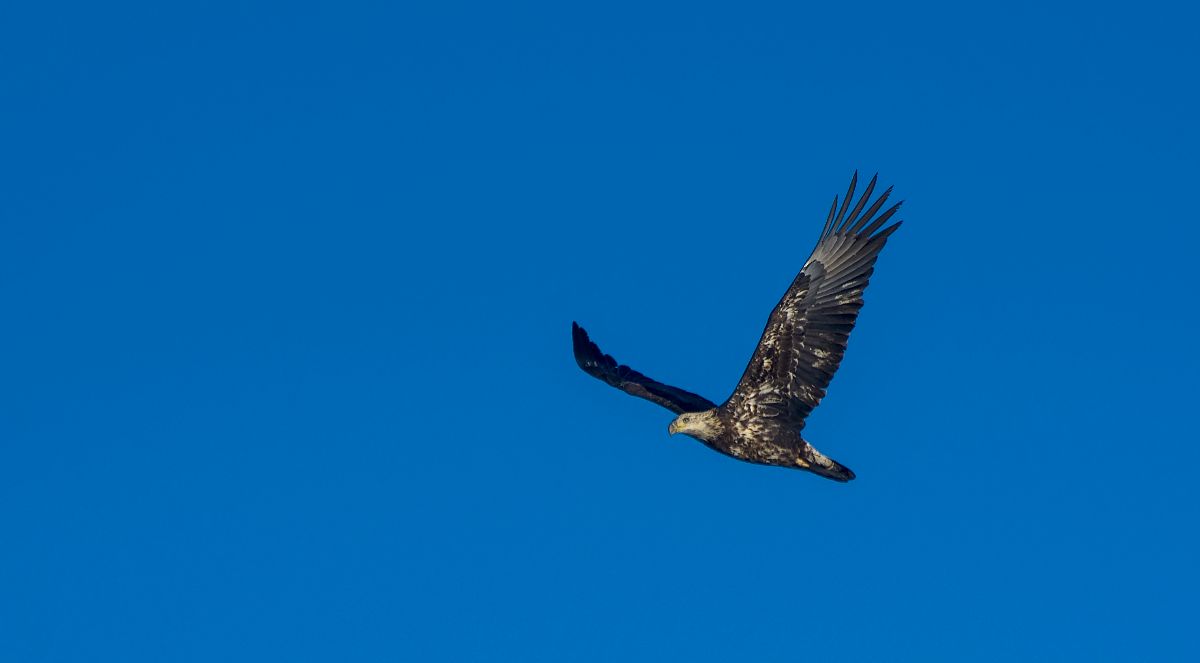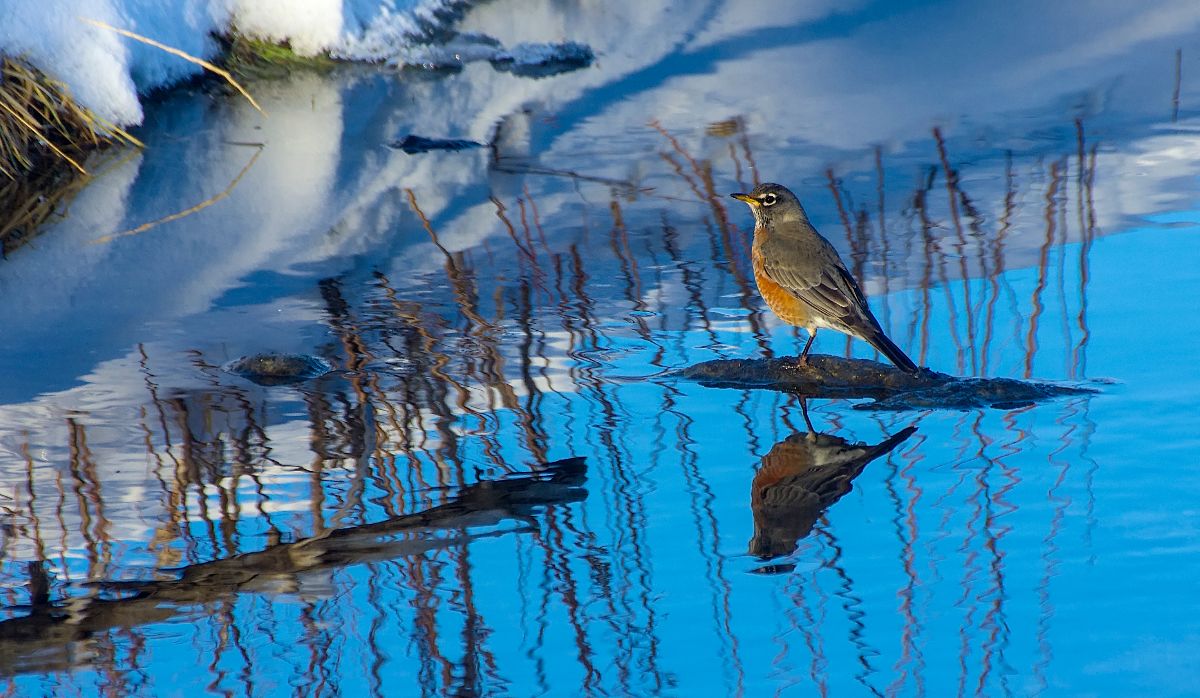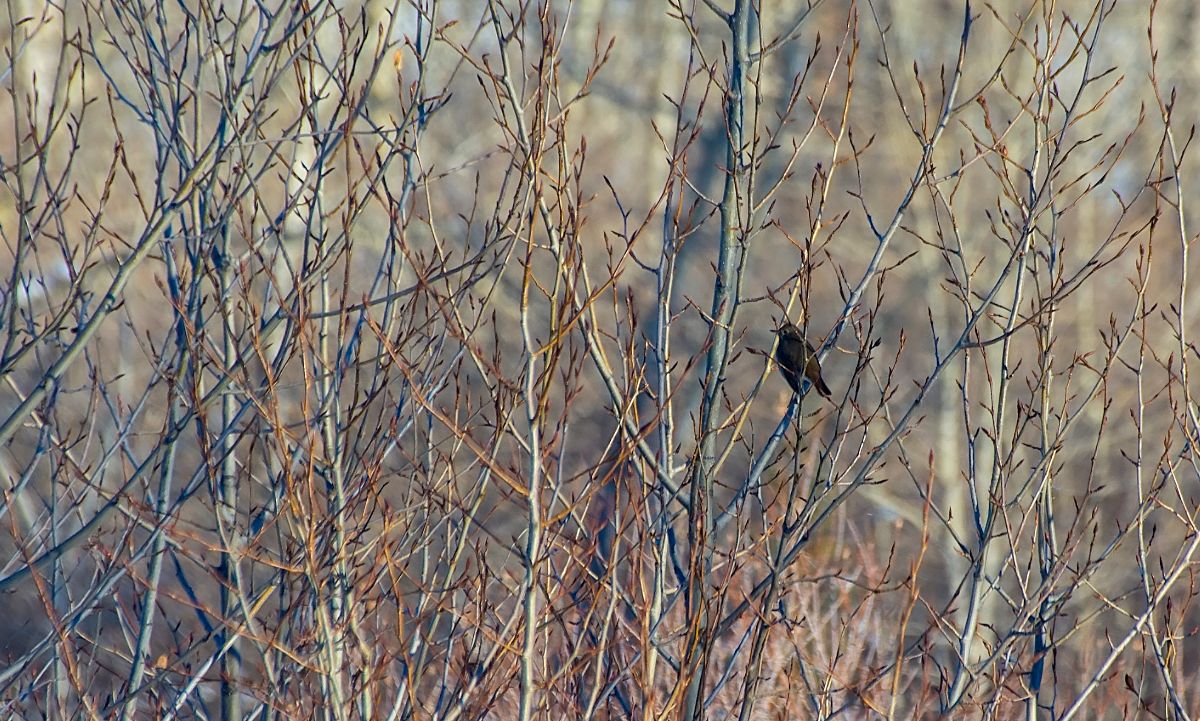Posted by Dan Arndt
Our outing on February 28 took us to the area surrounding Fish Creek Provincial Park’s headquarters and administration building, and then down near Sikome Lake. Our main goal was to find two pairs of resident Great Horned Owls, but also to check some of the ponds and the river for newly arrived waterfowl, and we weren’t disappointed!
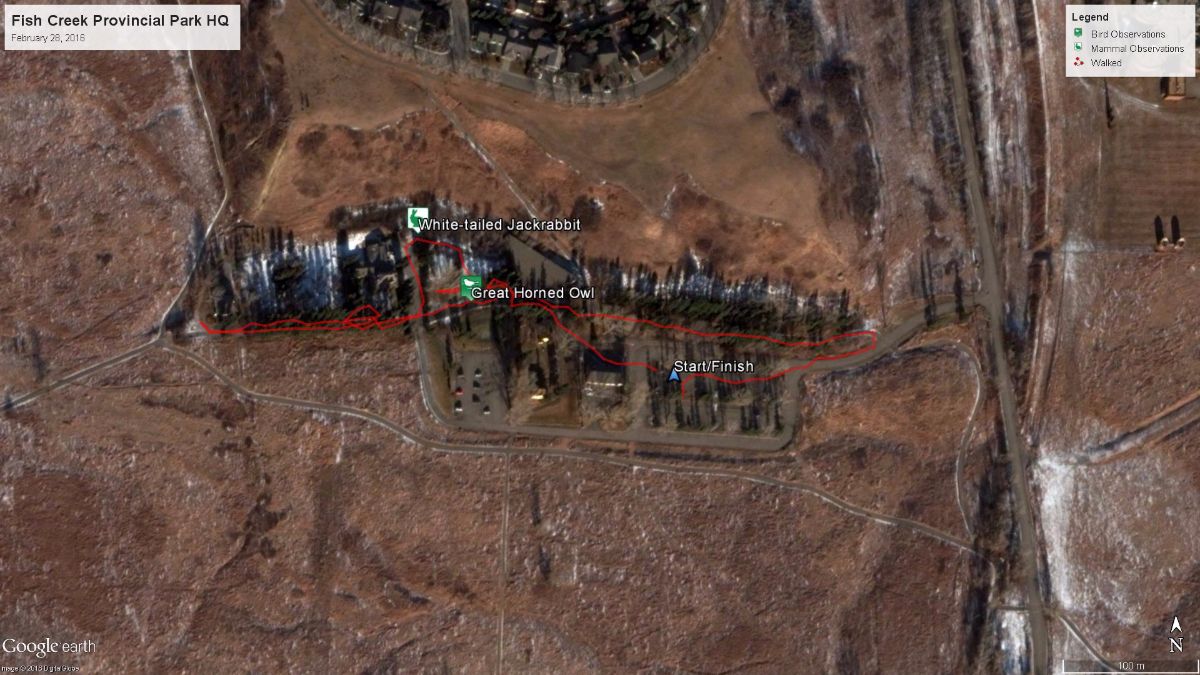
Fish Creek Provincial Park HQ – February 28, 2016
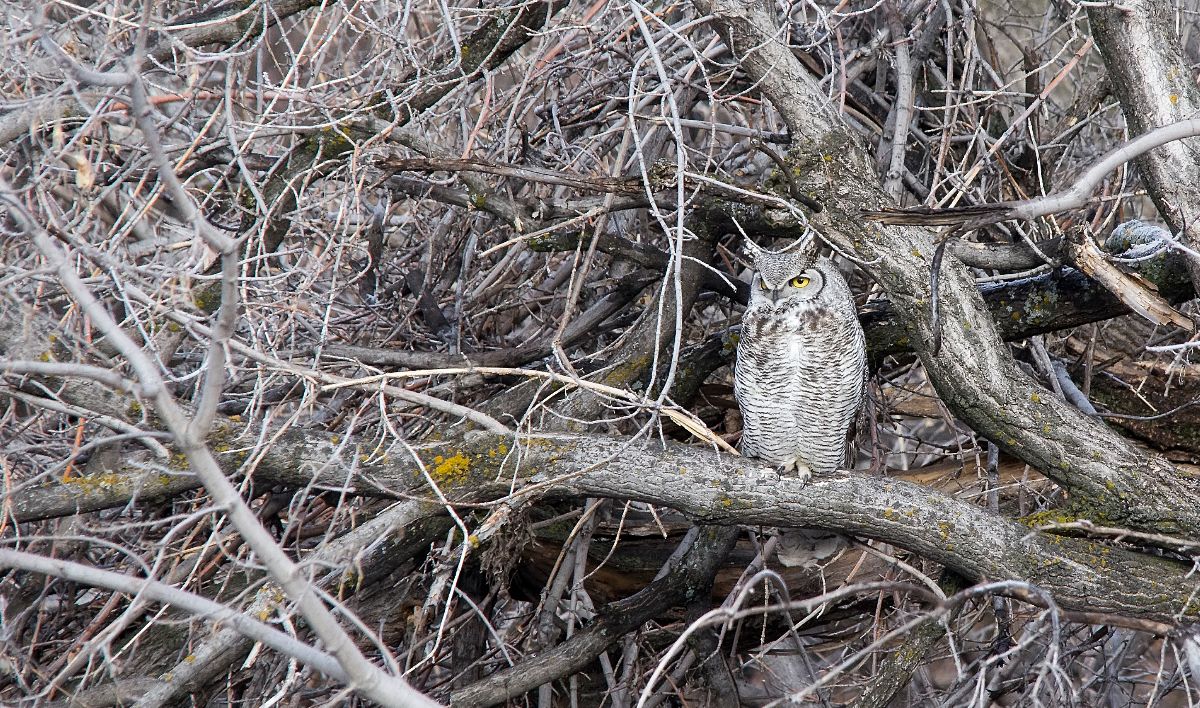
Great Horned Owl (male)
[exif id=”15402″]
Our brief walk around the headquarters led us to flush a male Great Horned Owl from the spruce trees, where he perched right out in the sun on some low willows. This is likely the male from the pair that roost here all winter long, and his mate is certainly somewhere nearby!
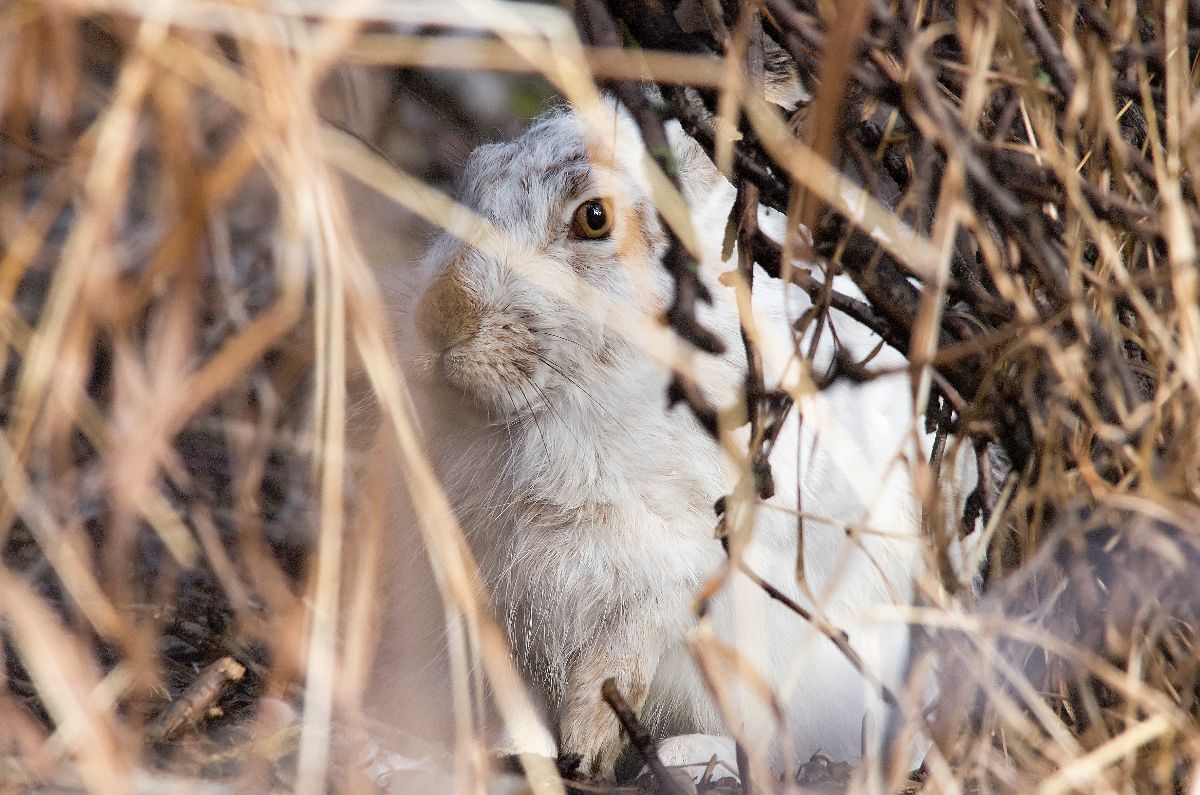
White-tailed Jackrabbit
[exif id=”15403″]
We headed down the pathway to the west with little to see or hear, and on our return trip we headed over to the brush near where the owl had flushed to only to find a pair of White-tailed Jackrabbits doing their best to stay completely still. They’ve had a rough winter staying camouflaged, with very little snow for much of the season, and now that they’re starting to turn brown, the snow we’ll be getting with our usual spring squalls will be just as difficult on them.
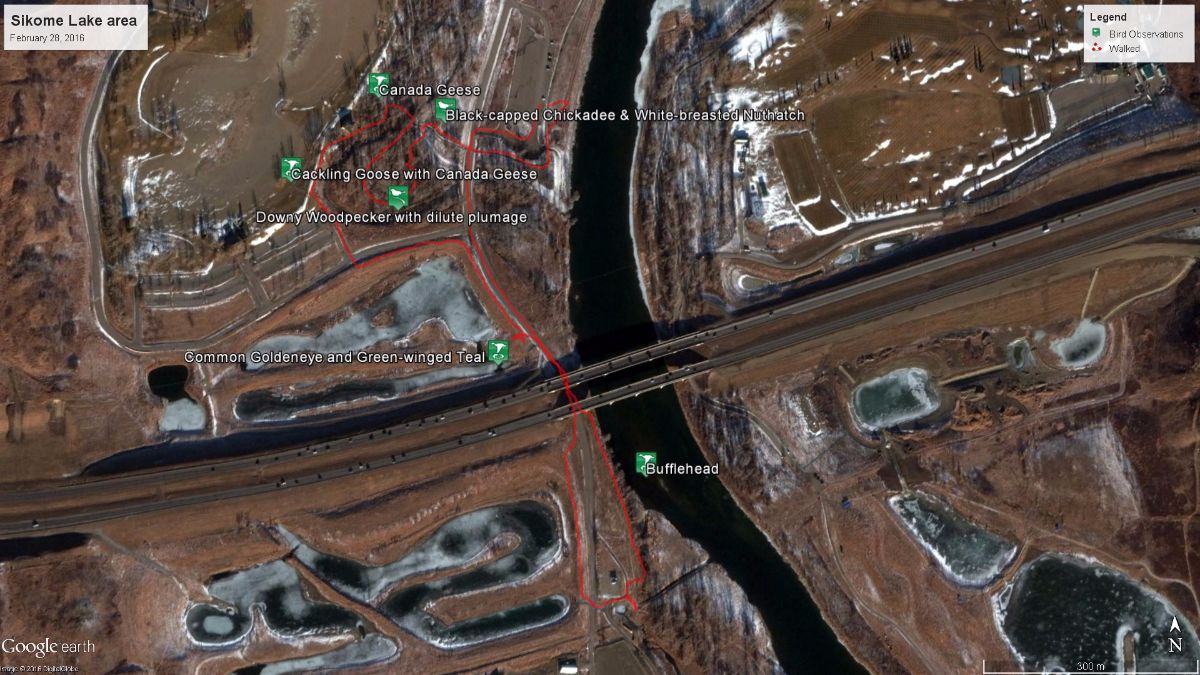
Sikome Lake area – February 28, 2016
After parking near the boat launch and checking the river, we turned up next to nothing nearby. The well above seasonal temperatures had boaters and fishermen up and down the river long before we arrived, so much of the waterfowl had already flown off.
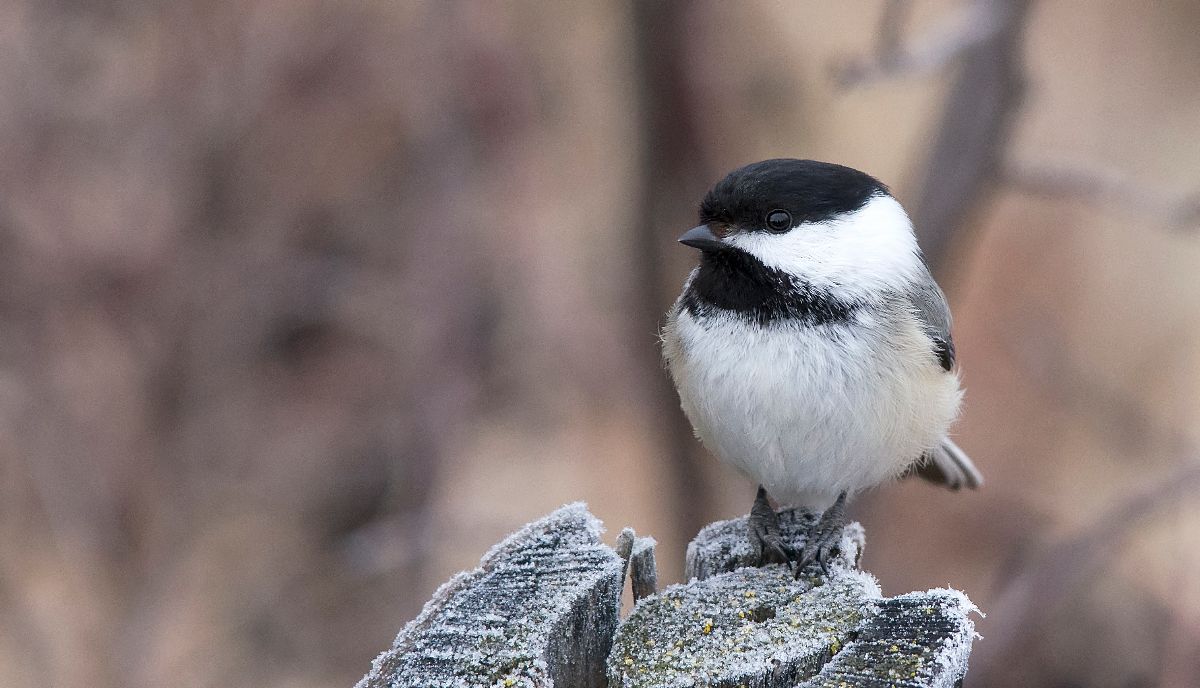
Black-capped Chickadee
[exif id=”15404″]
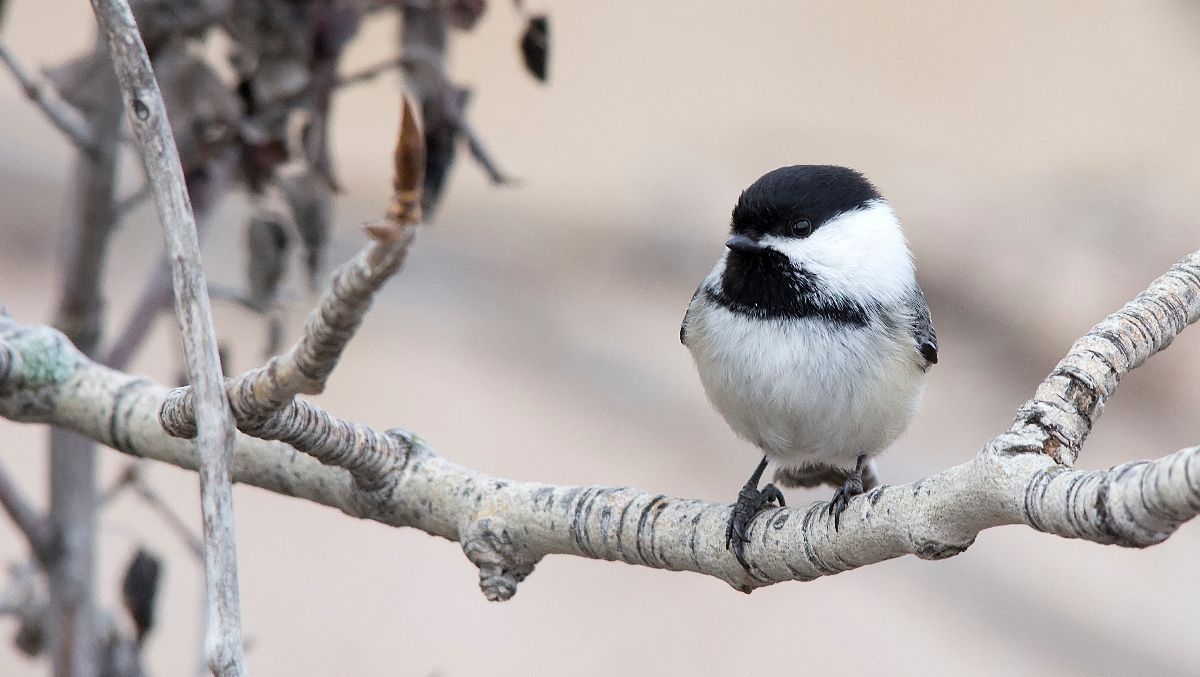
Black-capped Chickadee
[exif id=”15405″]
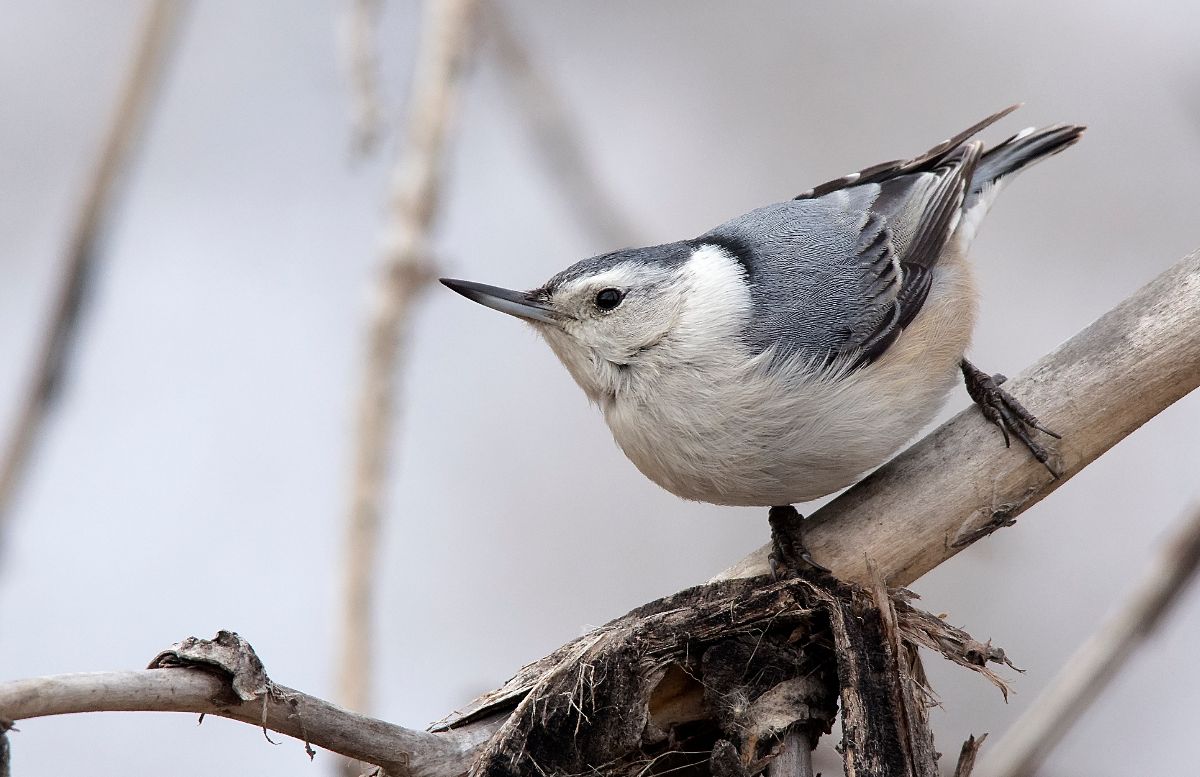
White-breasted Nuthatch
[exif id=”15405″]
Leave it to the chickadees and nuthatches to brighten up the day! As we crossed the road to take a closer look for another well known pair of owls, we found a small mixed flock of birds foraging in the low brush, and they were more than happy to pose nicely for us all to get a good look at them.
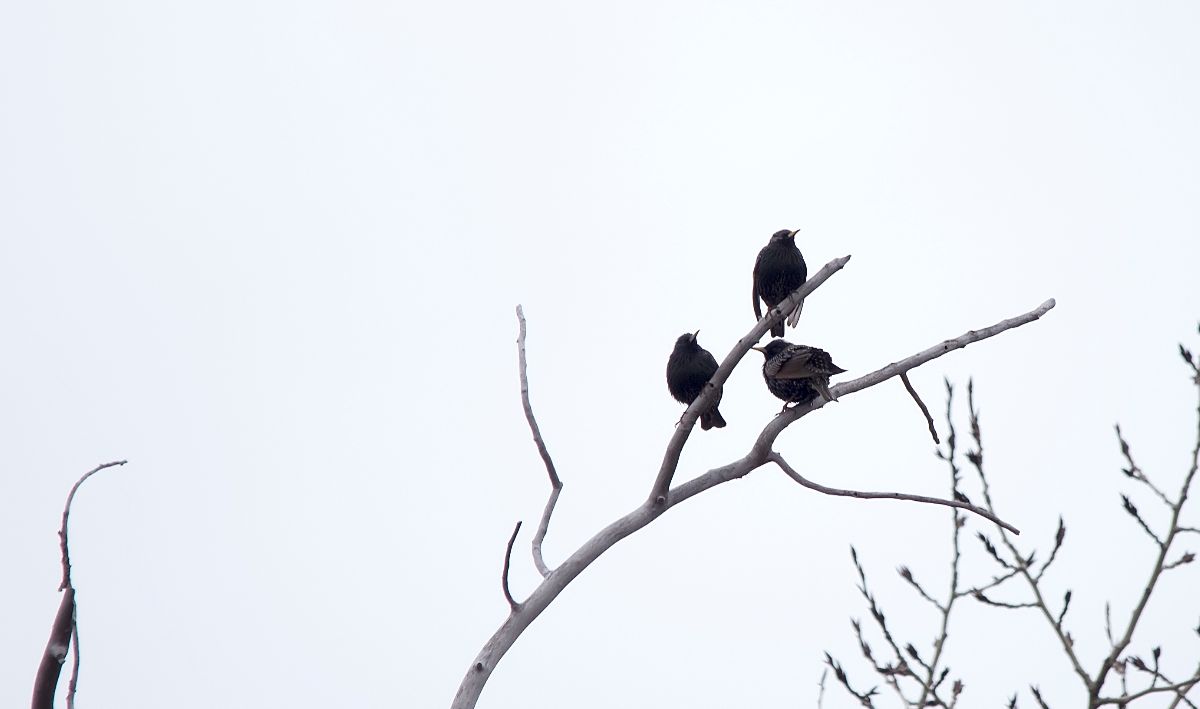
European Starlings
[exif id=”15410″]
While there are often a few European Starlings that can be found in this area all winter long, there were nearly thirty of them inspecting cavities, calling, and doing their best impersonations of Red-tailed Hawks, Sora, Killdeer, and a number of other birds all morning long.
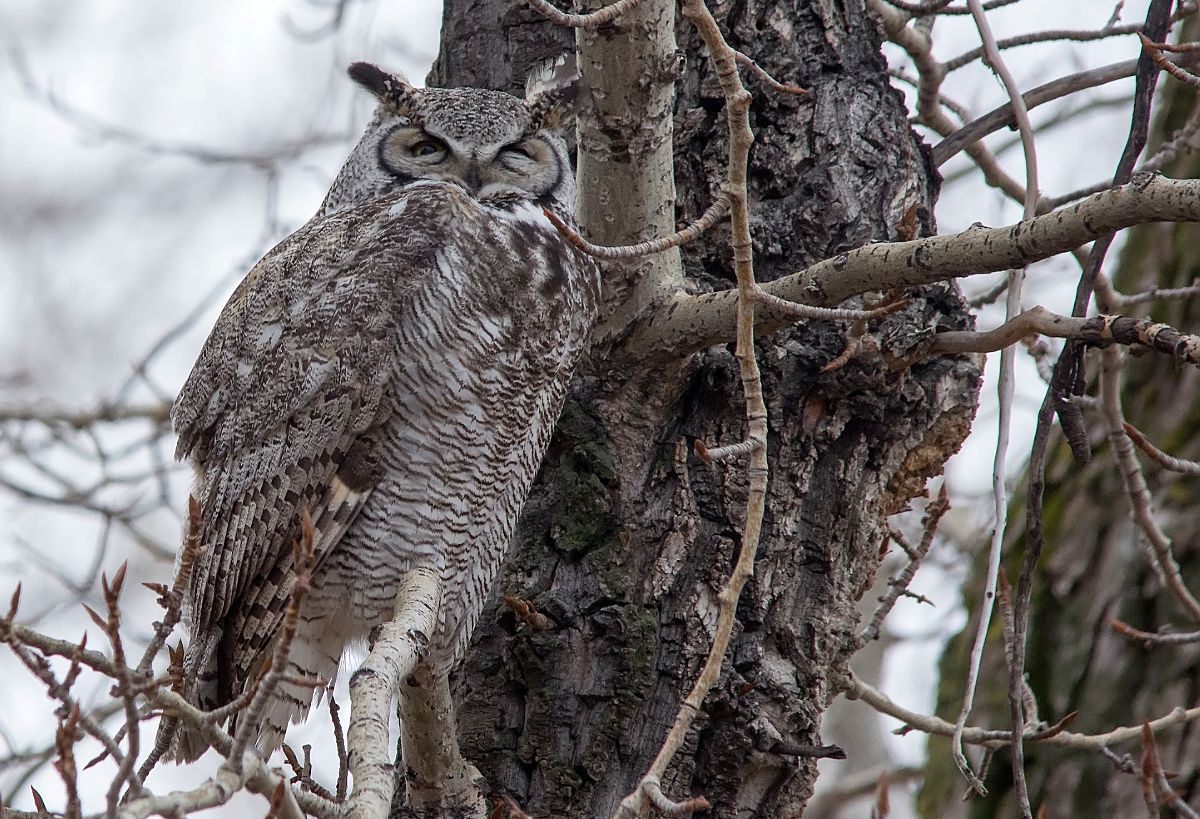
Great Horned Owl
[exif id=”15408″]
We found the new mate of the female Great Horned Owl guarding the nest in a little more open area than her past mate usually sat, but I have no doubt that he’s got just as good an eye on mom and the eggs. Given that this was three weeks ago, it won’t be much more than another week or two before they begin to hatch.
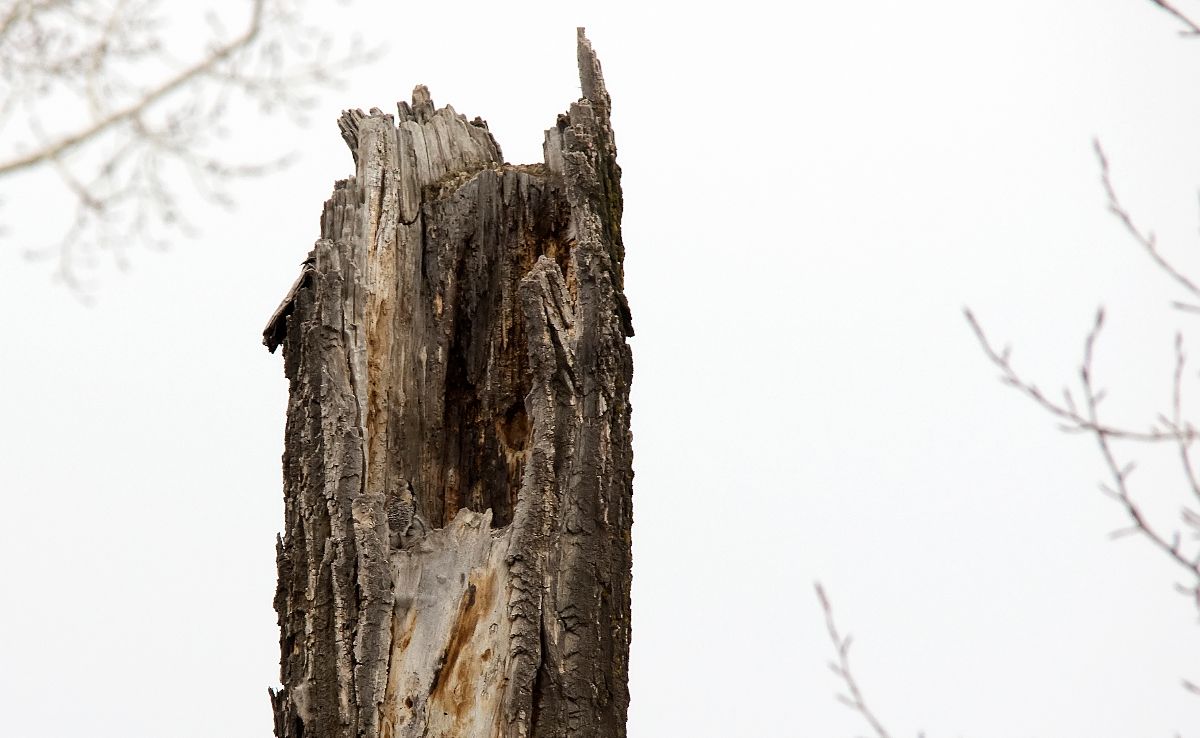
female Great Horned Owl
[exif id=”15407″]
You can barely see her in the corner of the nest here, but that’s just their natural camouflage at work!
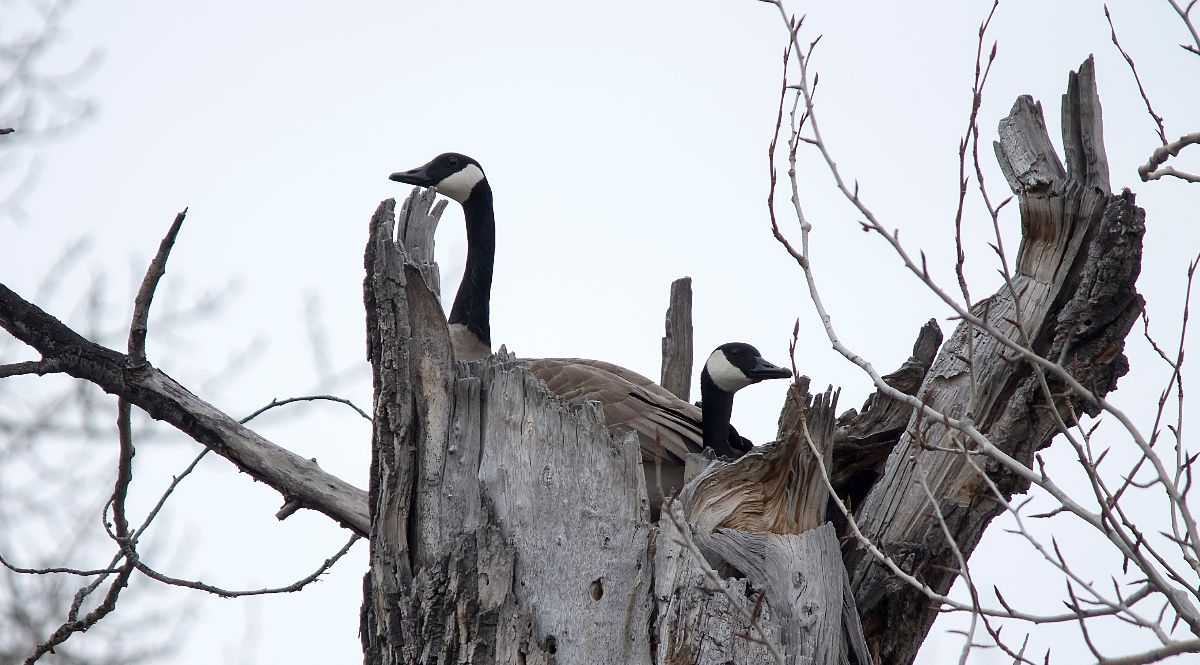
Canada Geese on nest
[exif id=”15411″]
It wasn’t just the Great Horned Owls who had decided it was time to get on their nest! This pair of Canada Geese were nesting nearby in a hollowed out tree top that these, or other Canada Geese use every year without fail. It’s always weird to see them nesting so high up, but they know what they’ve been doing it for years!
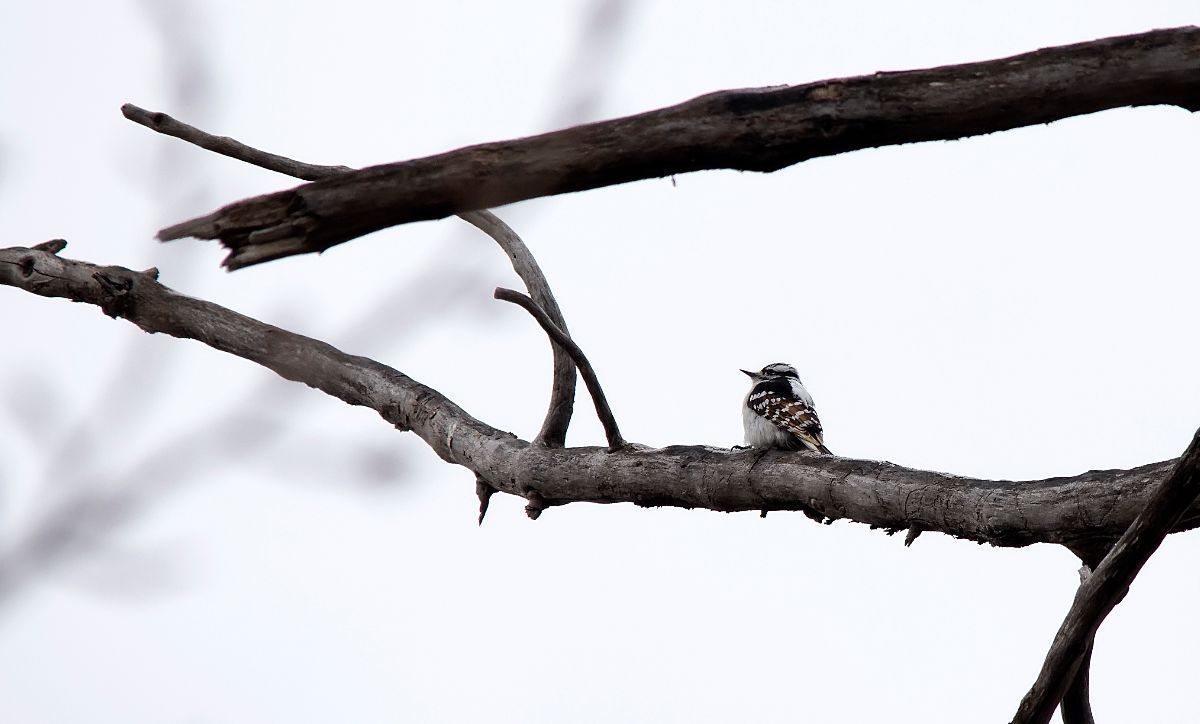
Downy Woodpecker with dilute plumage
[exif id=”15409″]
A couple of the flight feathers of this female Downy Woodpecker that look brown rather than the usual black. This type of plumage variation is known as “dilute plumage”, which is different from both albinism and leucism in that it’s simply a reduction in the normal amount of melanin that is expressed, rather than an entire lack of it. She had been seen there the entire week leading up to our outing, and it looks like she’ll be breeding nearby. It’ll be interesting to see if her offspring have similar plumage as she does!
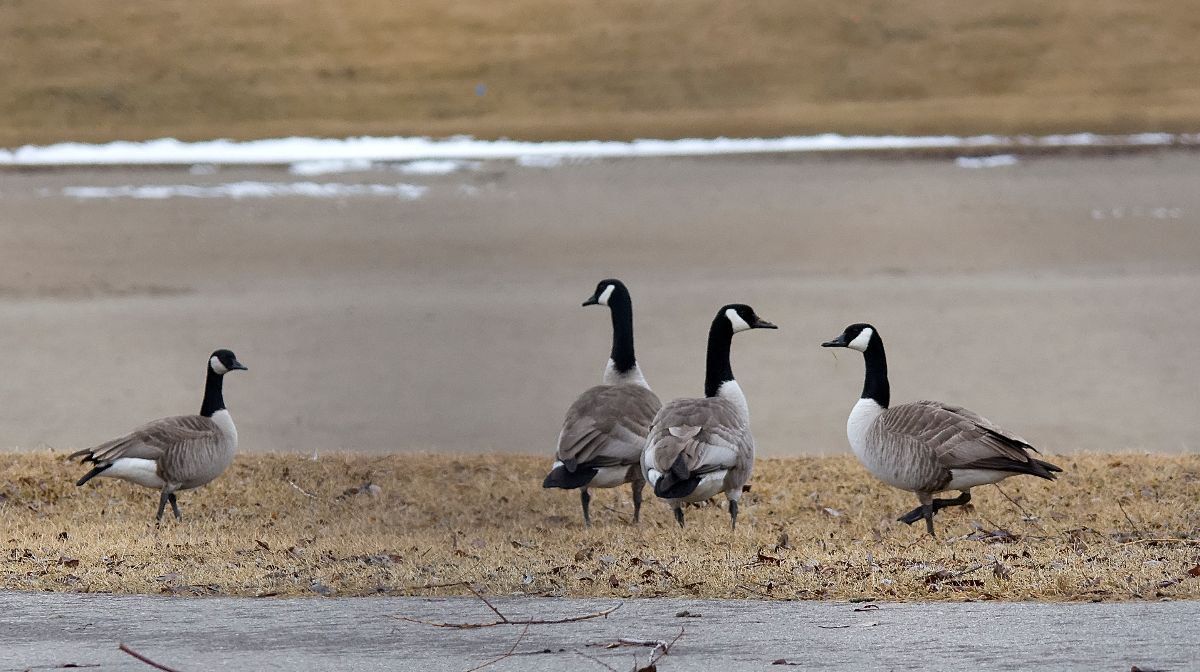
Cackling (left) and Canada Geese (right)
[exif id=”15412″]
With the Canada Geese getting on nests, and actively feeding on the fresh grass shoots all throughout the park, there were huge numbers of them around the edge of Sikome Lake. Whenever there are large numbers of Canada Geese around, it’s always worthwhile to try to scan for Cackling Geese, and we managed to find at least one that day. The bird on the far left has that diagnostic short, triangular bill, very tiny head, short neck, and was much smaller overall than the nearby Canada Geese.
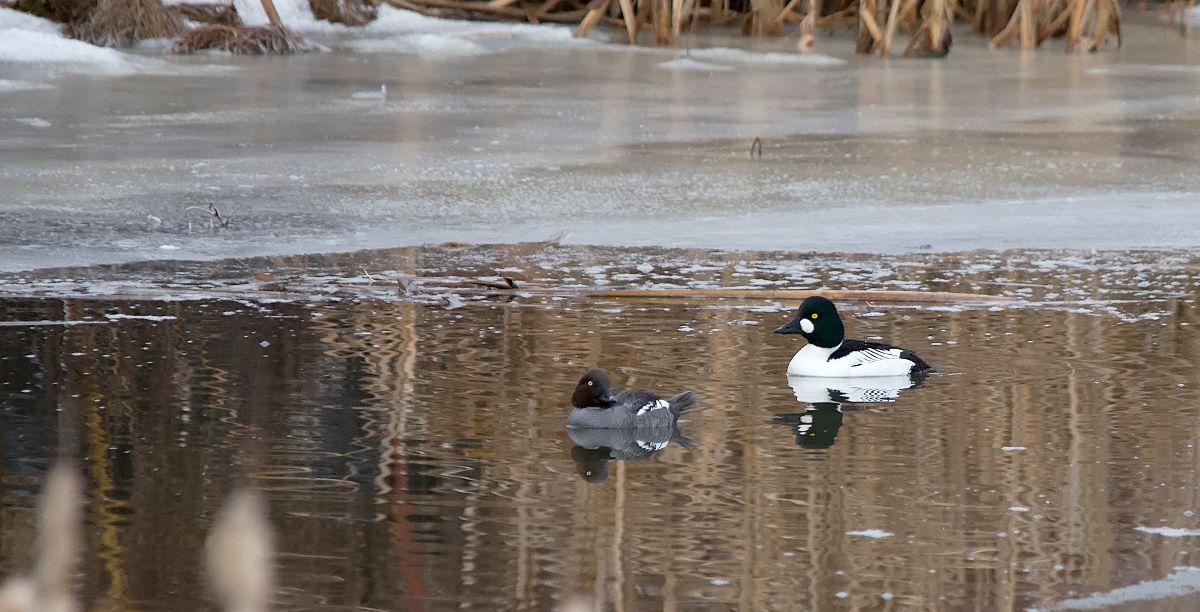
Common Goldeneye
[exif id=”15413″]
These Common Goldeneye were happily paired up in the storm water ponds south of Sikome Lake, and were keeping a sharp eye on us as we watched them. Their numbers have diminished a little bit right along the river, but as more and more small water bodies open up, pairs of them will start showing up at each little pond and slough throughout the province.
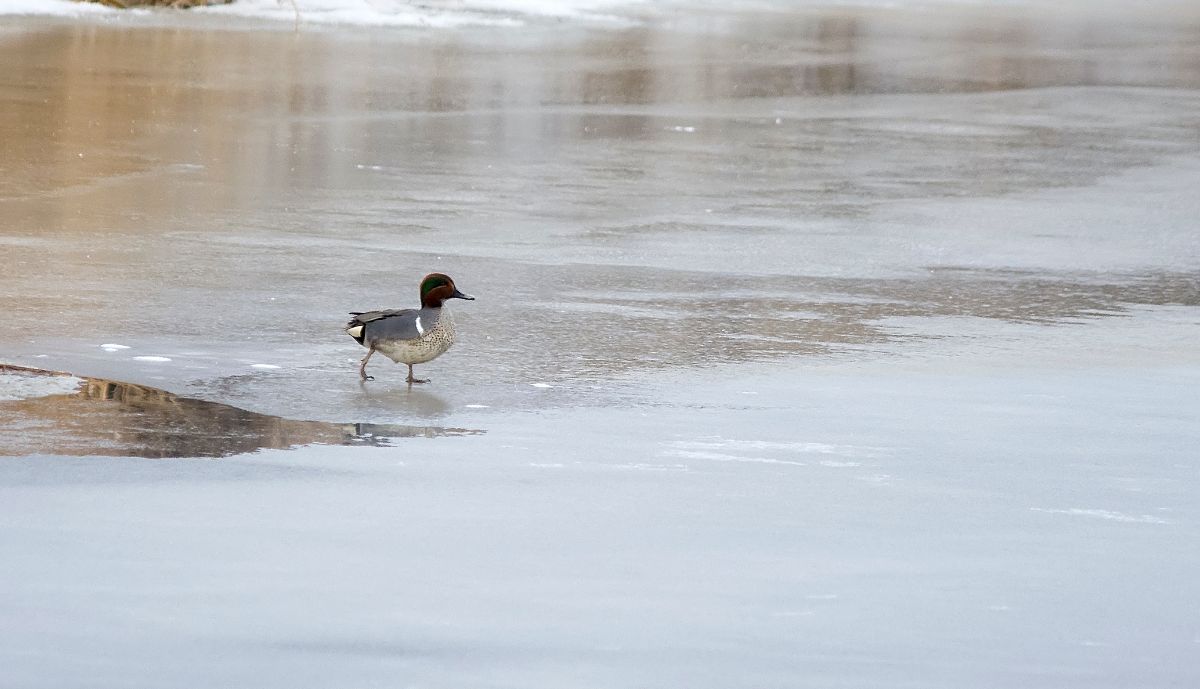
Green-winged Teal
[exif id=”15414″]
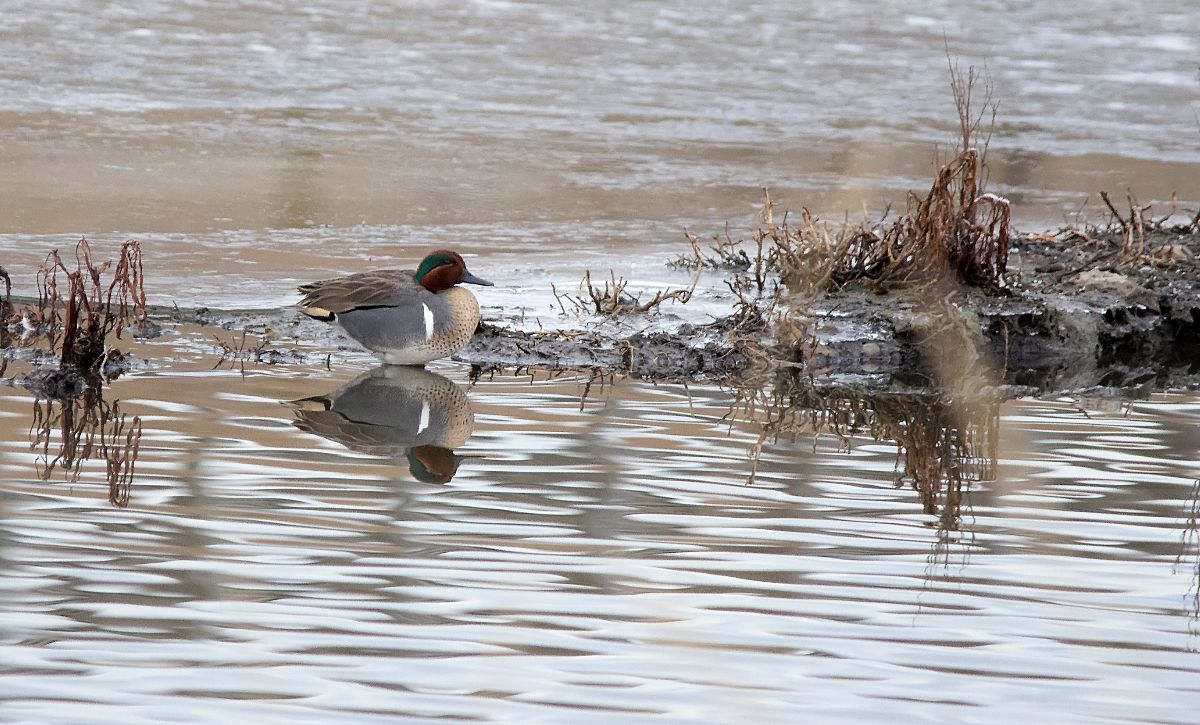
Green-winged Teal
[exif id=”15415″]
There were also a pair of male Green-winged Teal who had also showed up on the small ponds and sat quite nicely for us to watch, and we got very good looks at their beautiful greens, browns and grays in their breeding plumage.
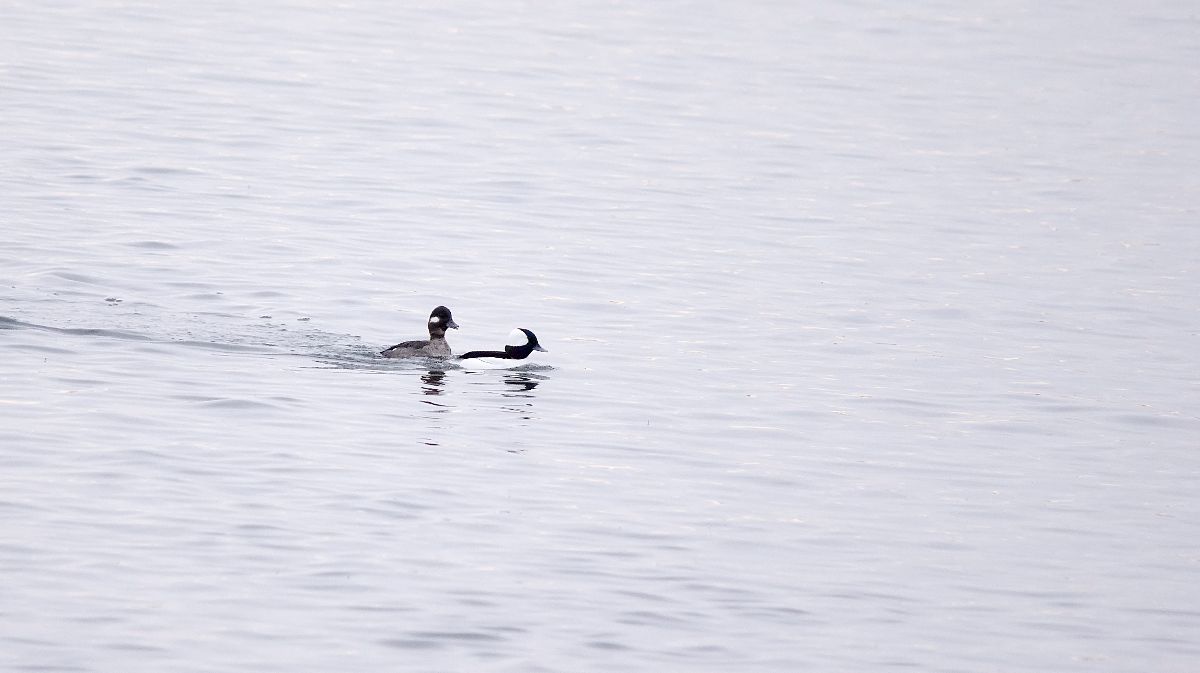
Bufflehead
[exif id=”15416″]
Our last new birds of the day was this pair of Bufflehead, and it seemed that the female of this pair was chasing around her mate, a bit of a role reversal to the usual situation, but they’re always nice to see in the late winter, as they also disperse throughout the prairie potholes to breed and raise their young.
Next week, we’ll cover our outing on March 6 to Mallard Point, with our first gulls of the new year!
Have a great week, and good birding!
